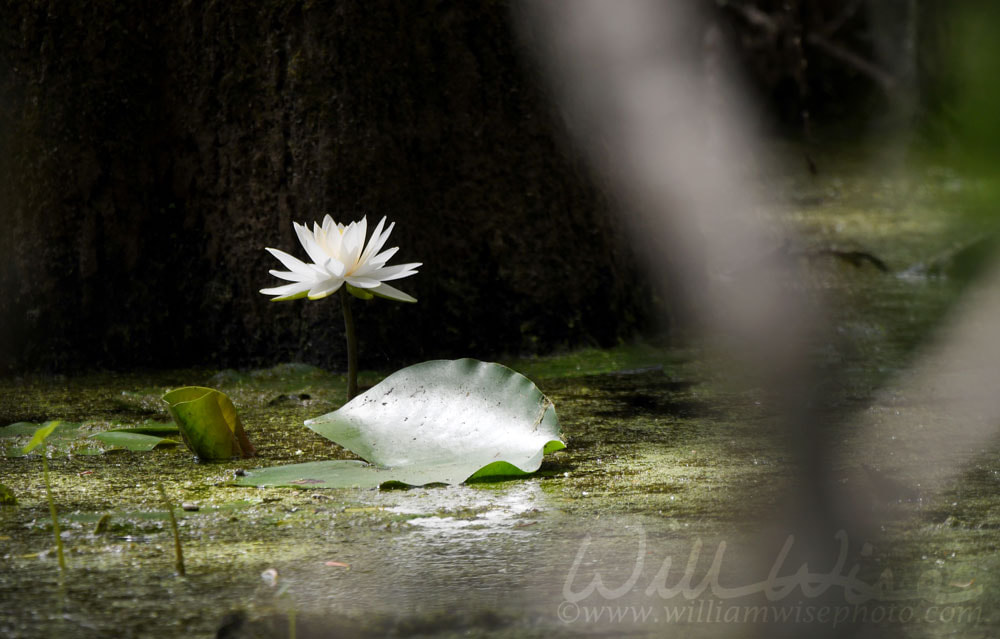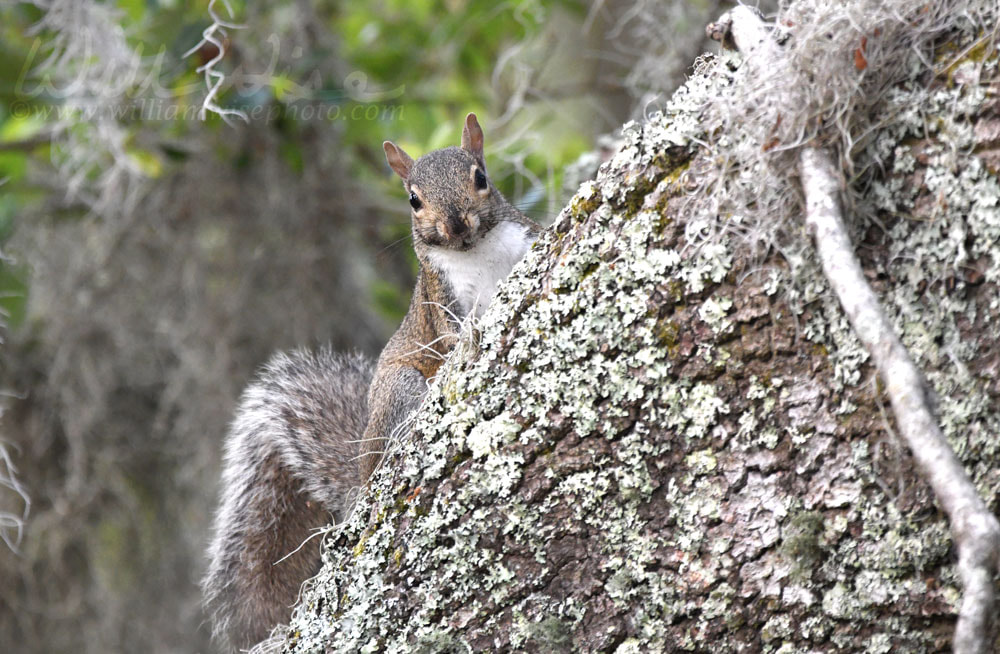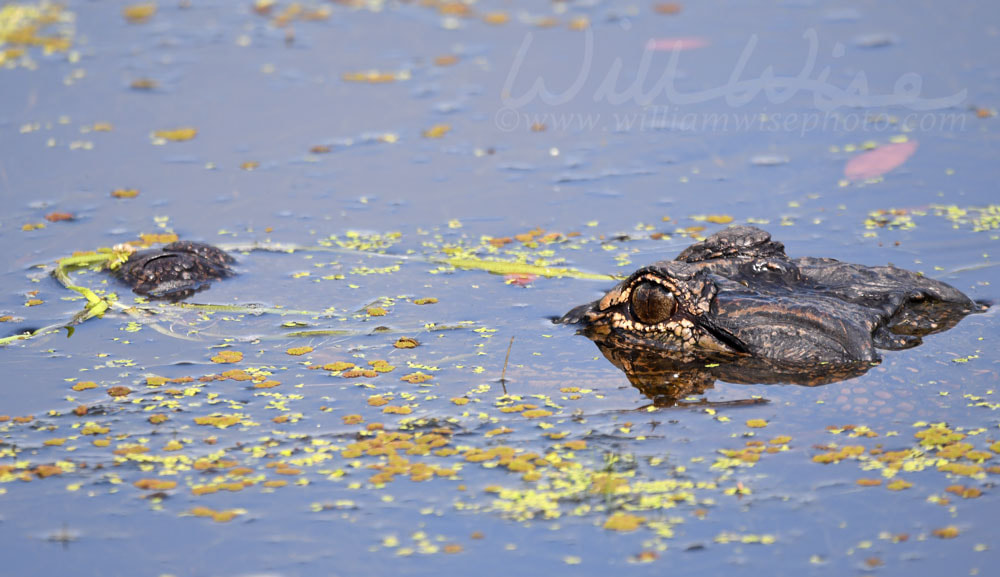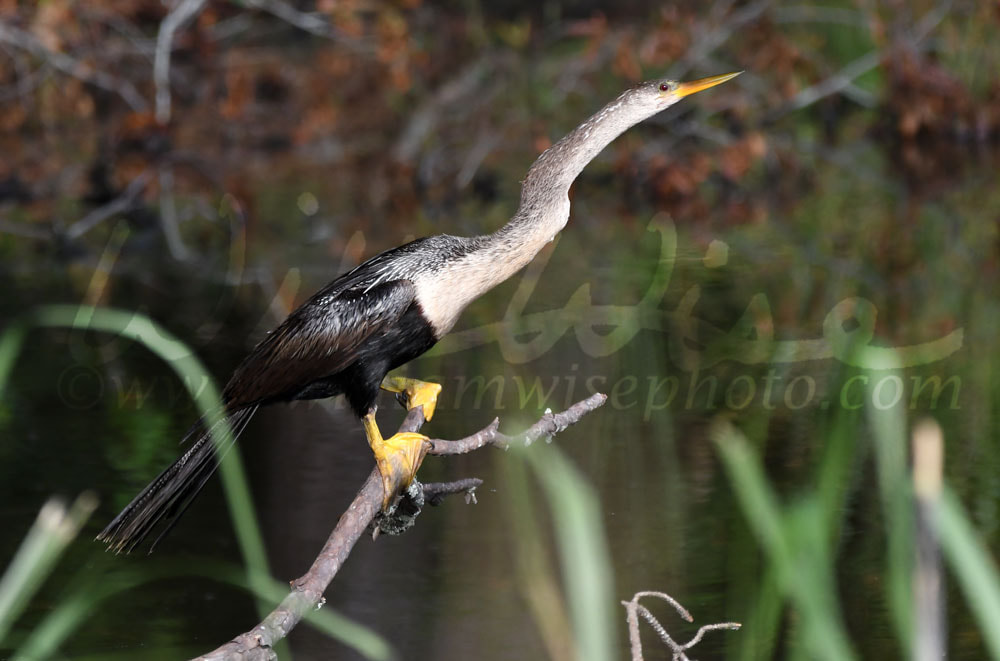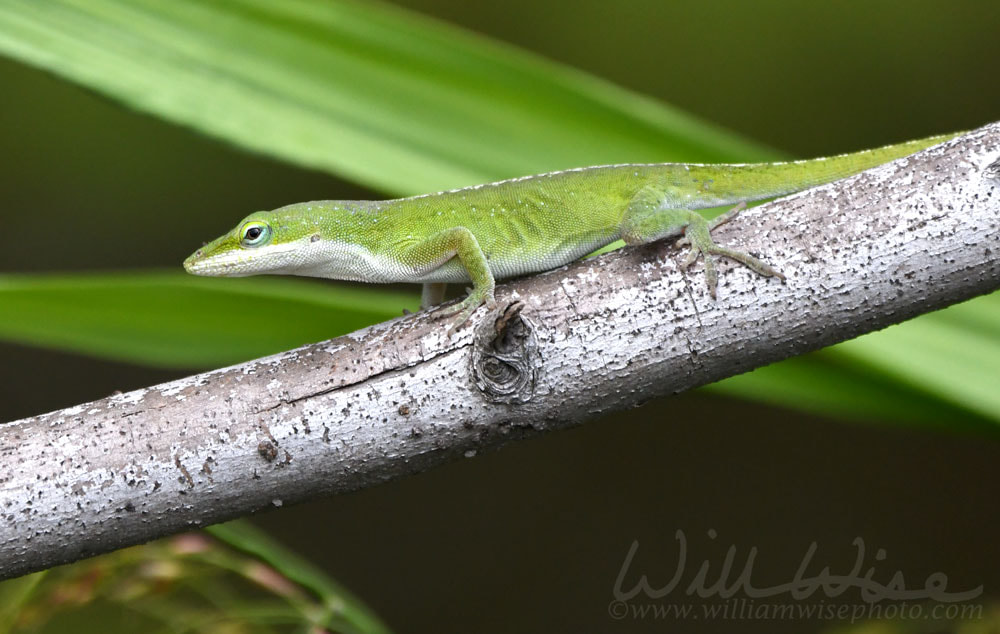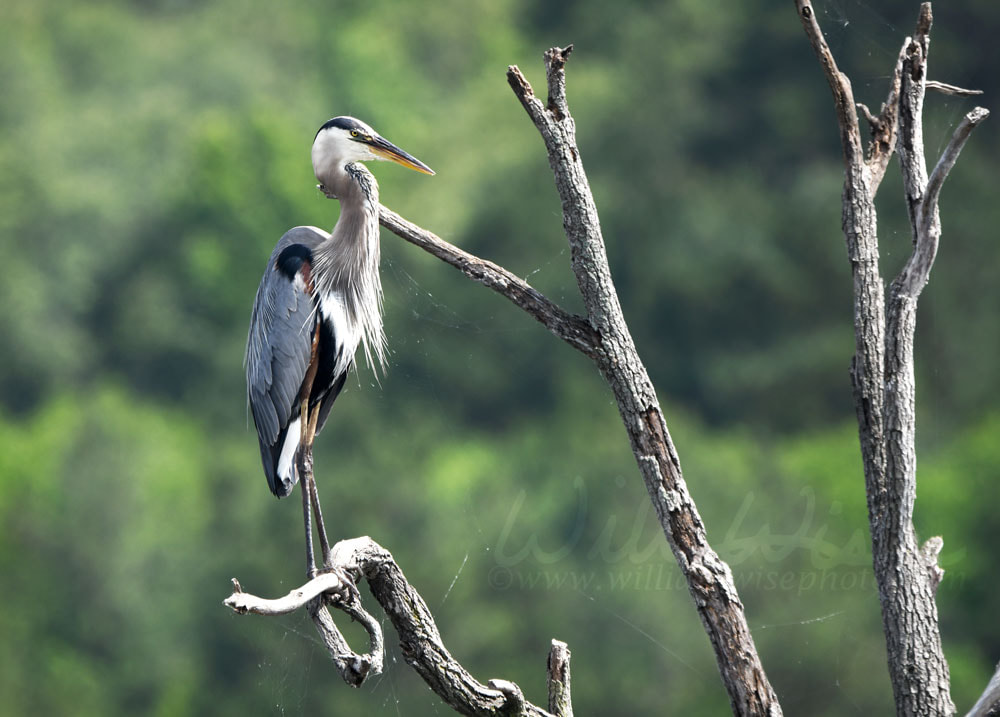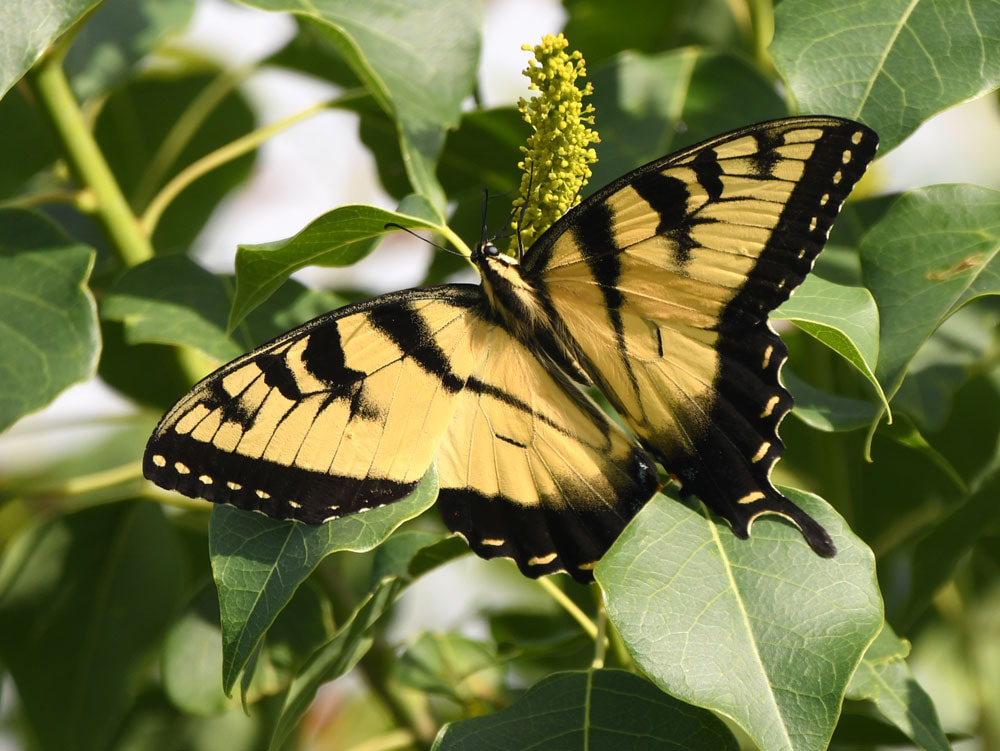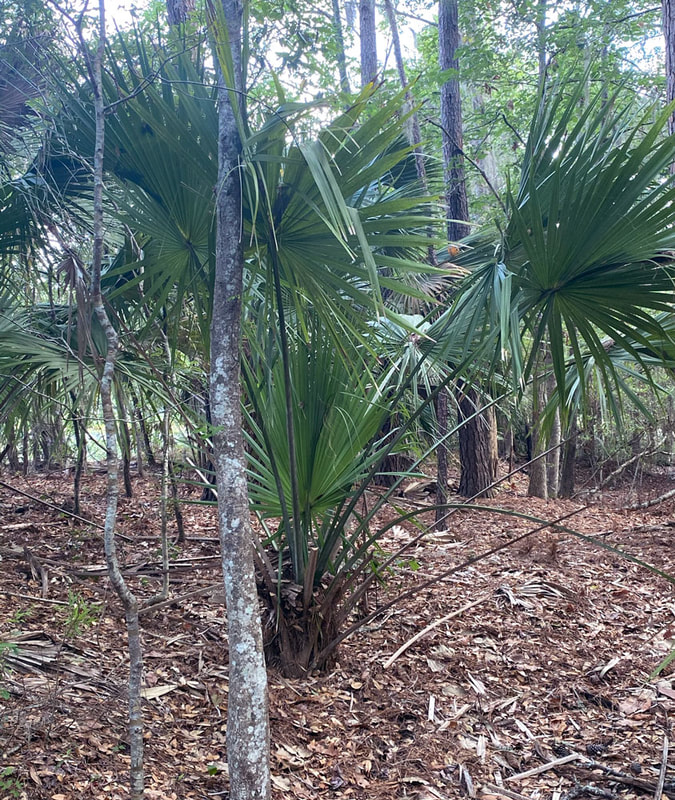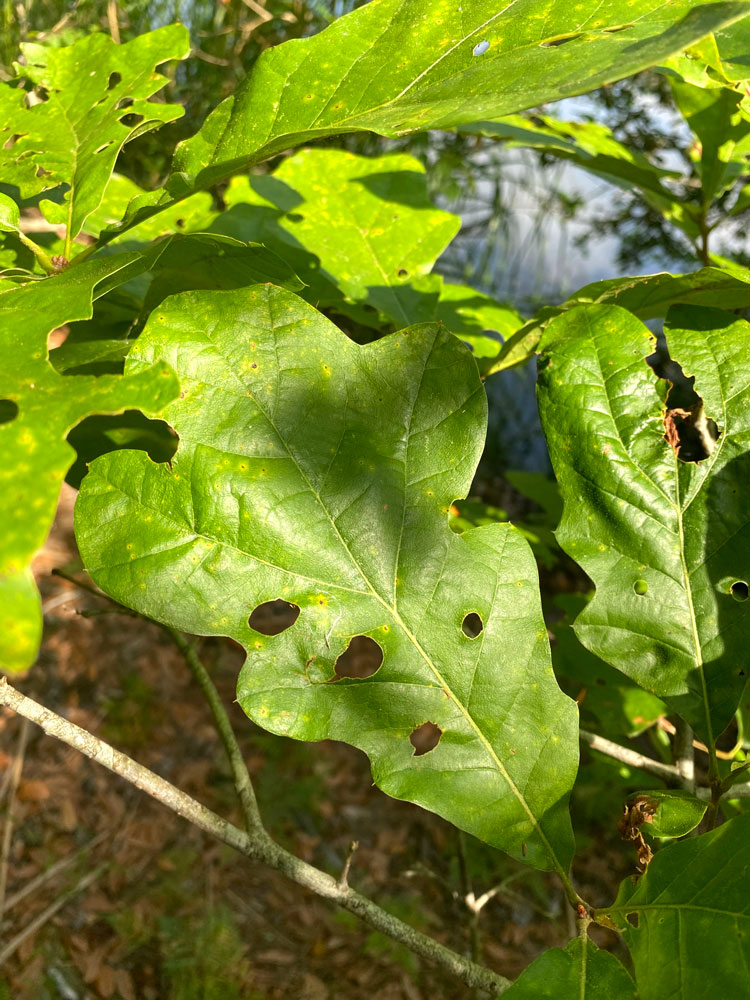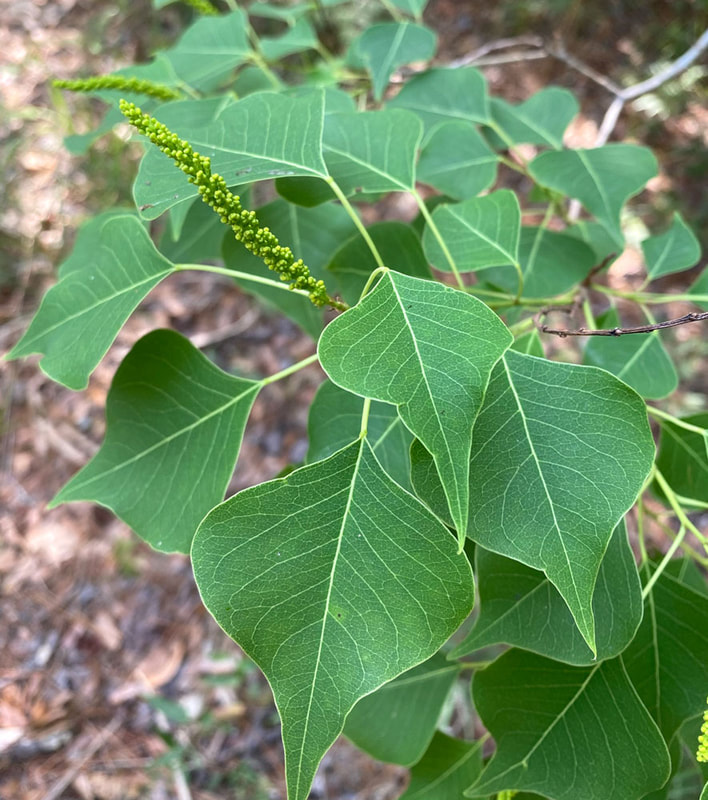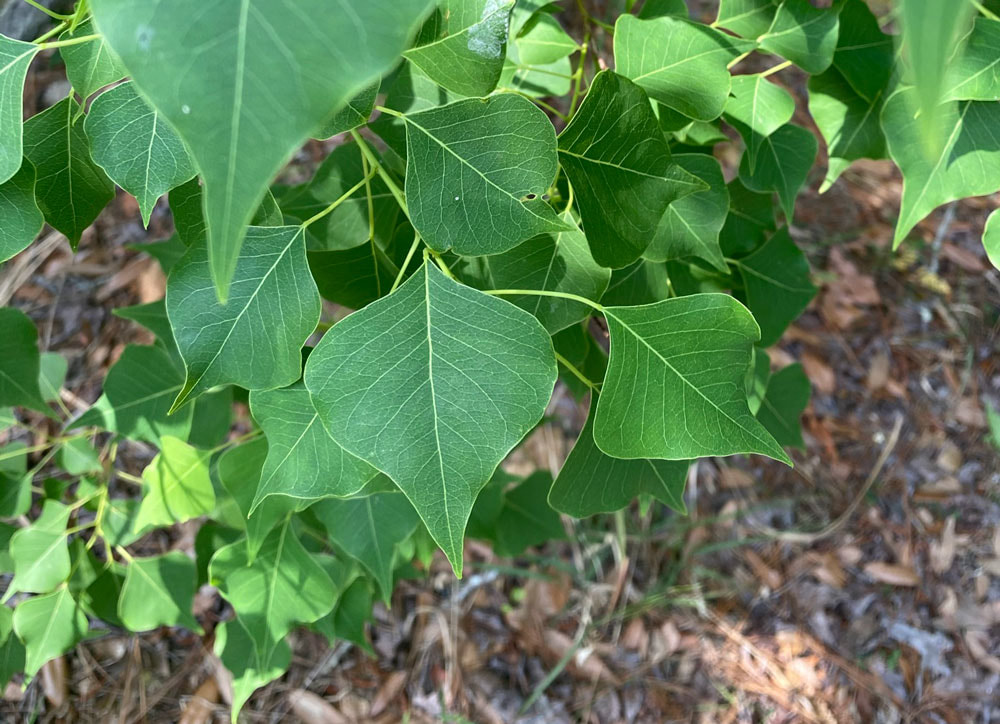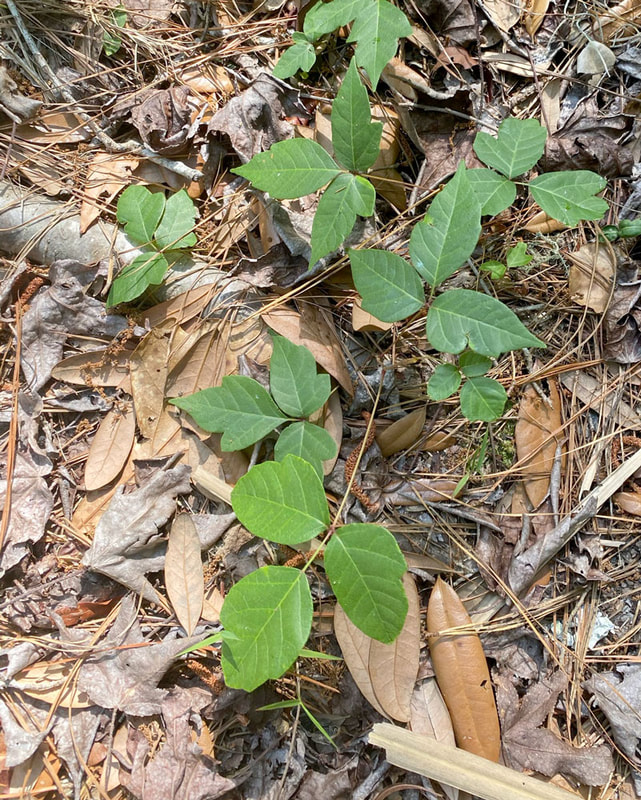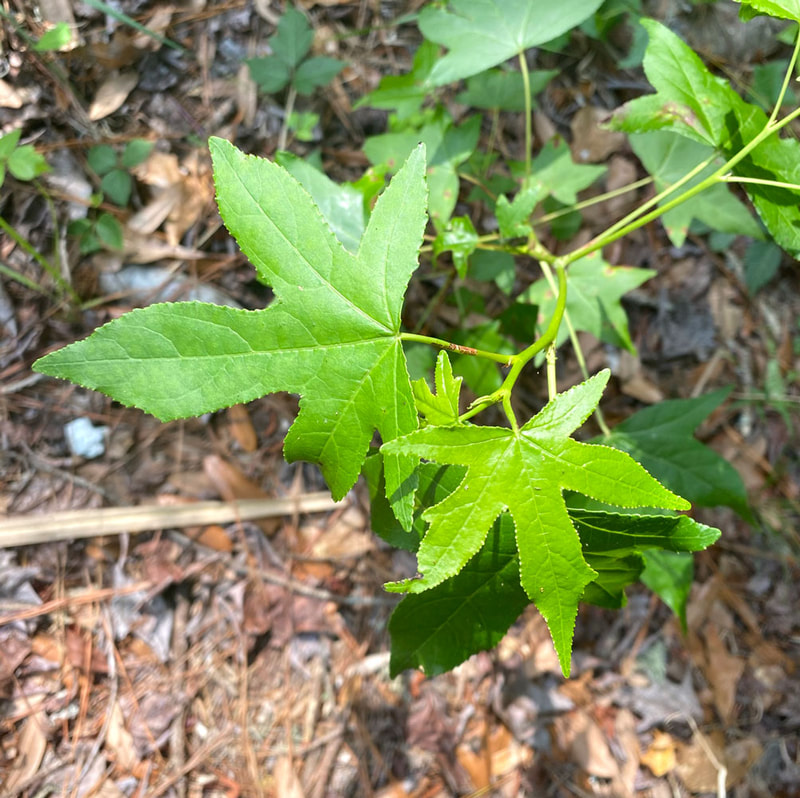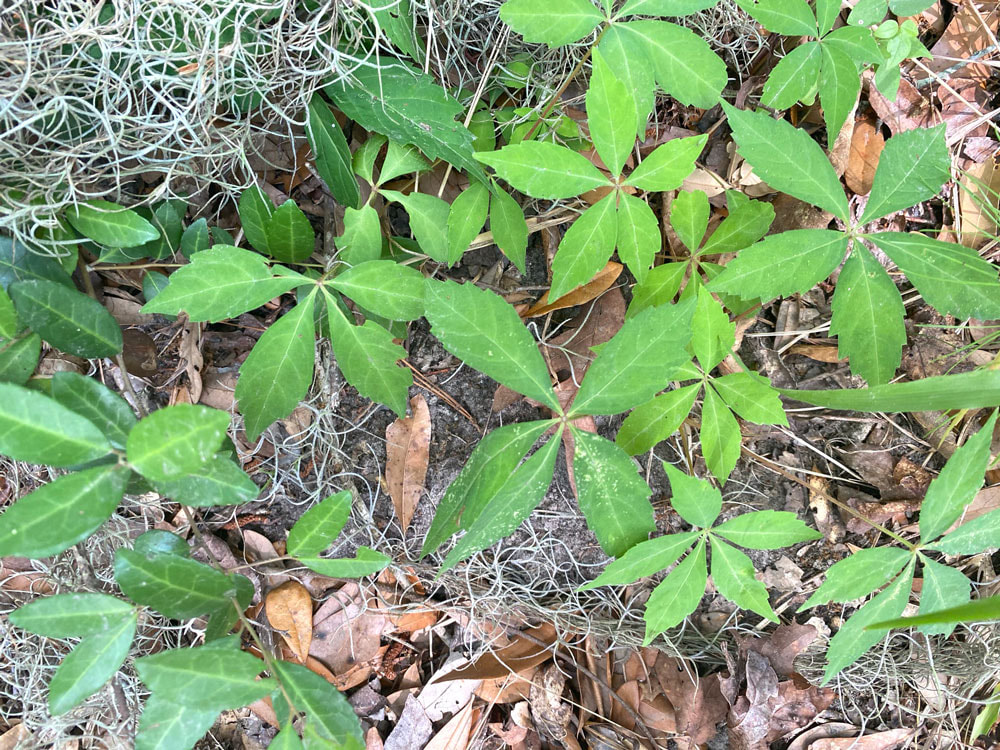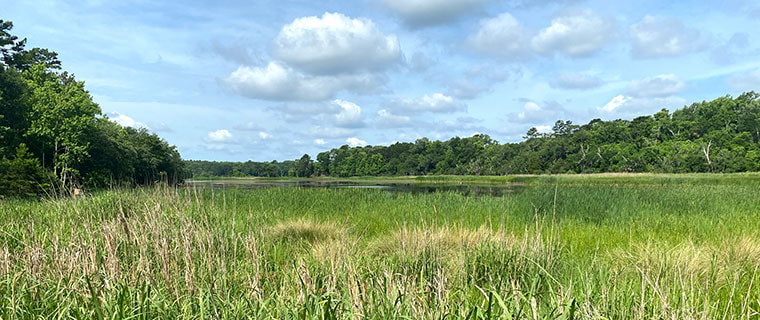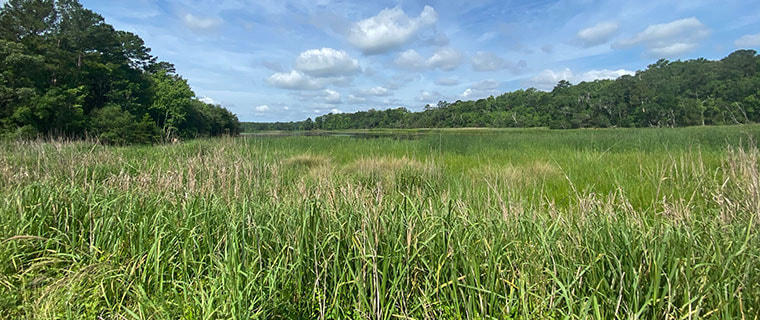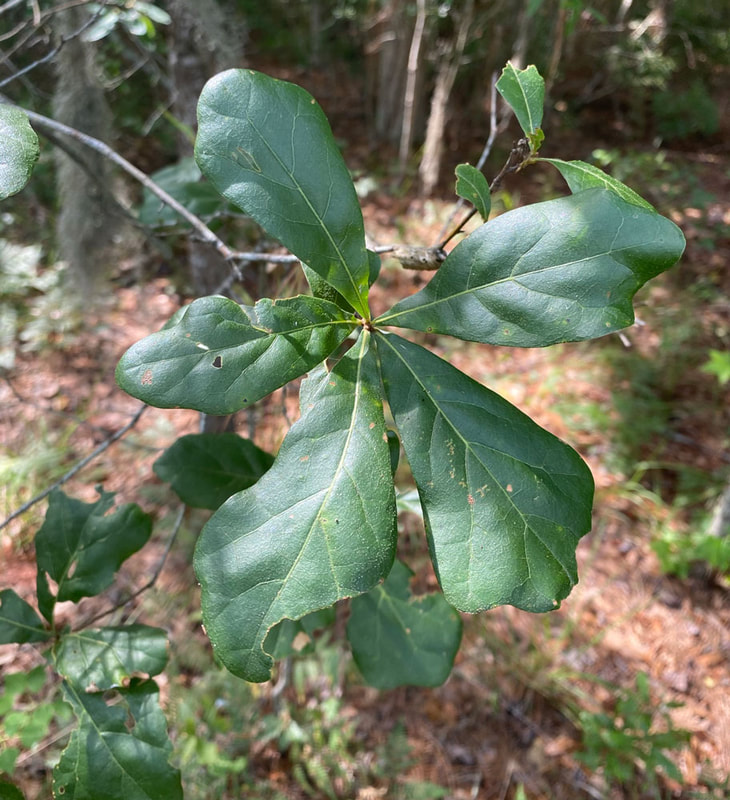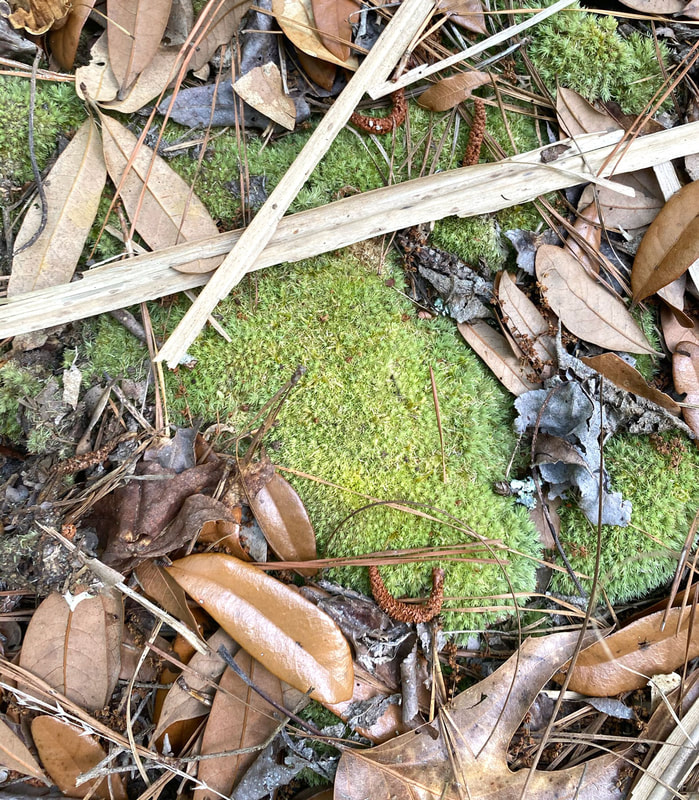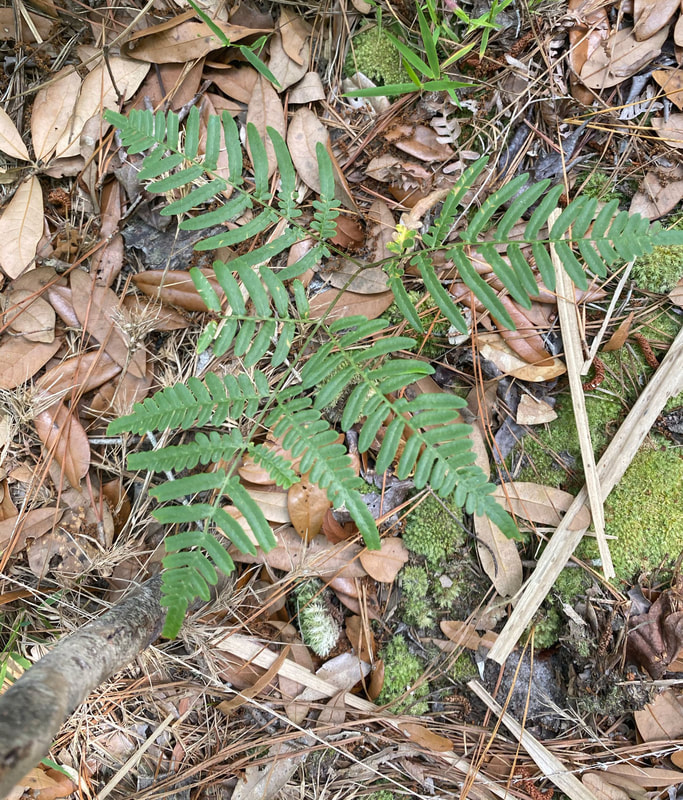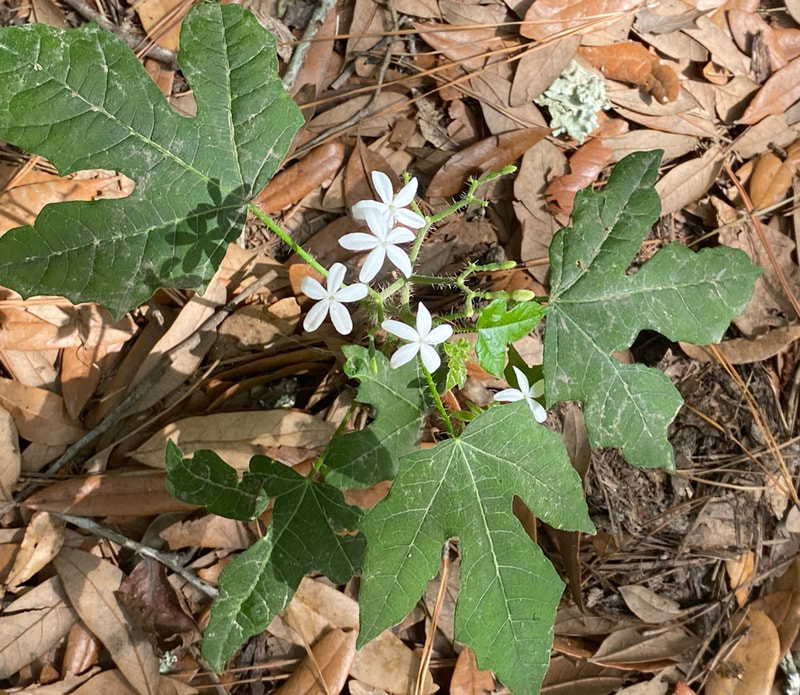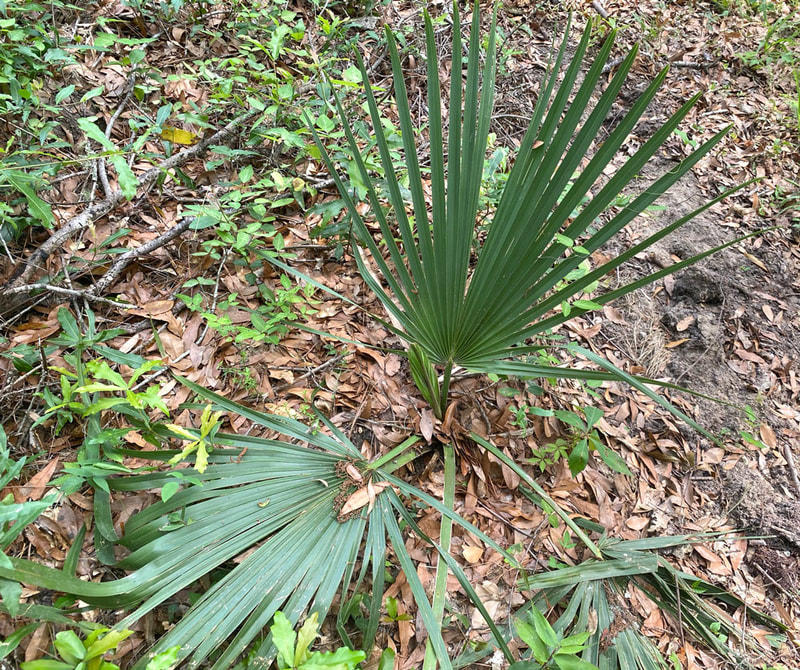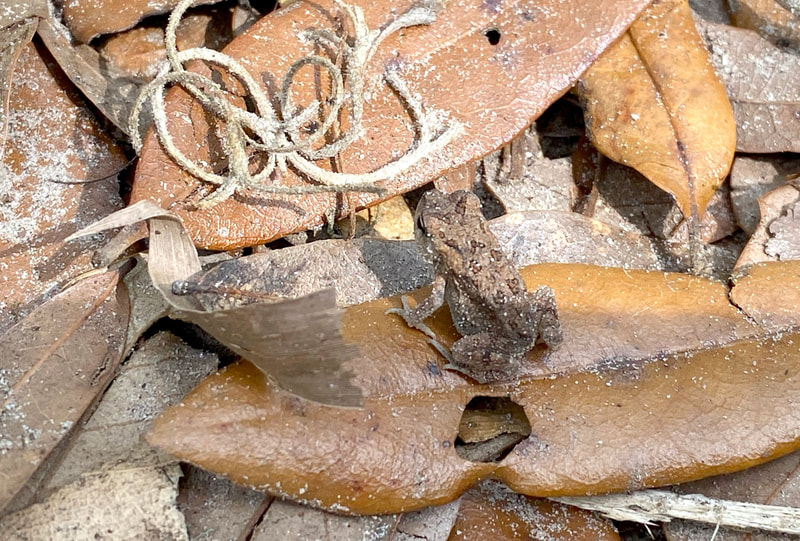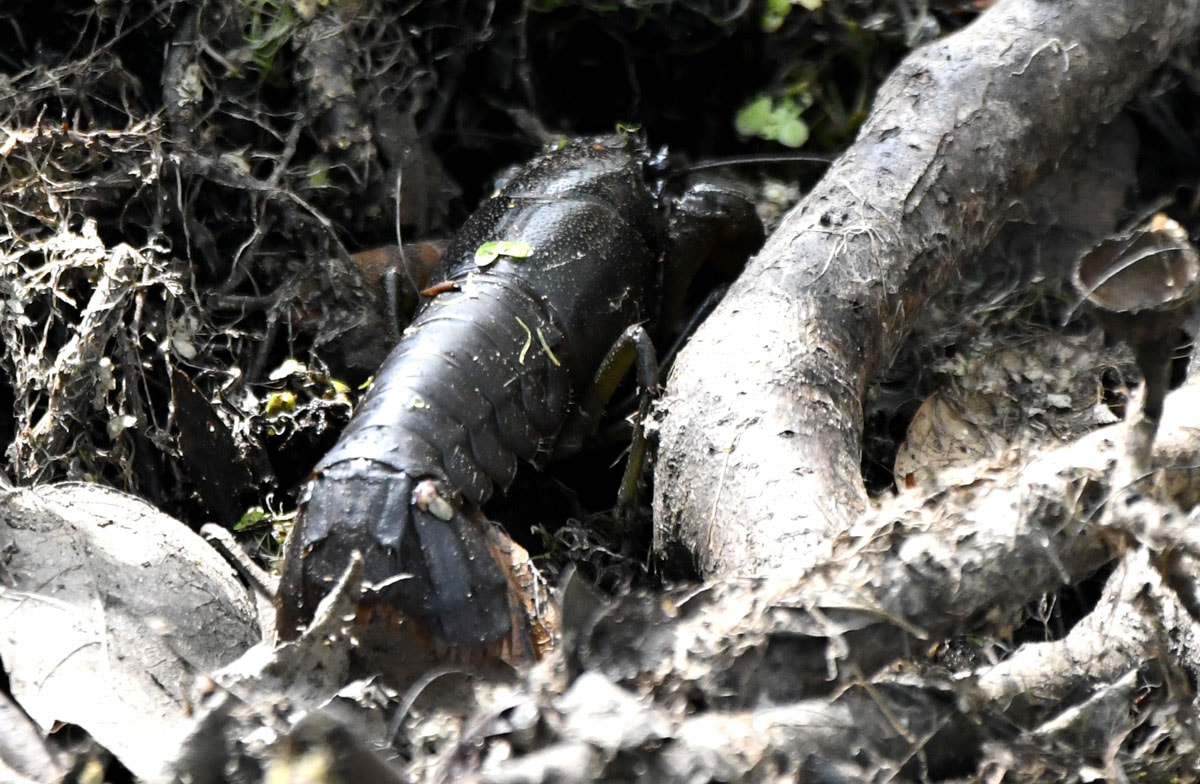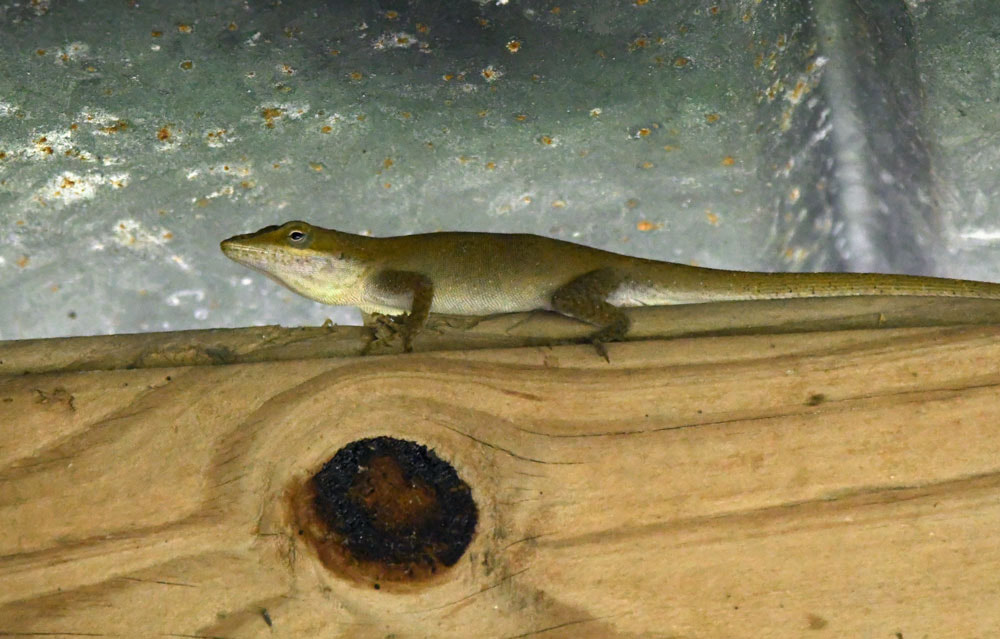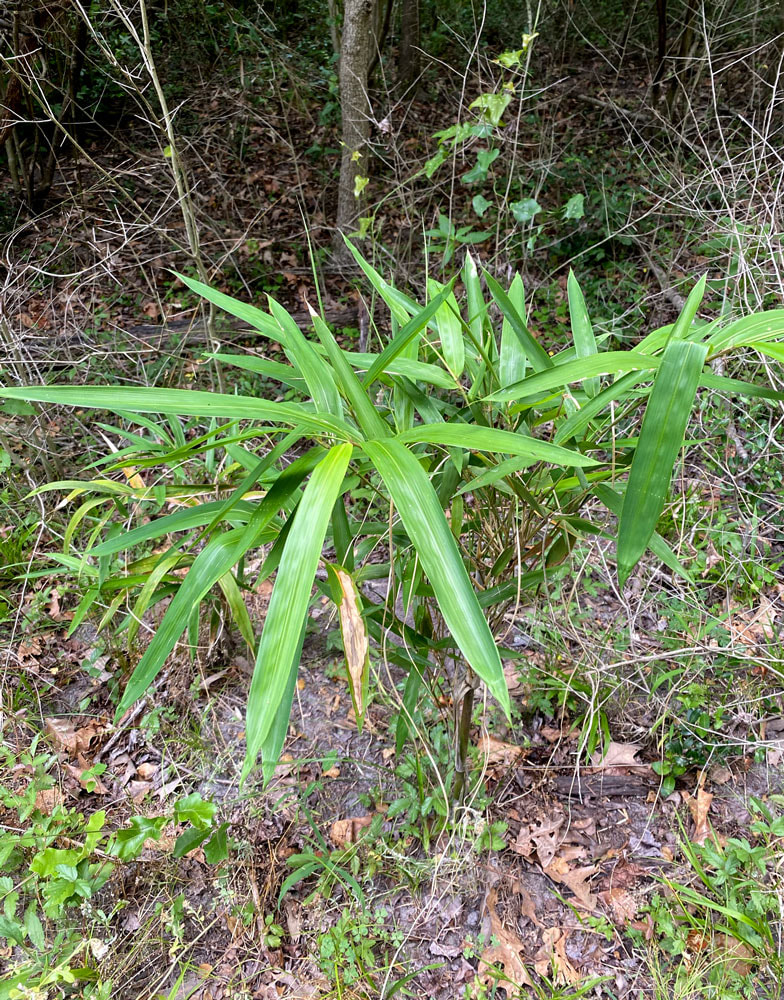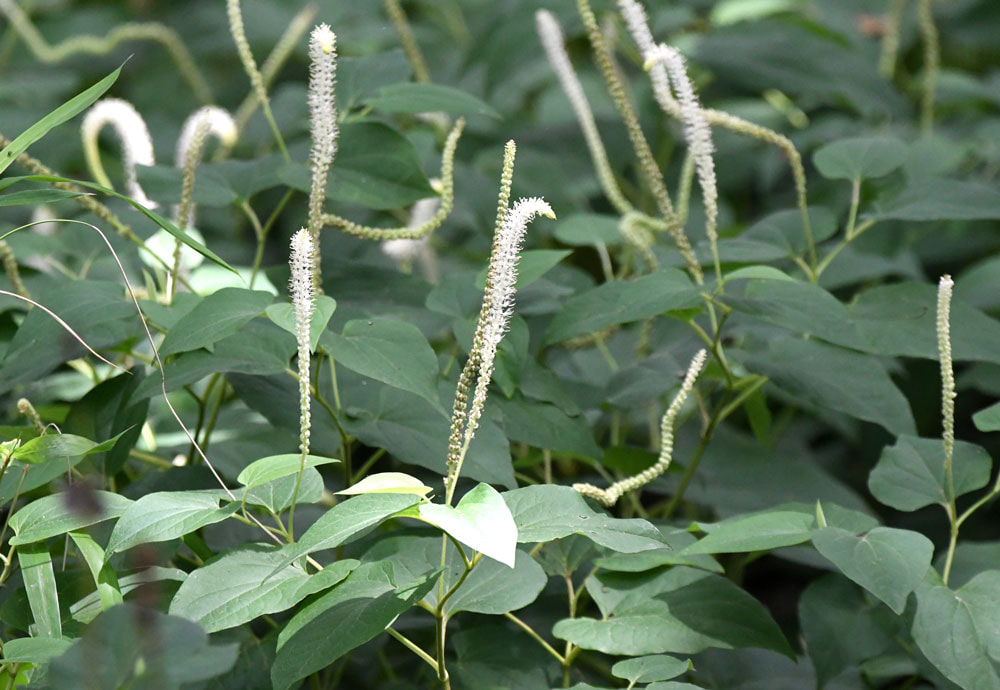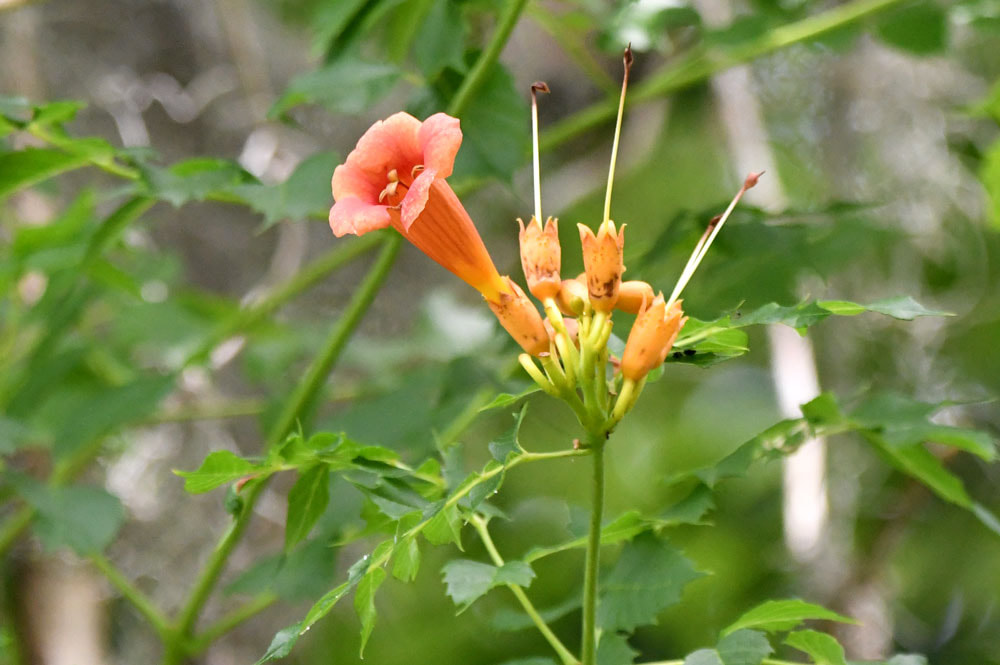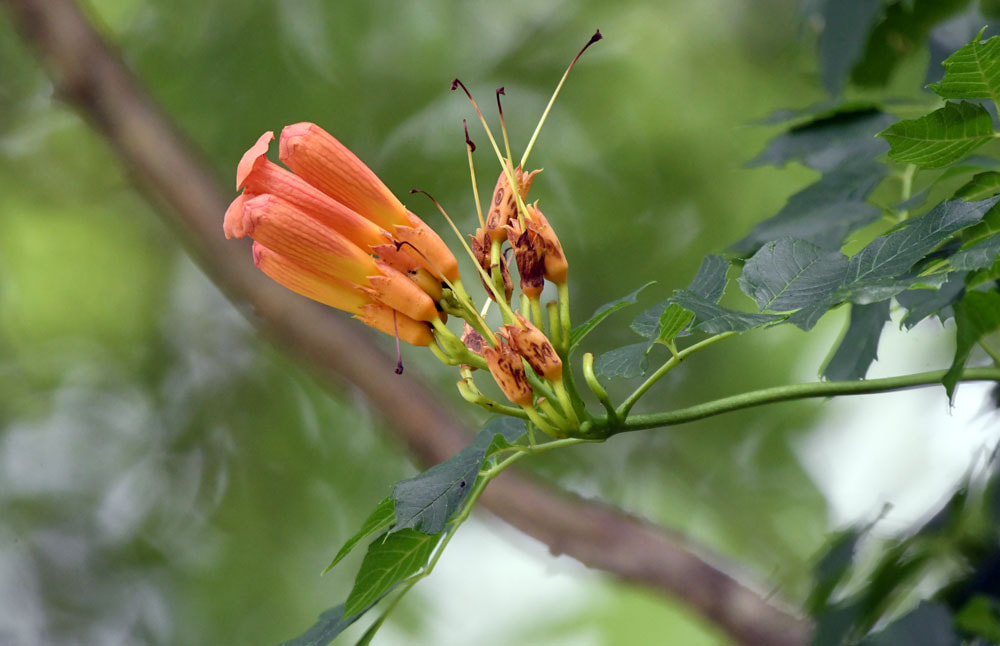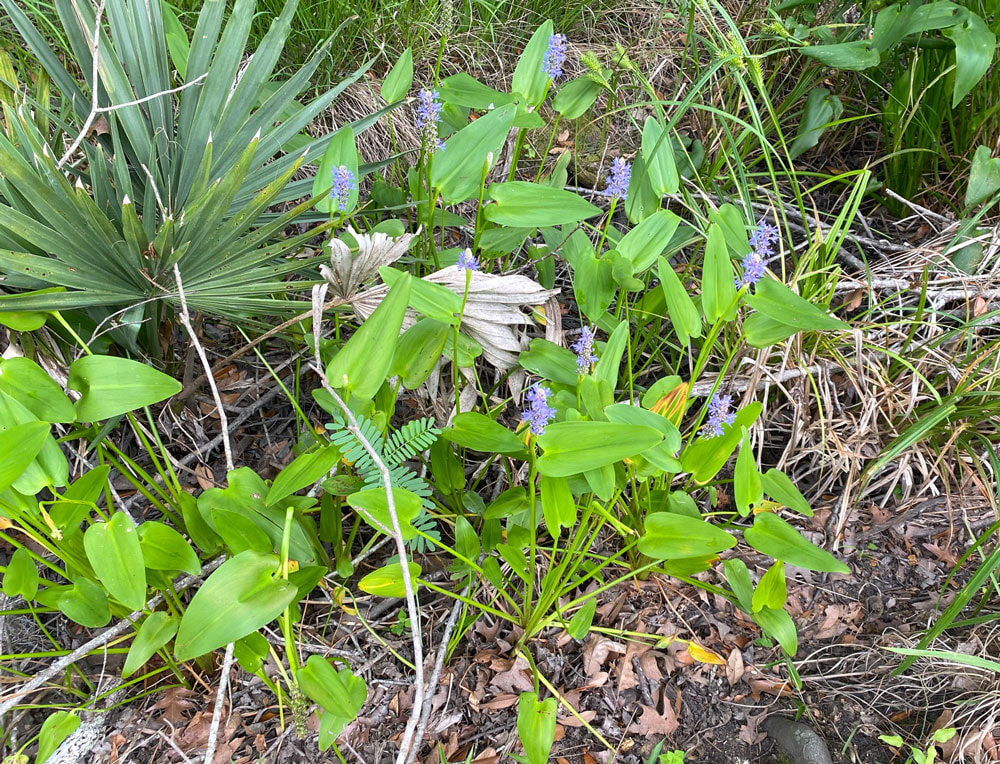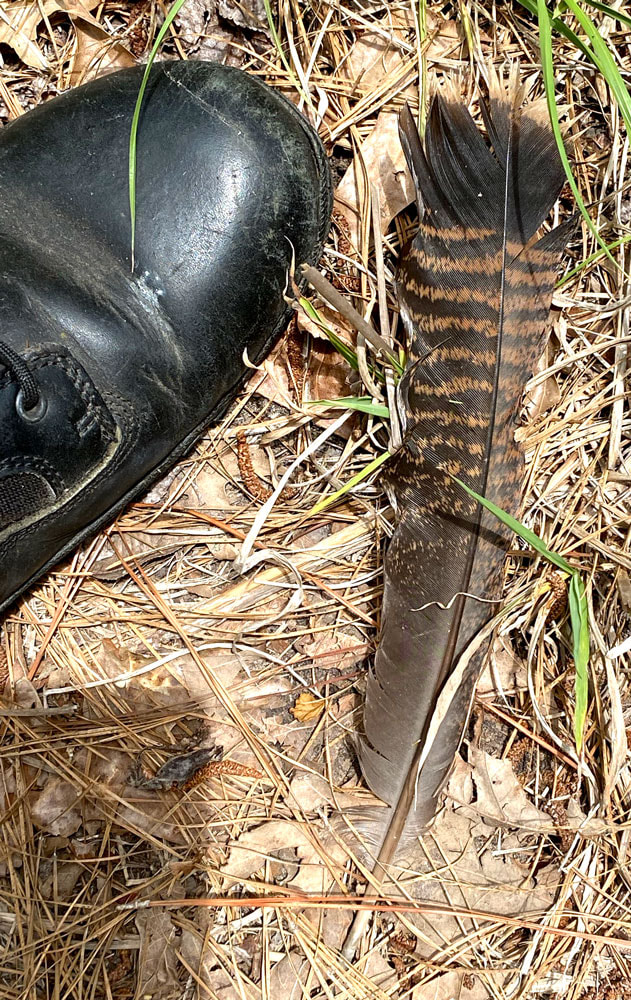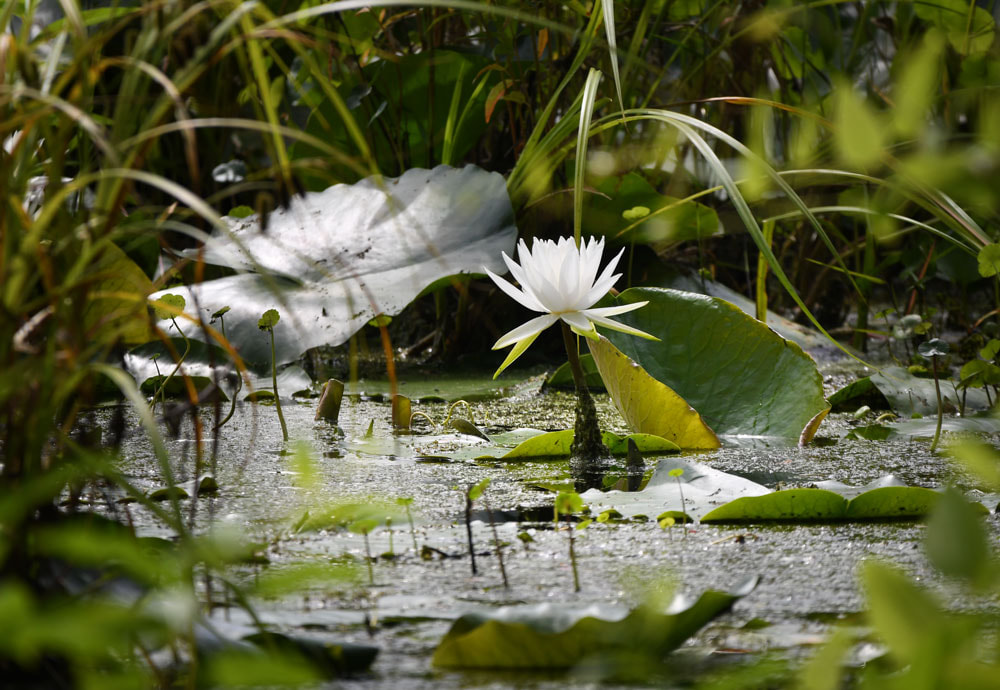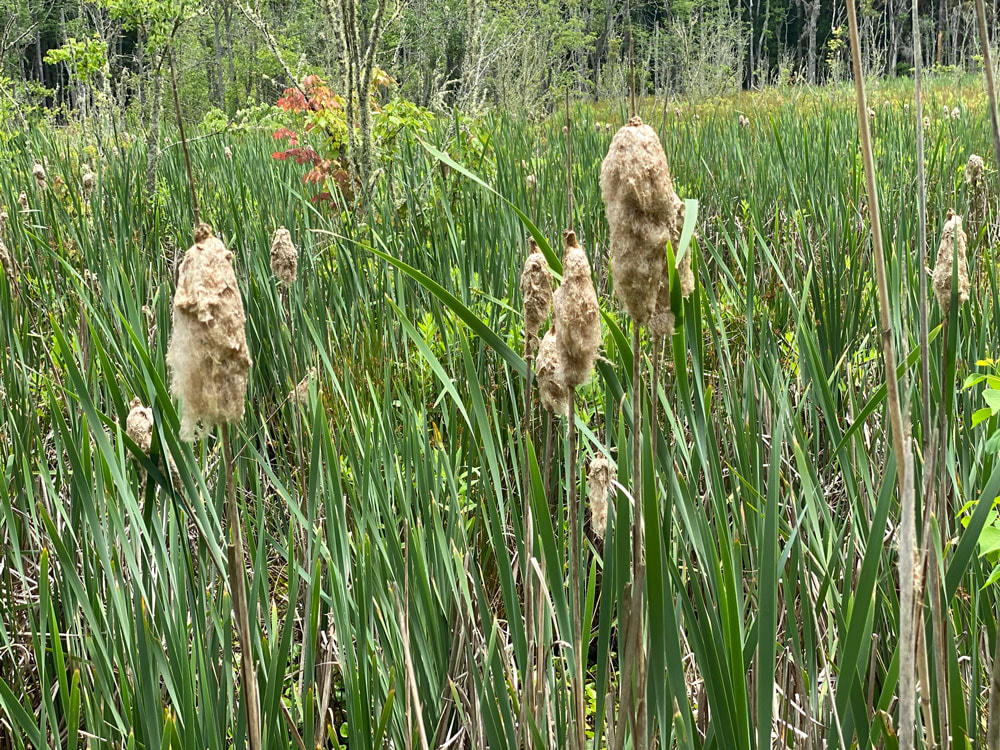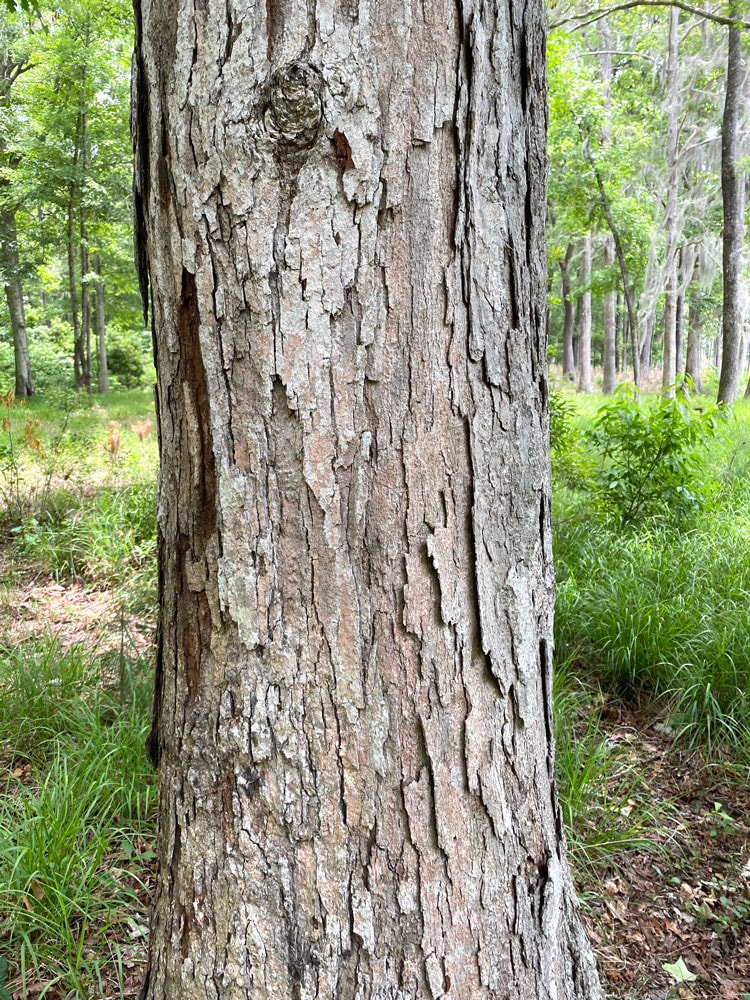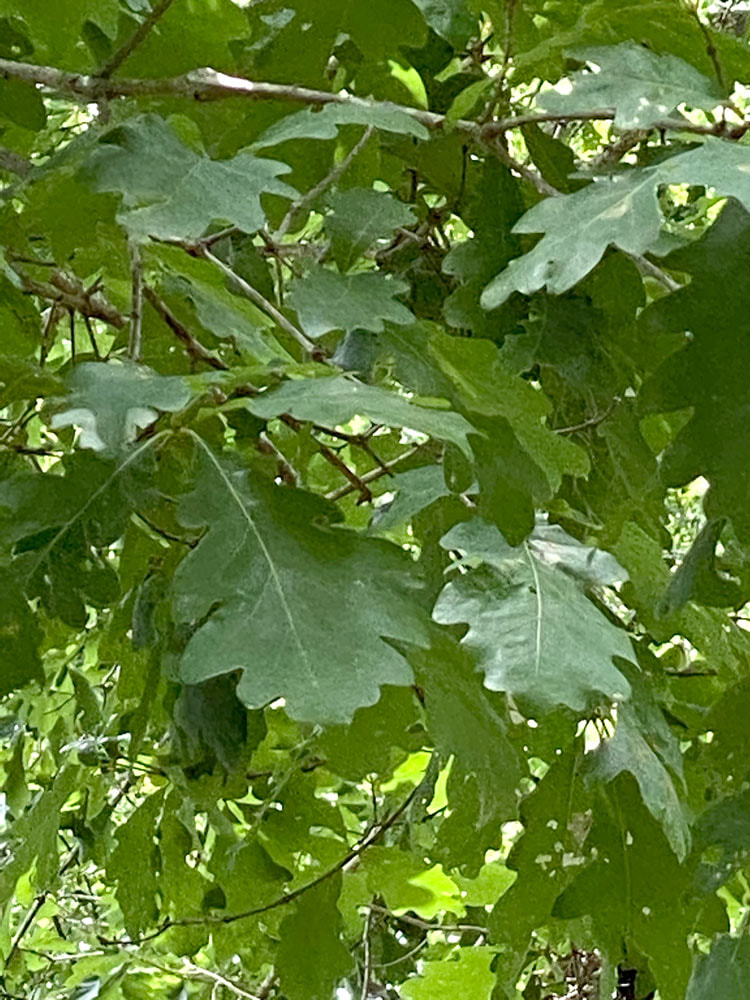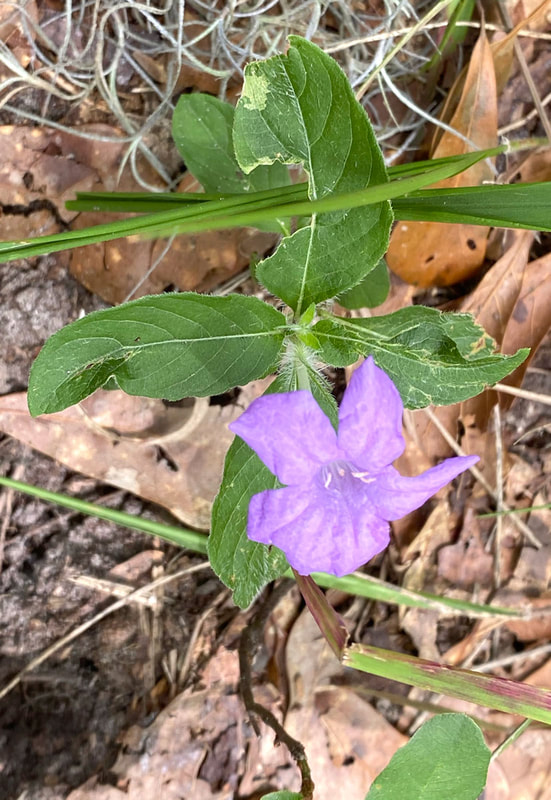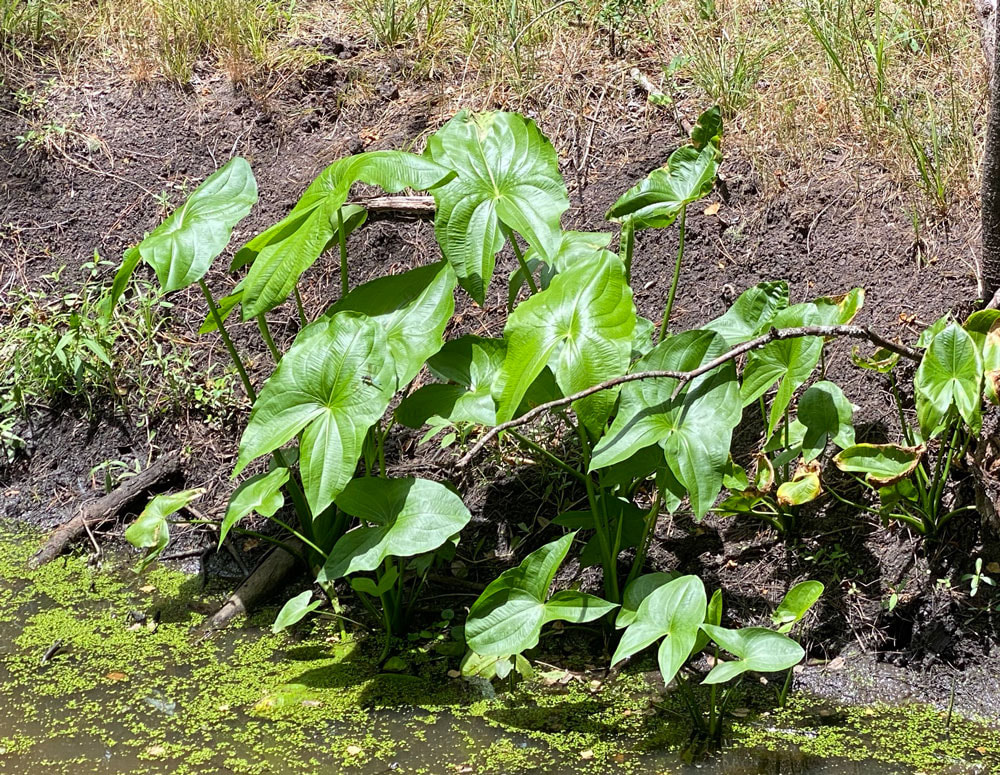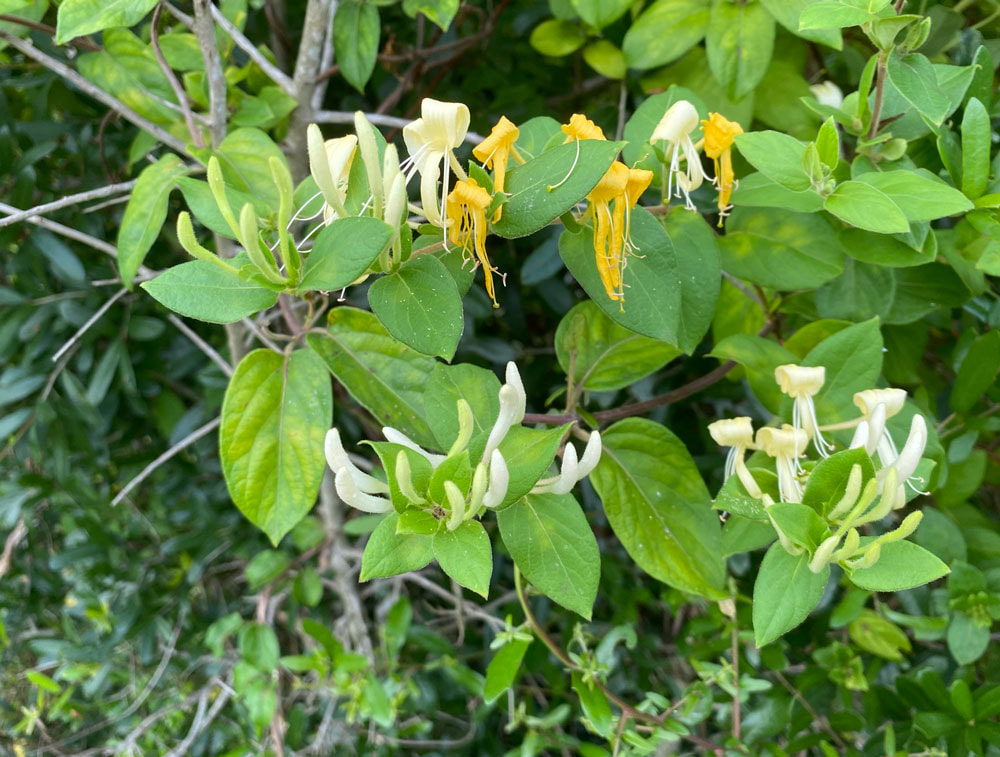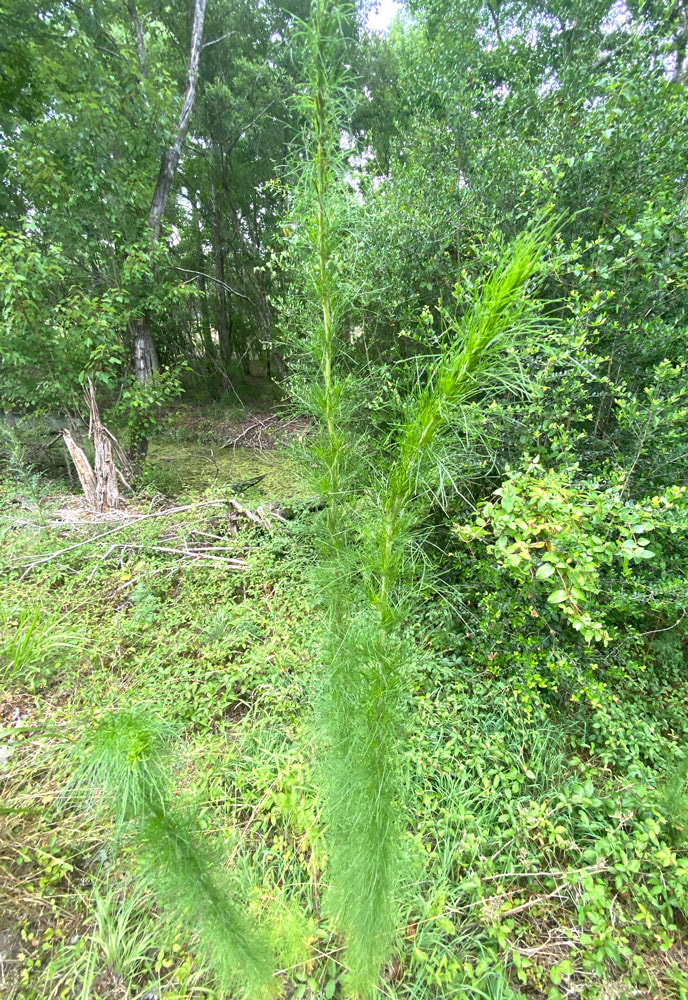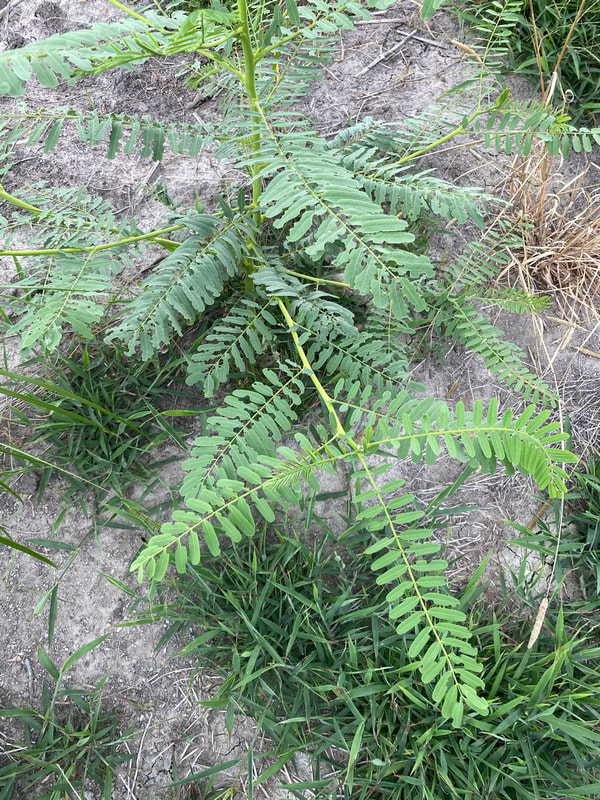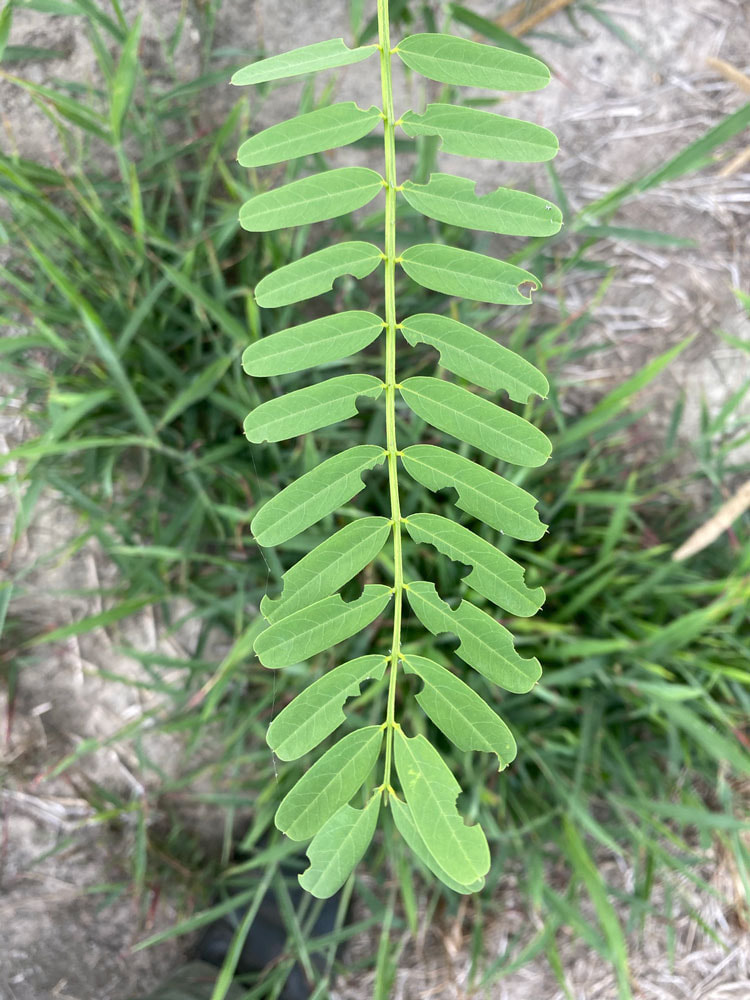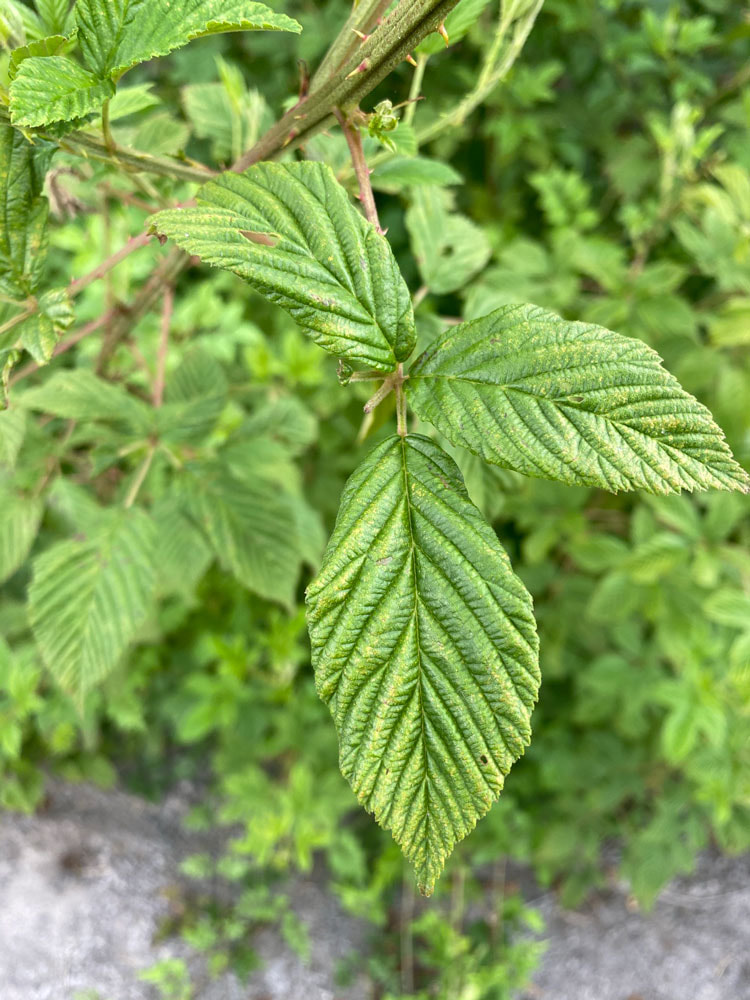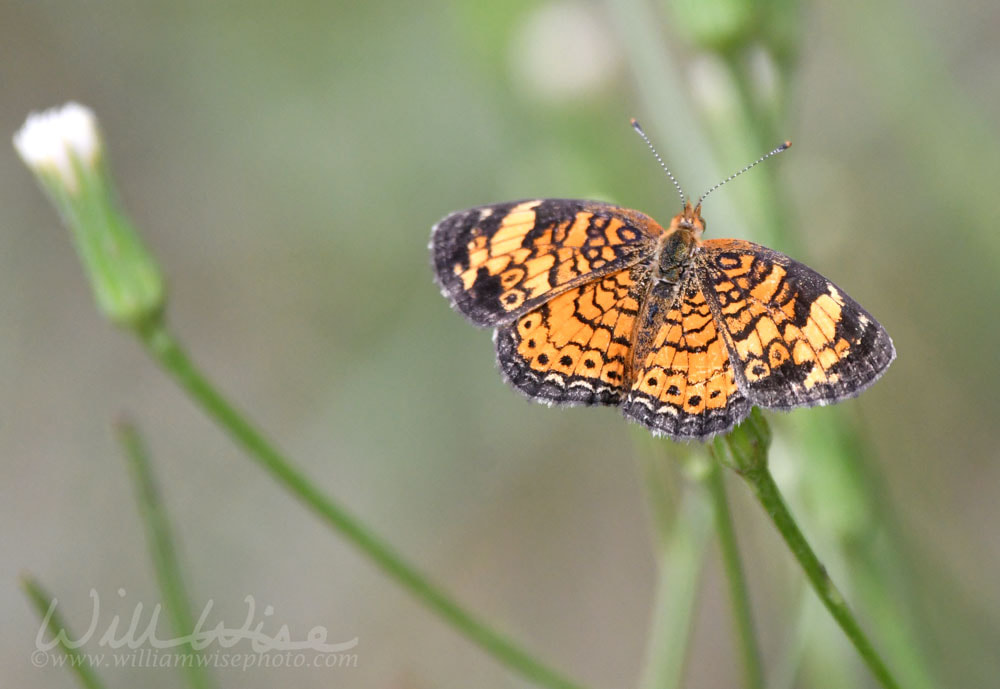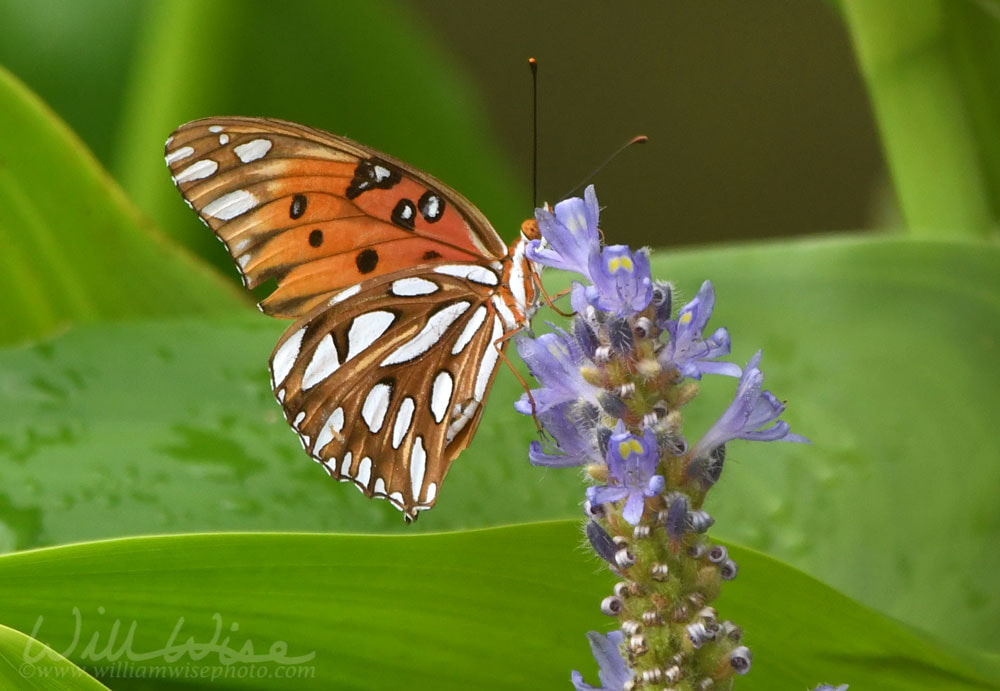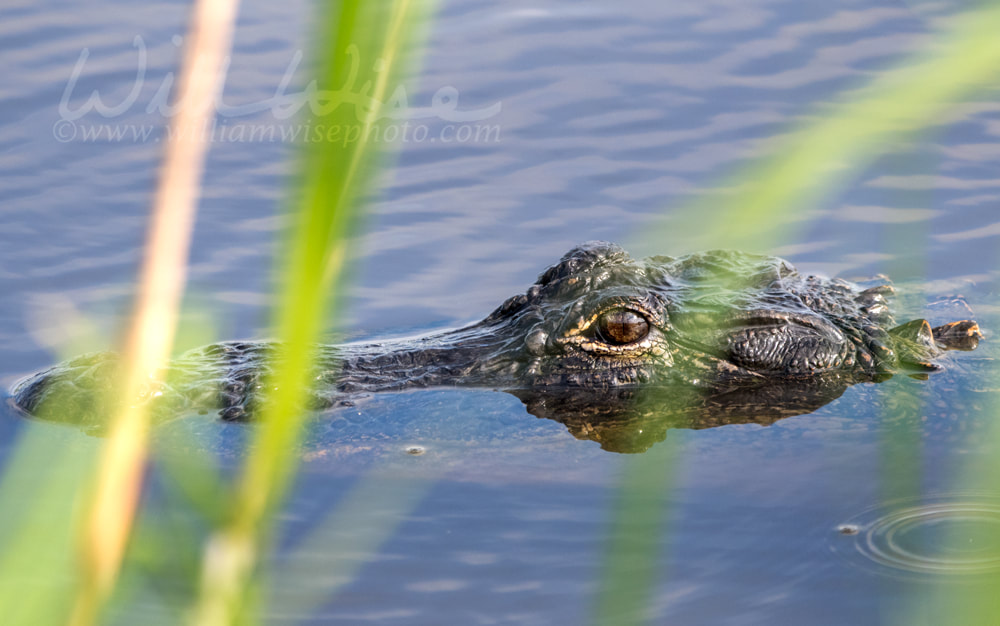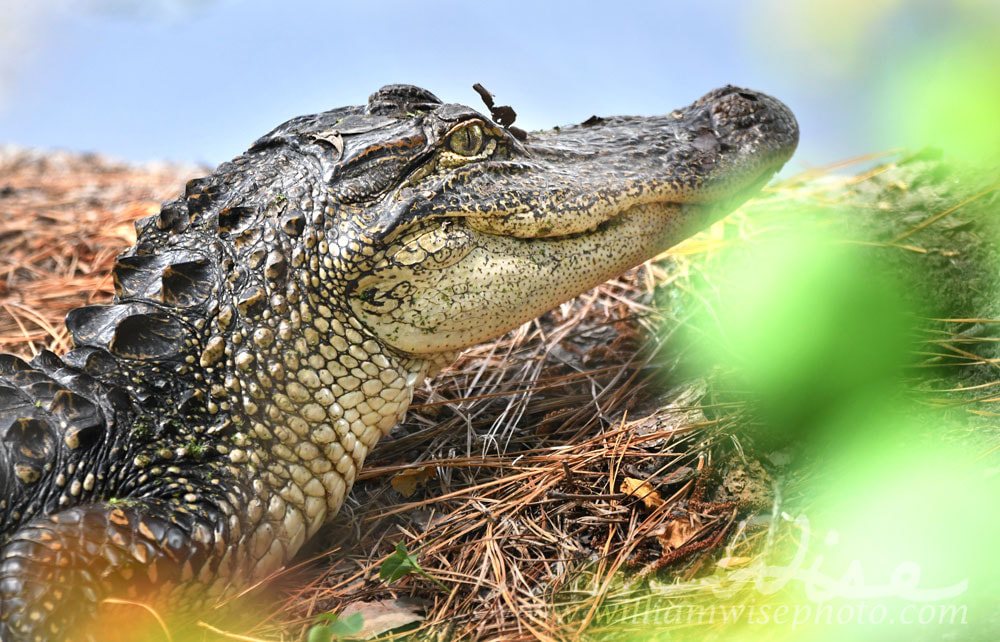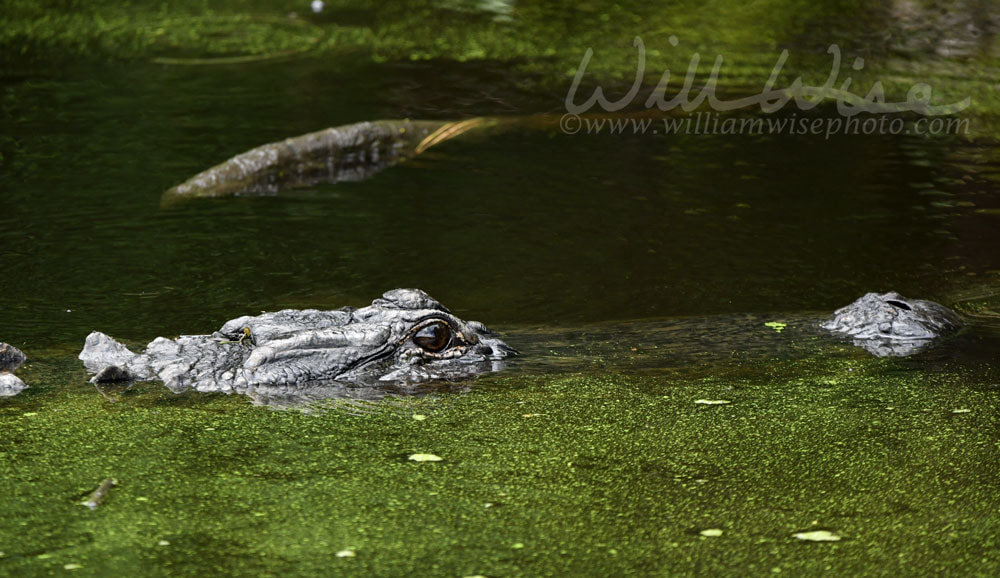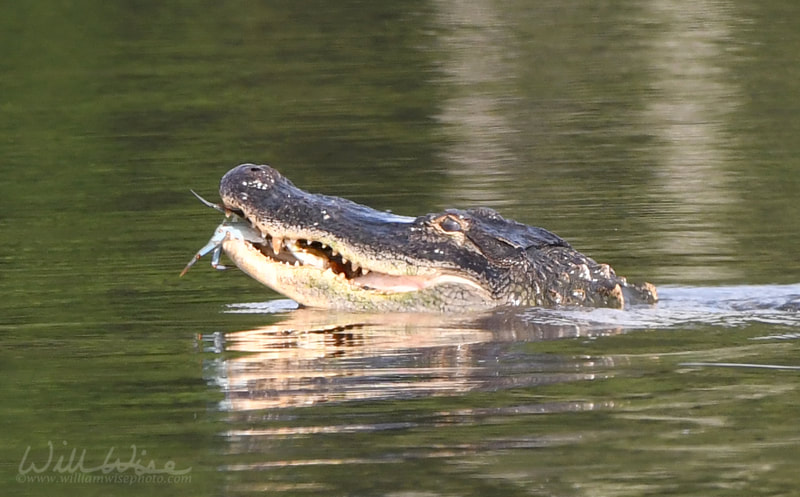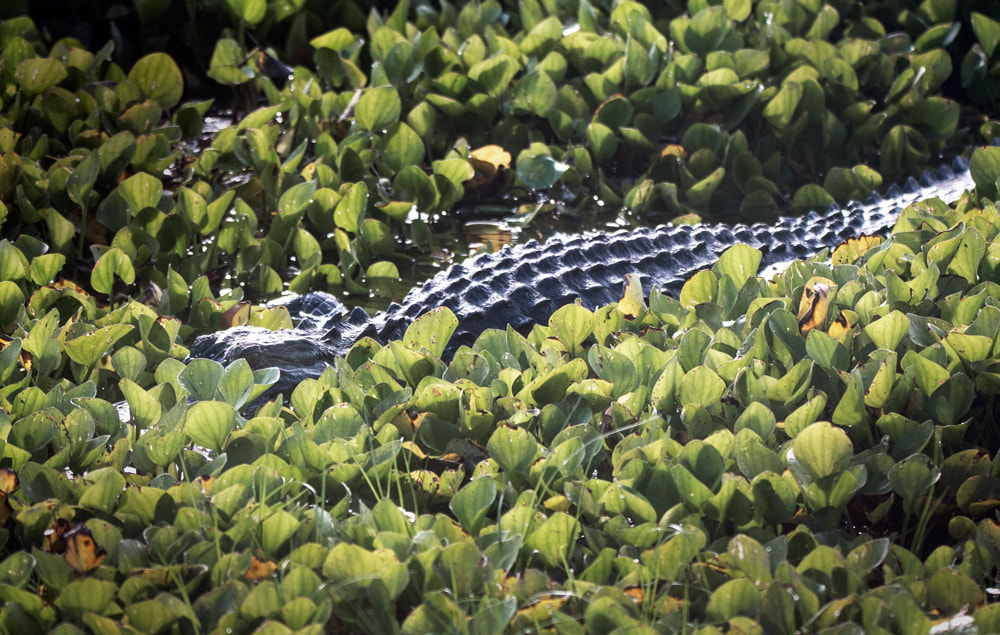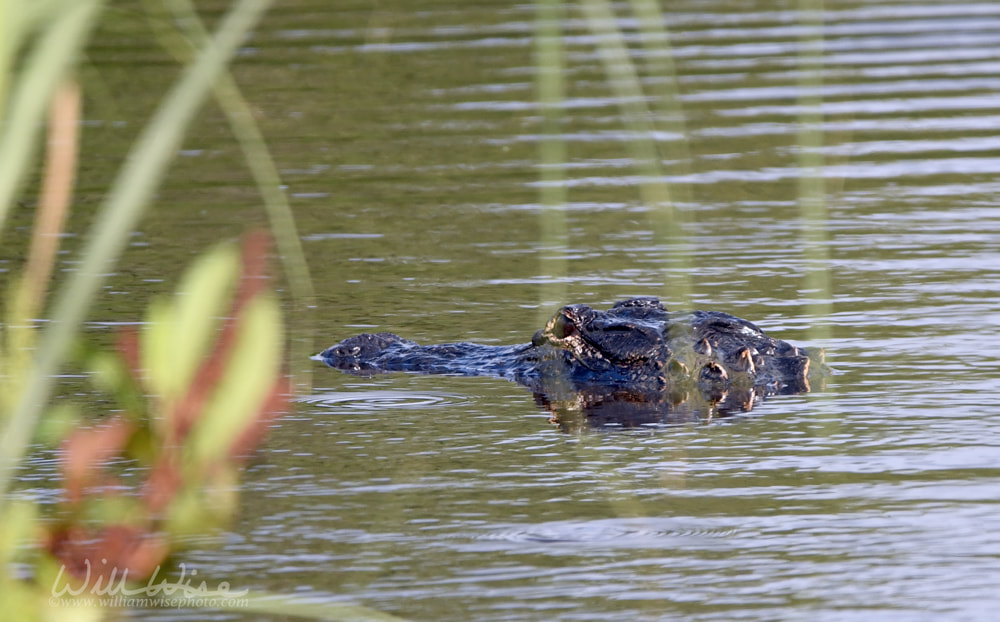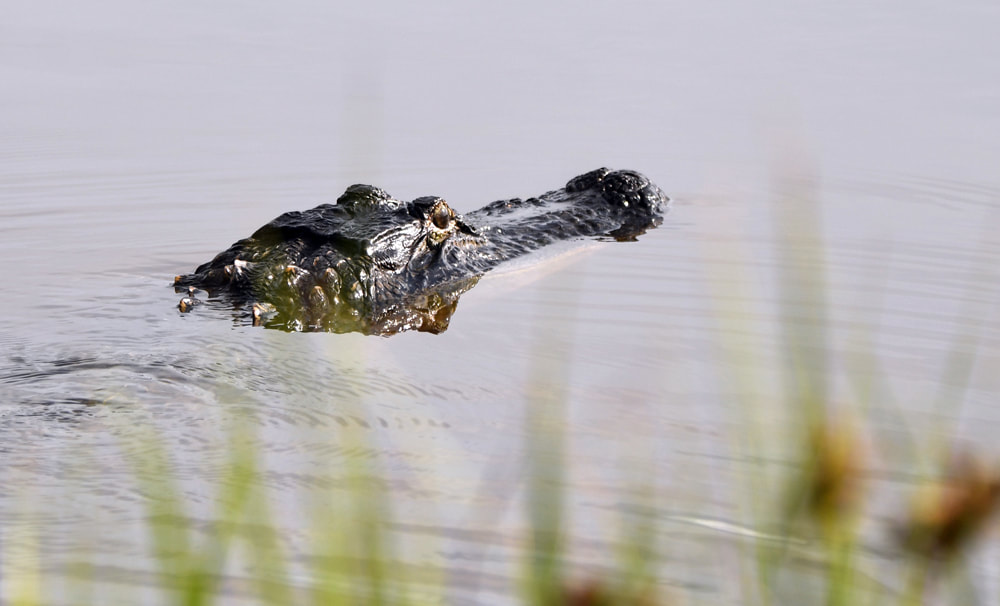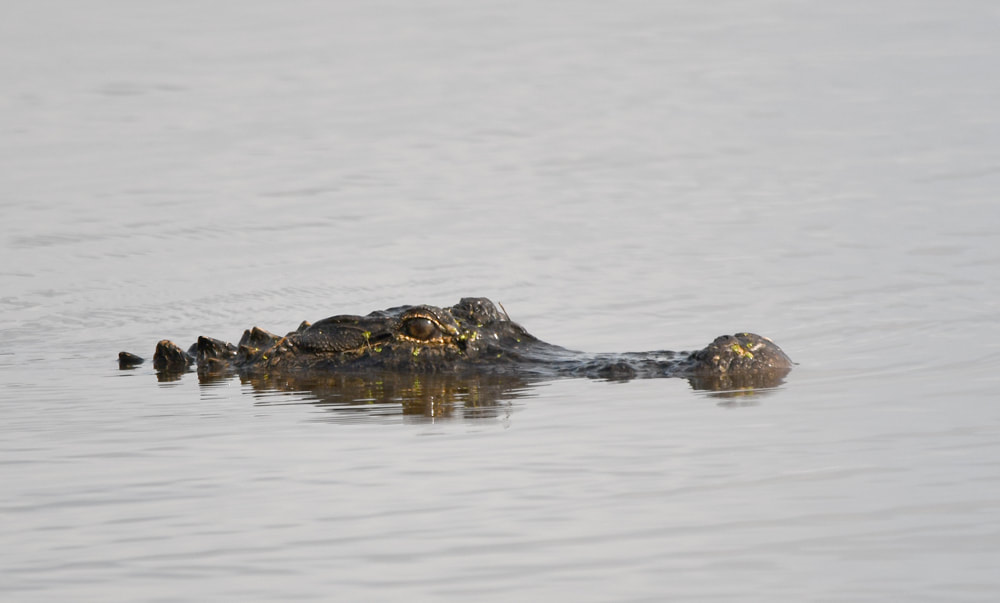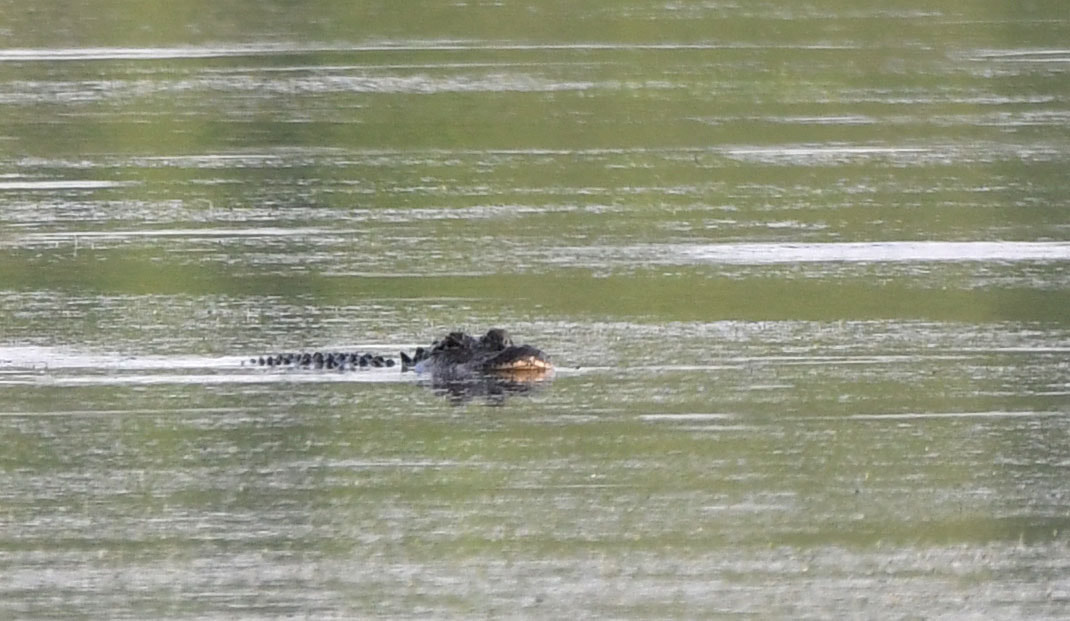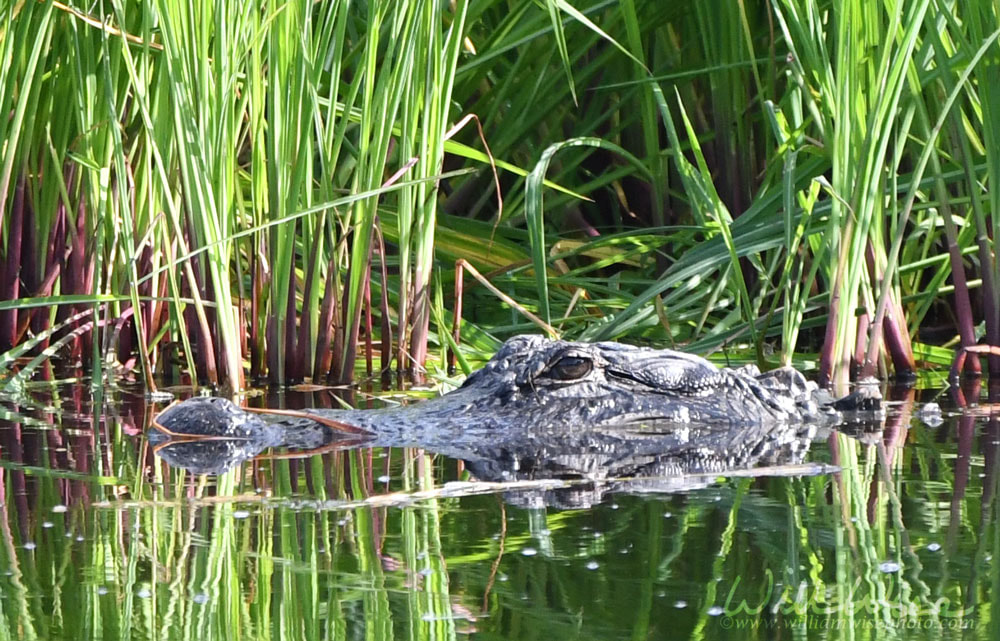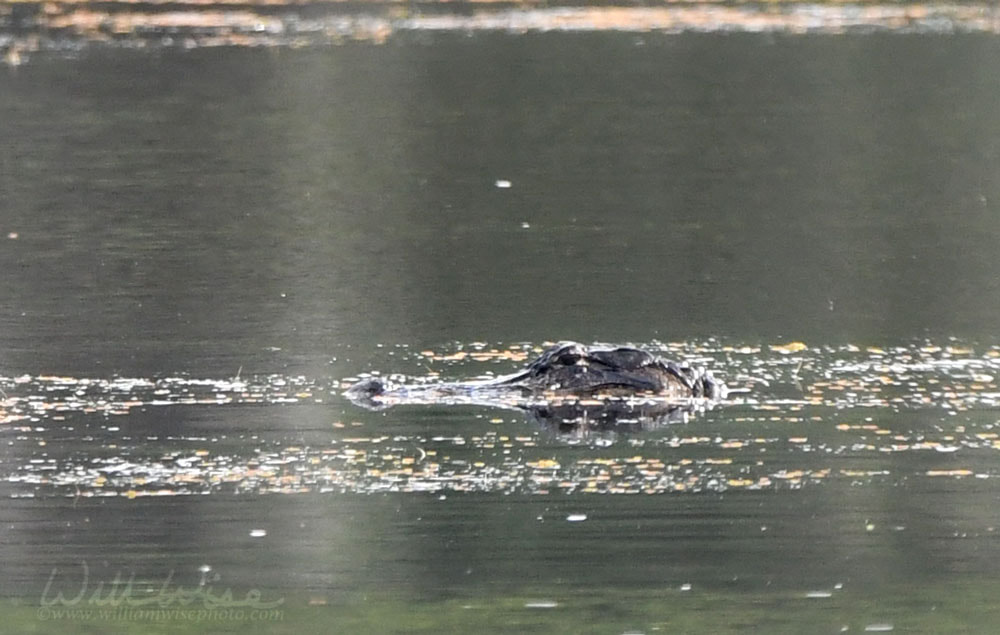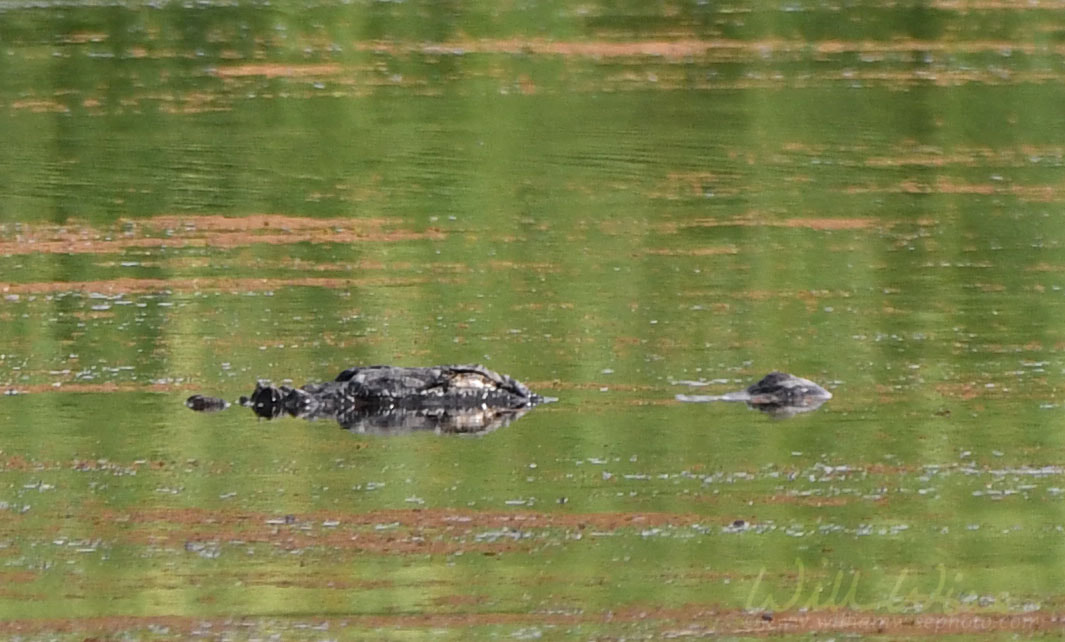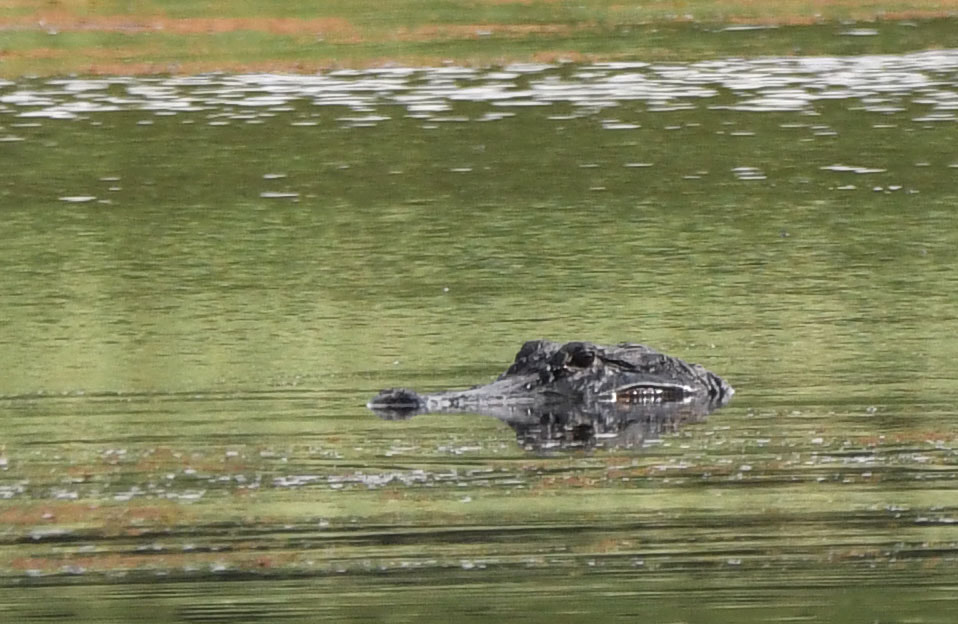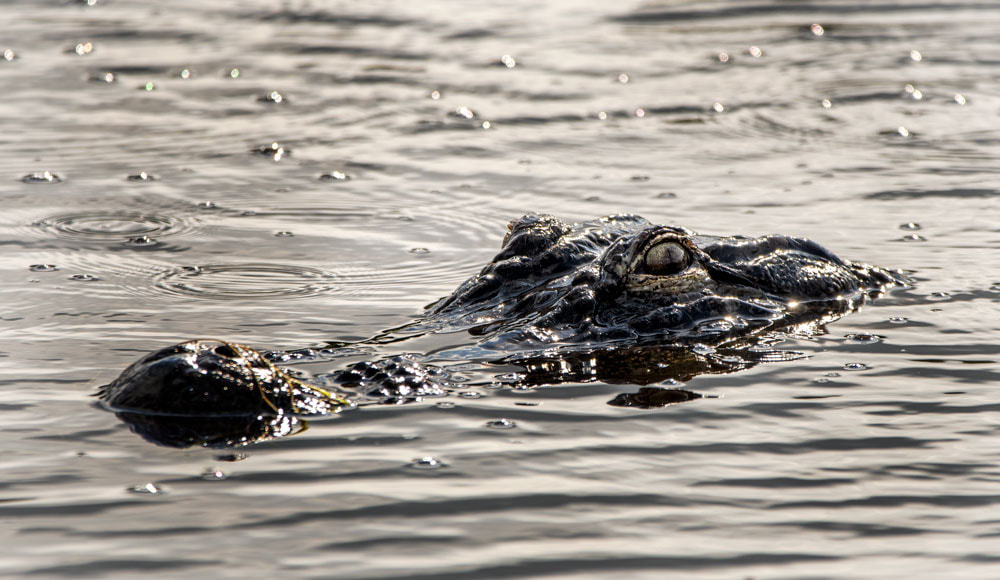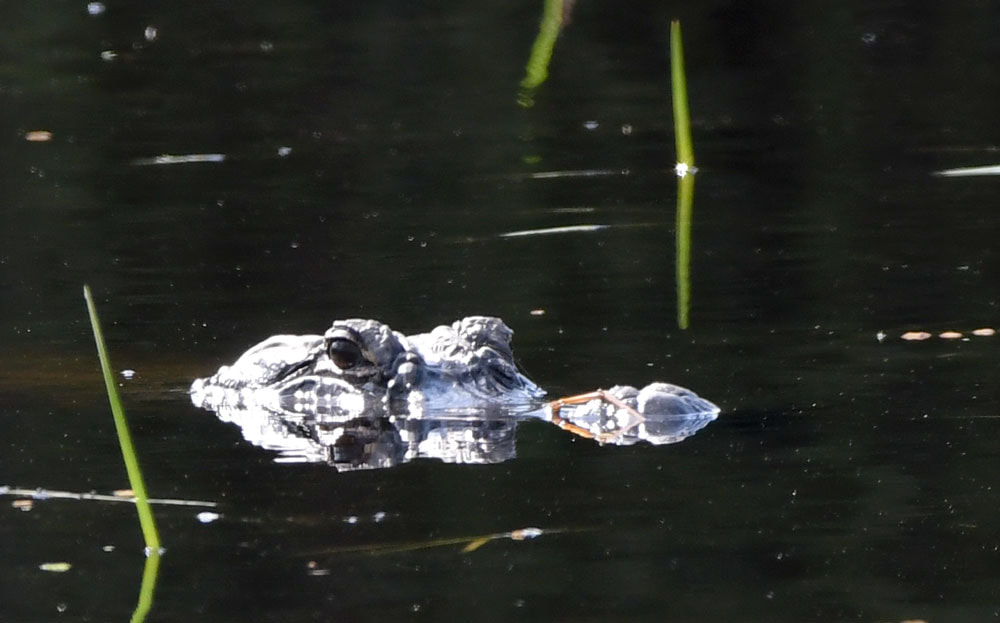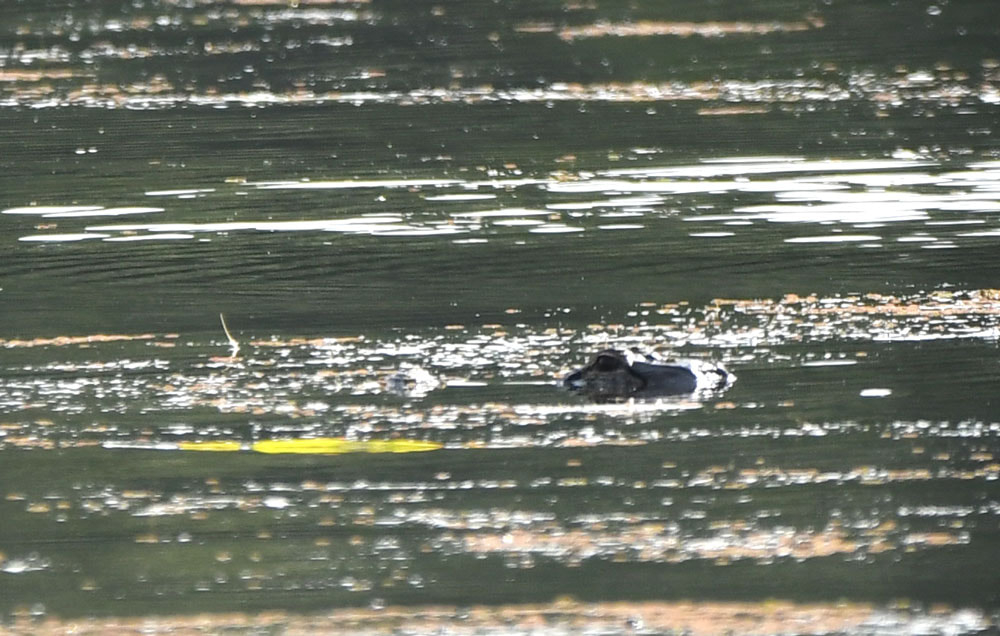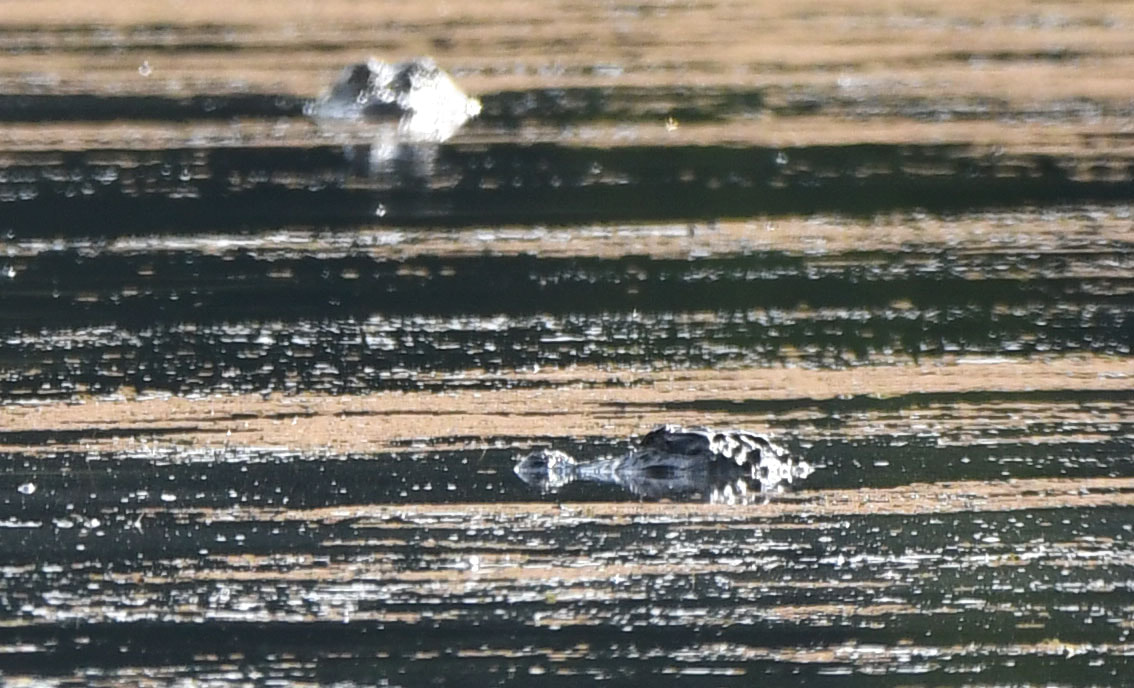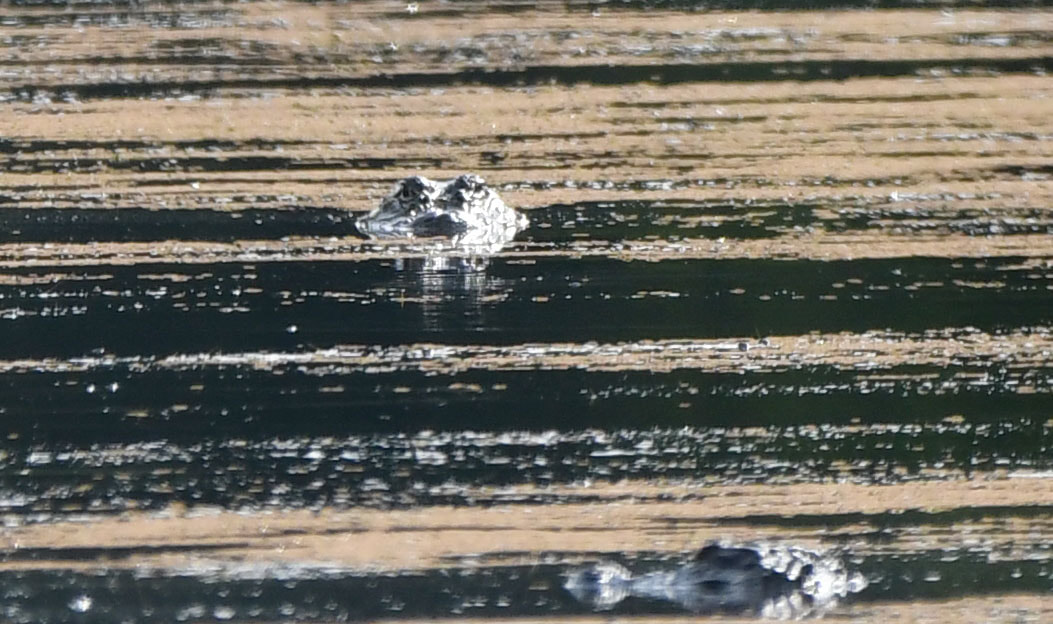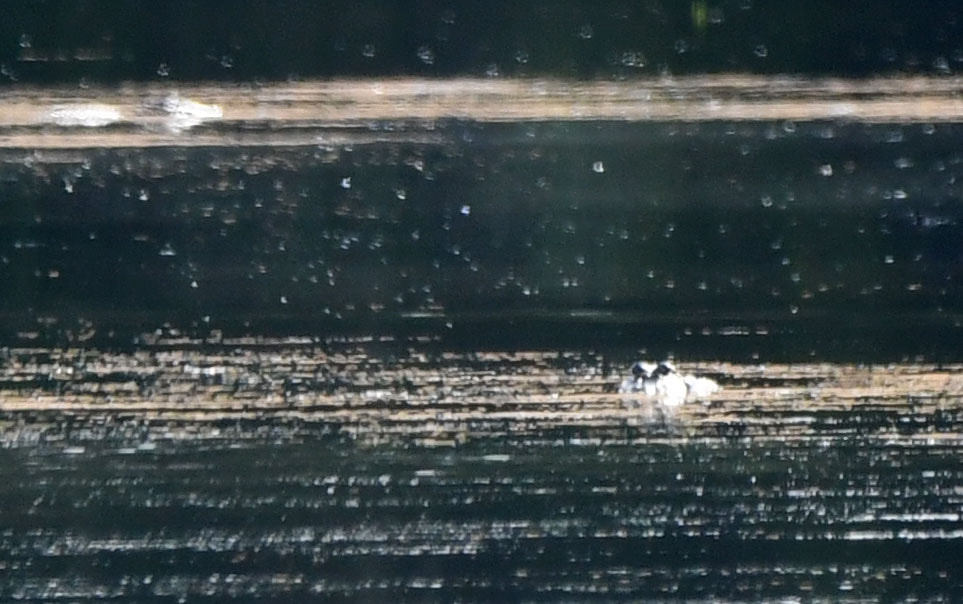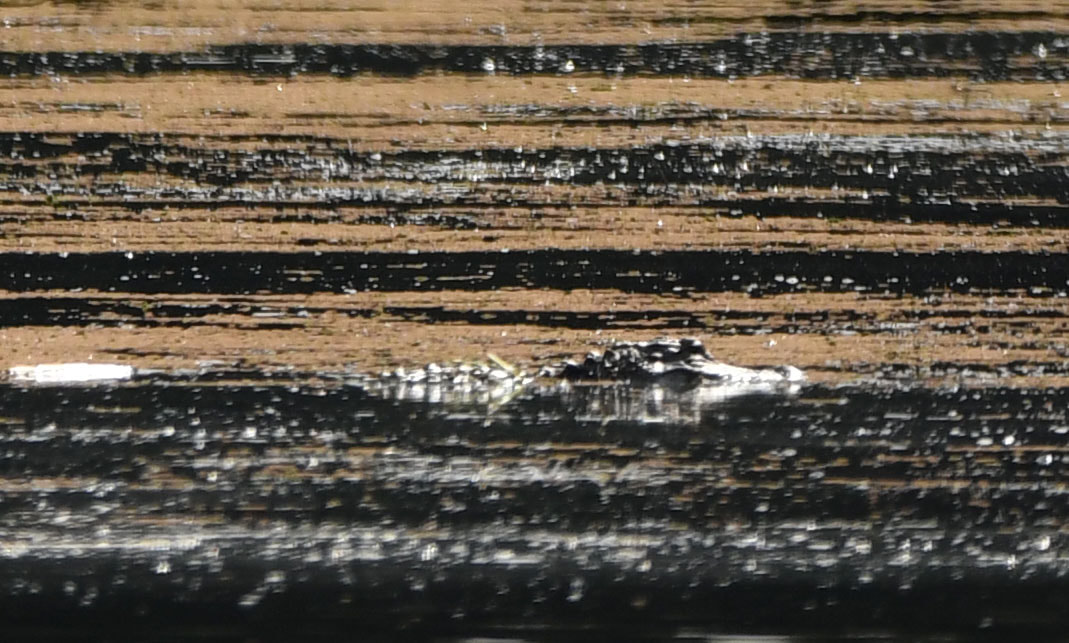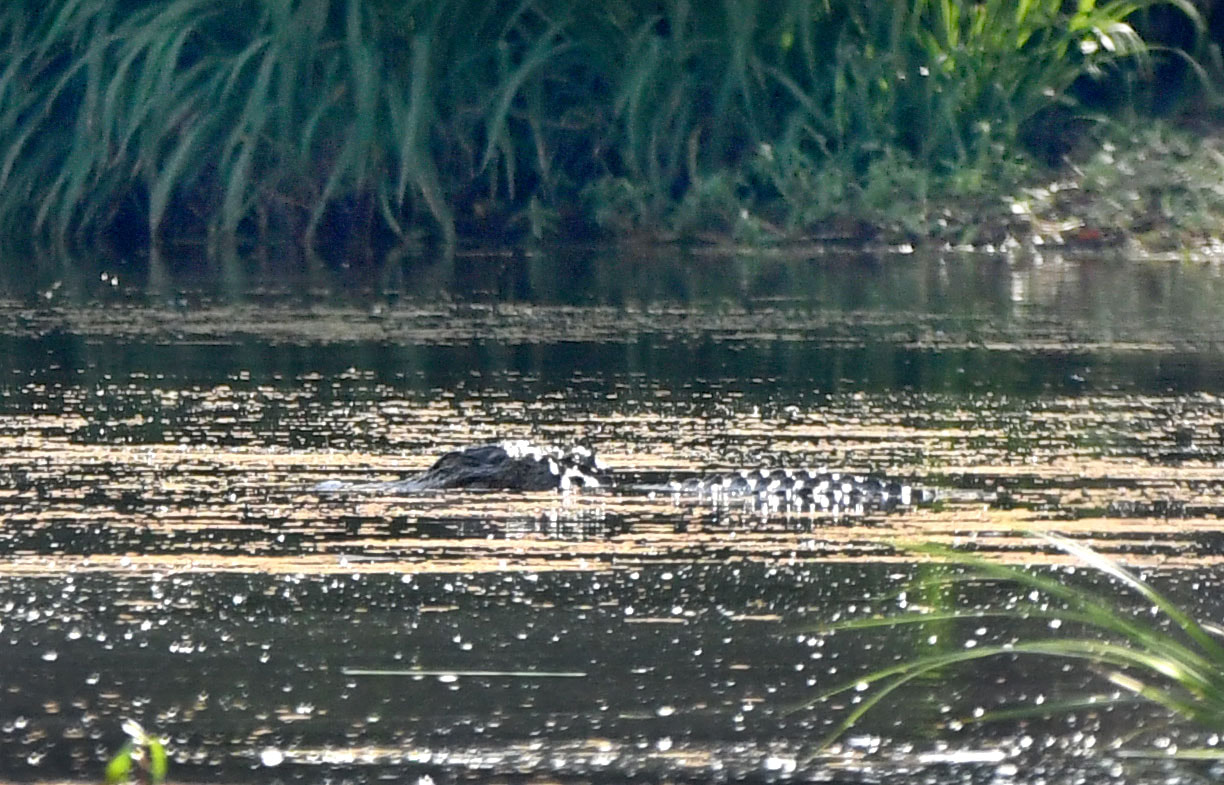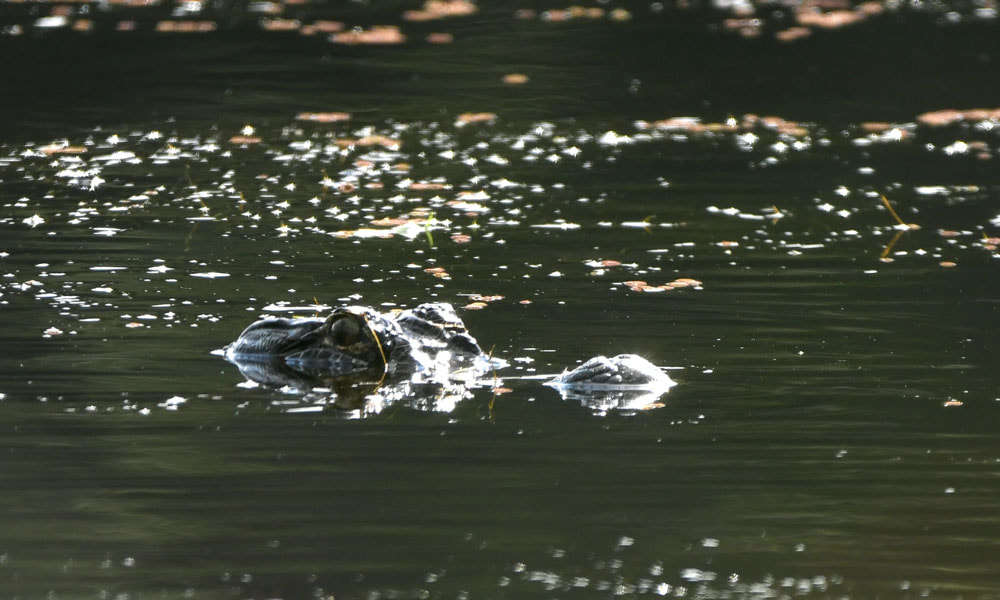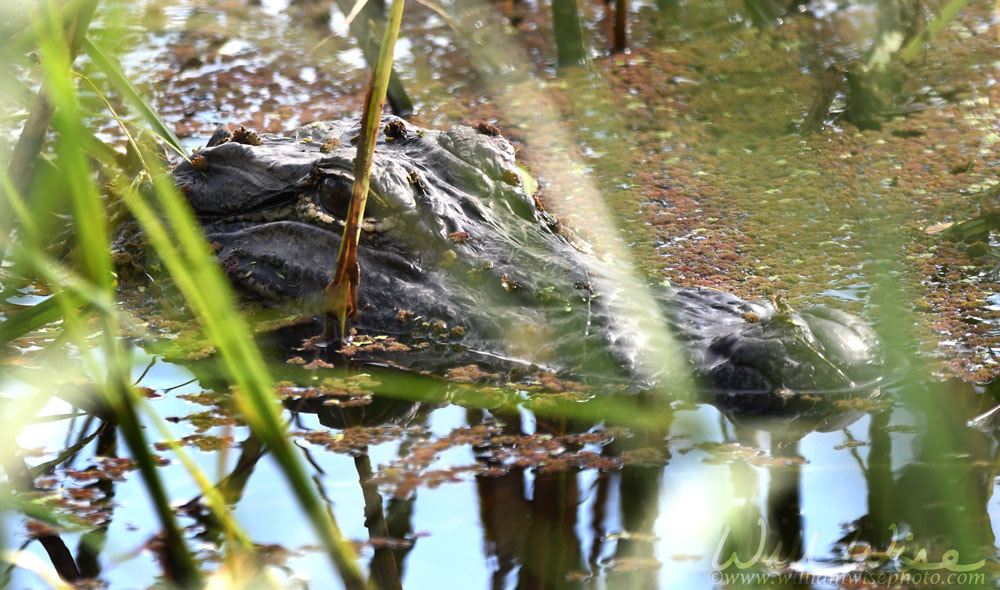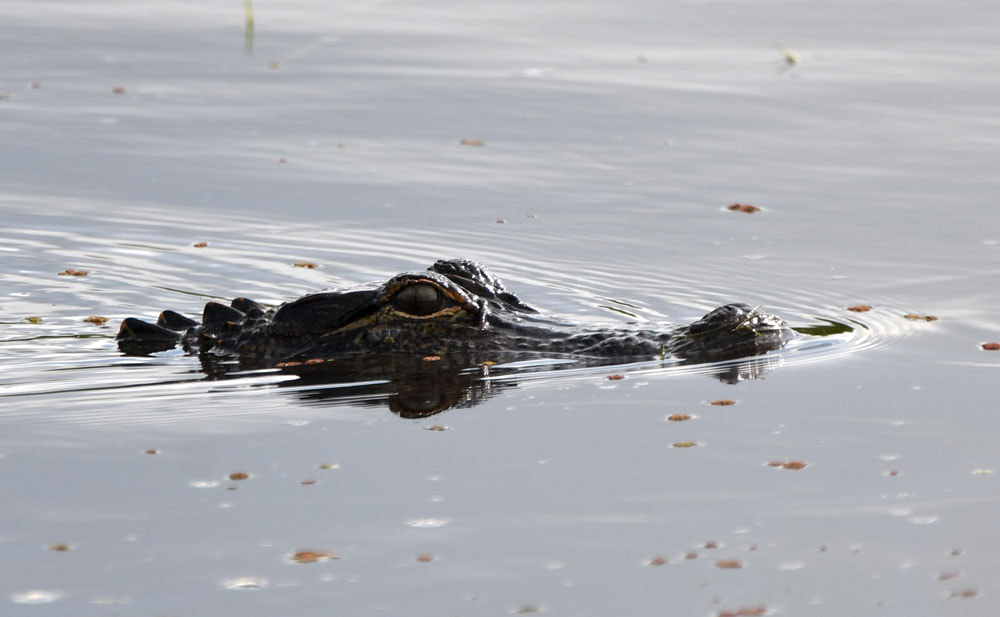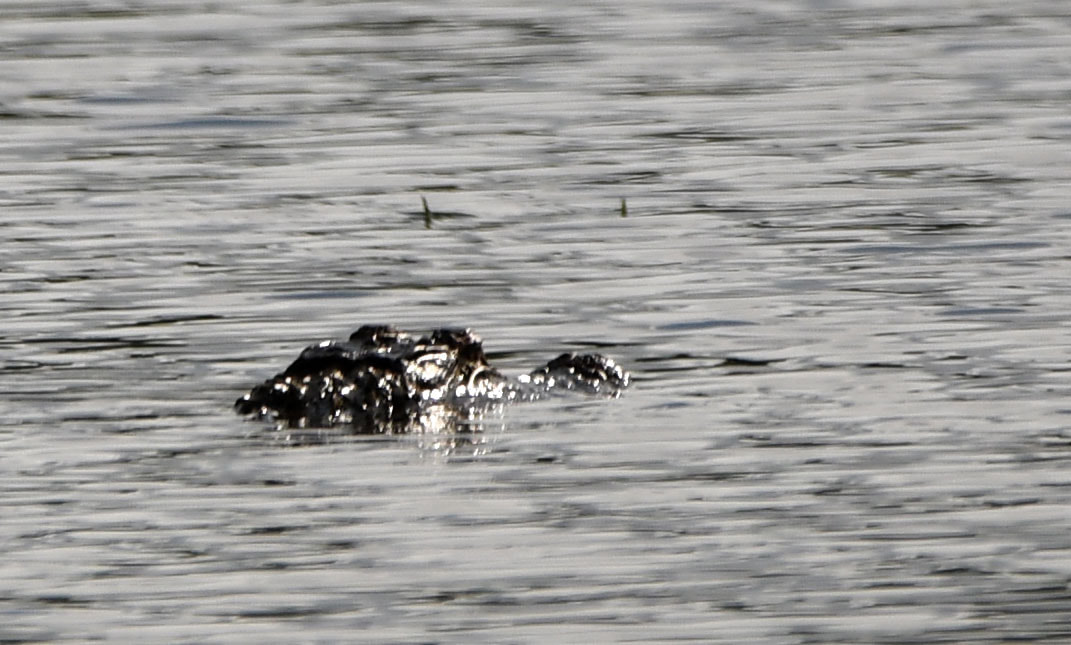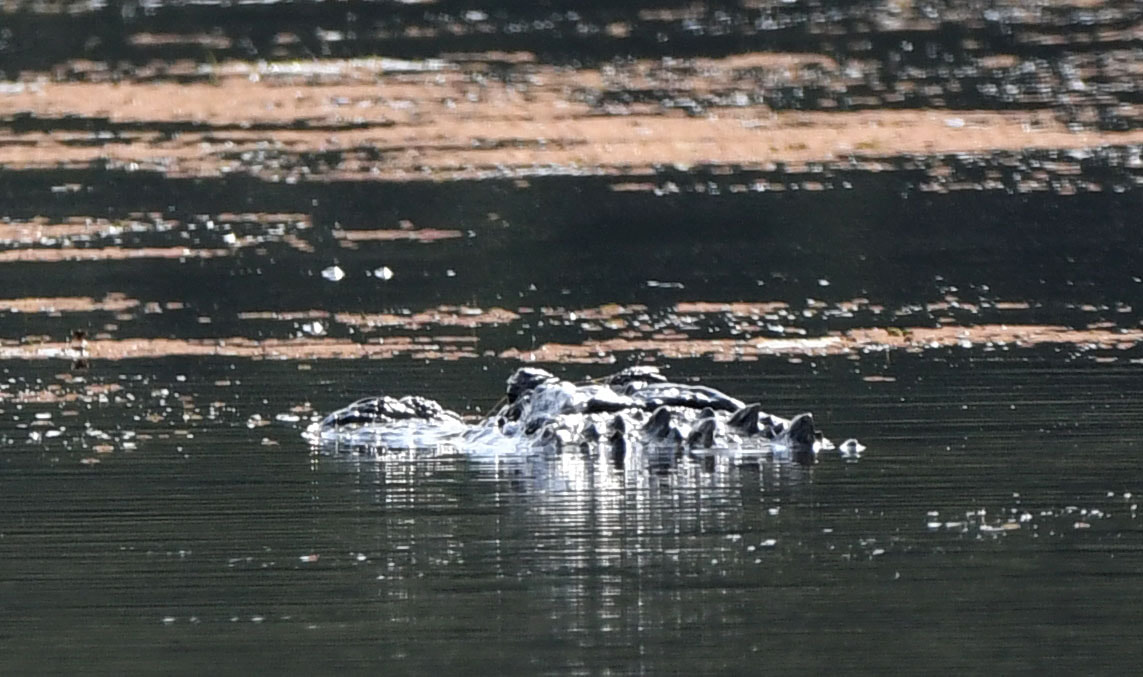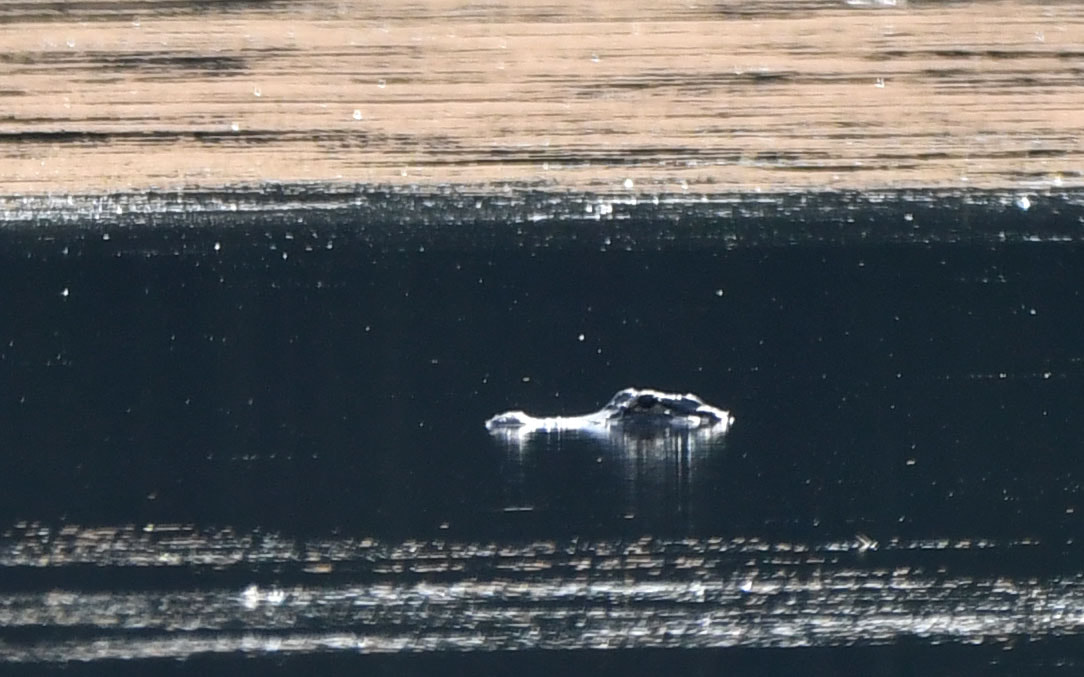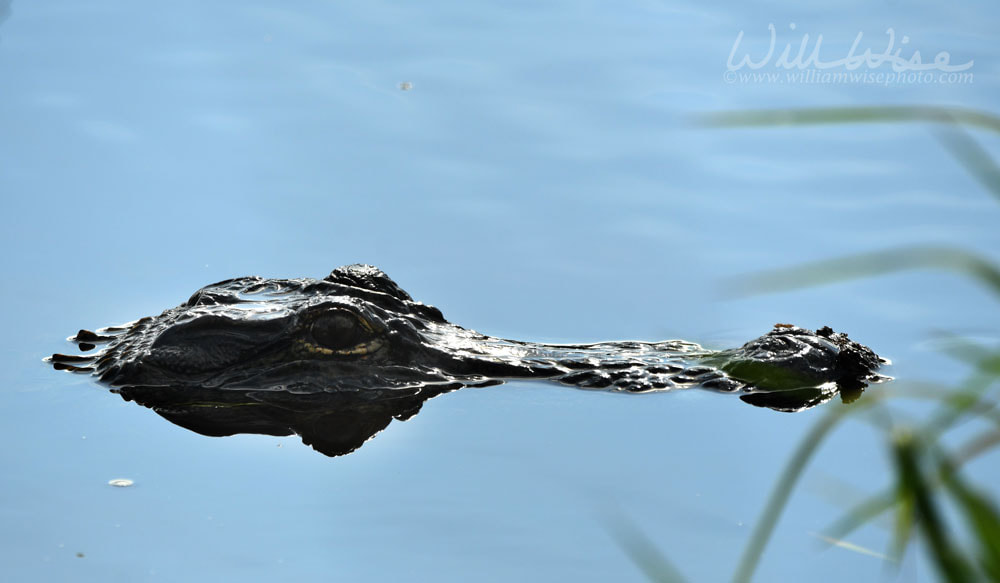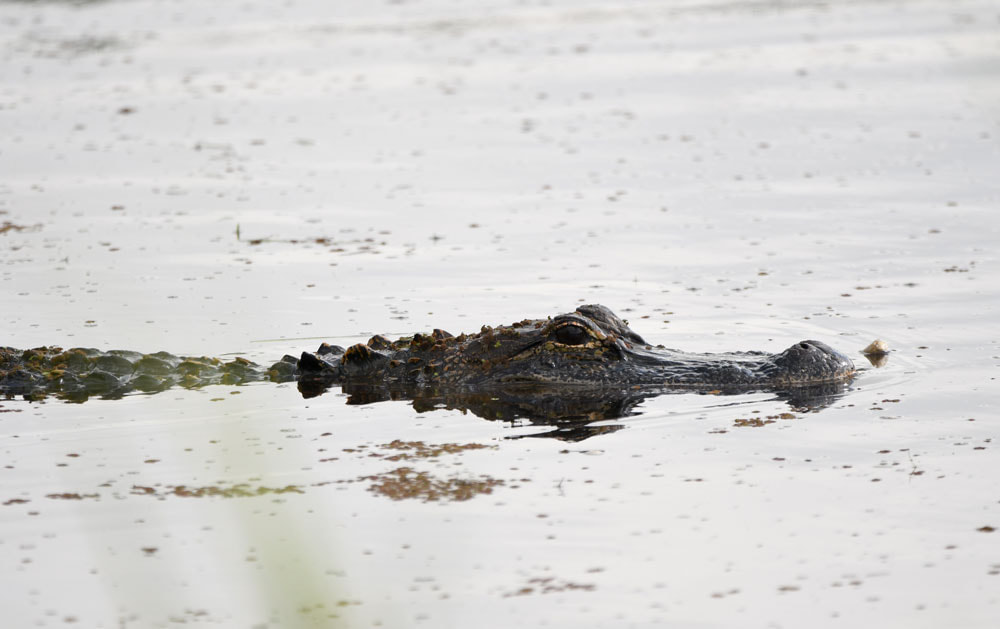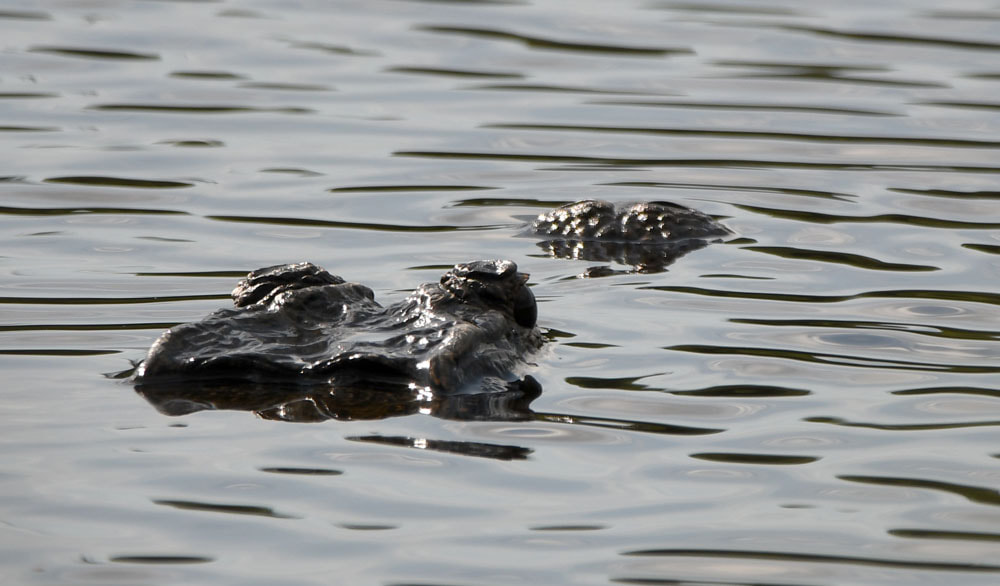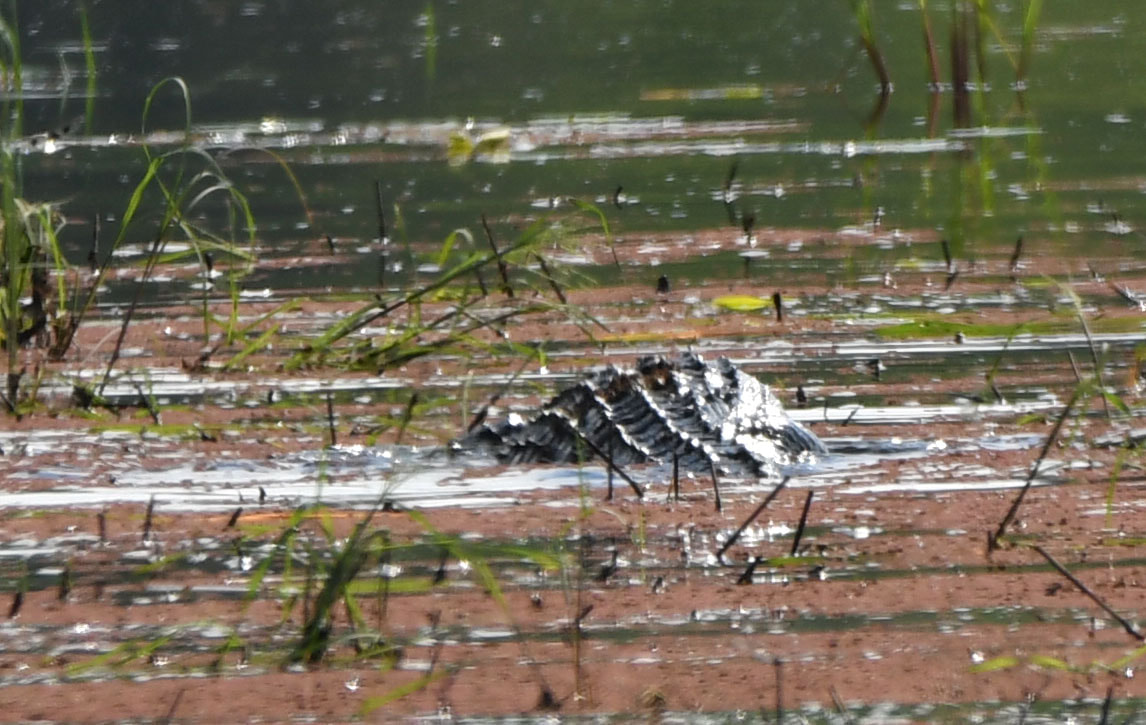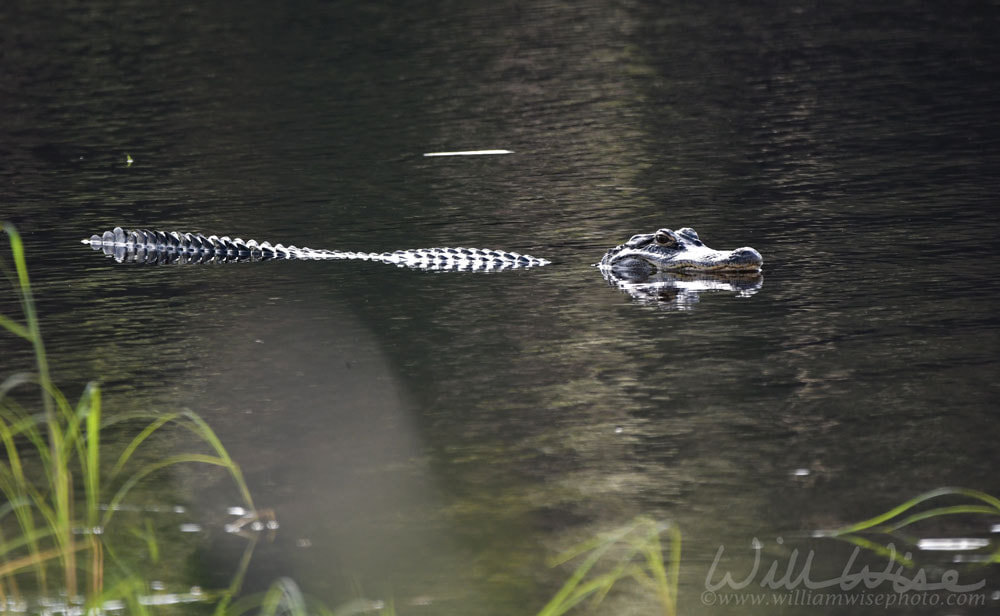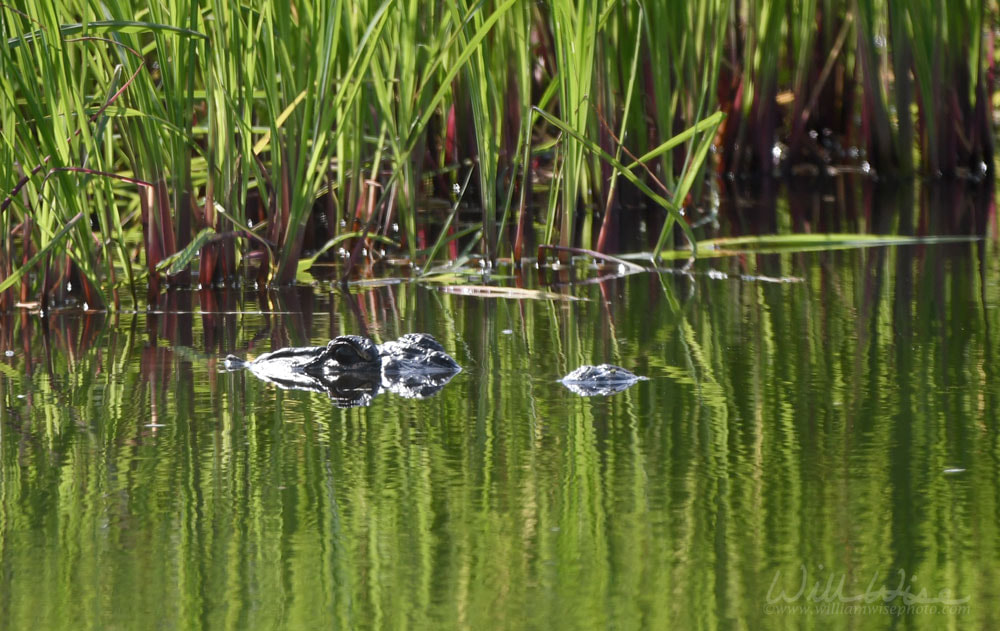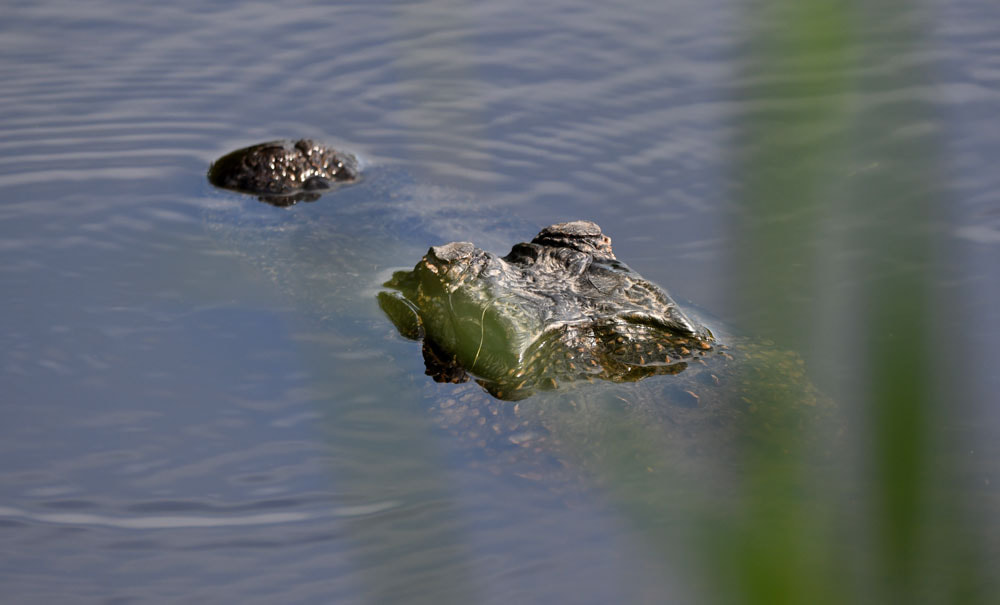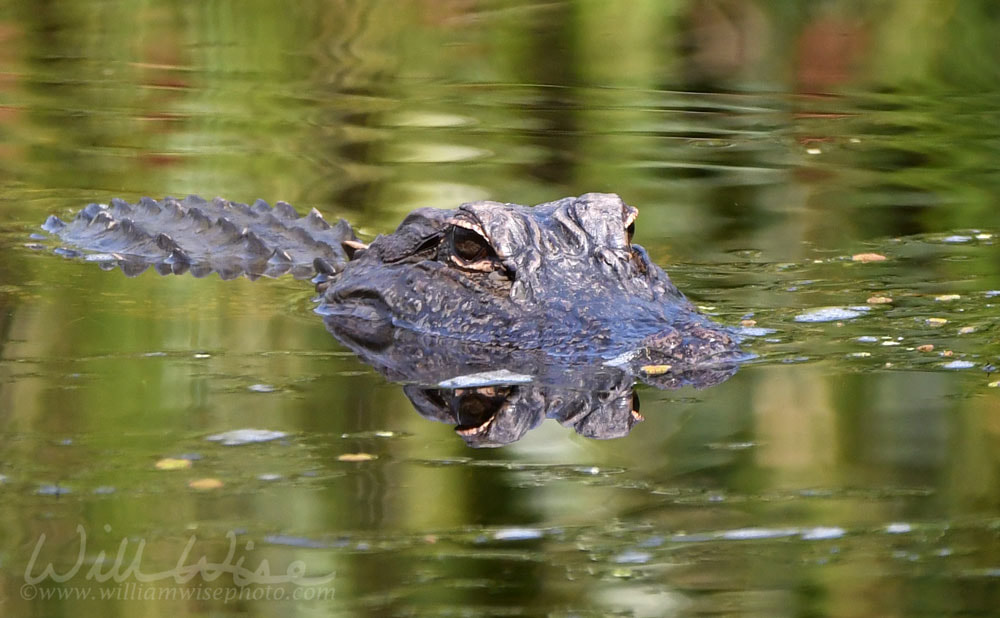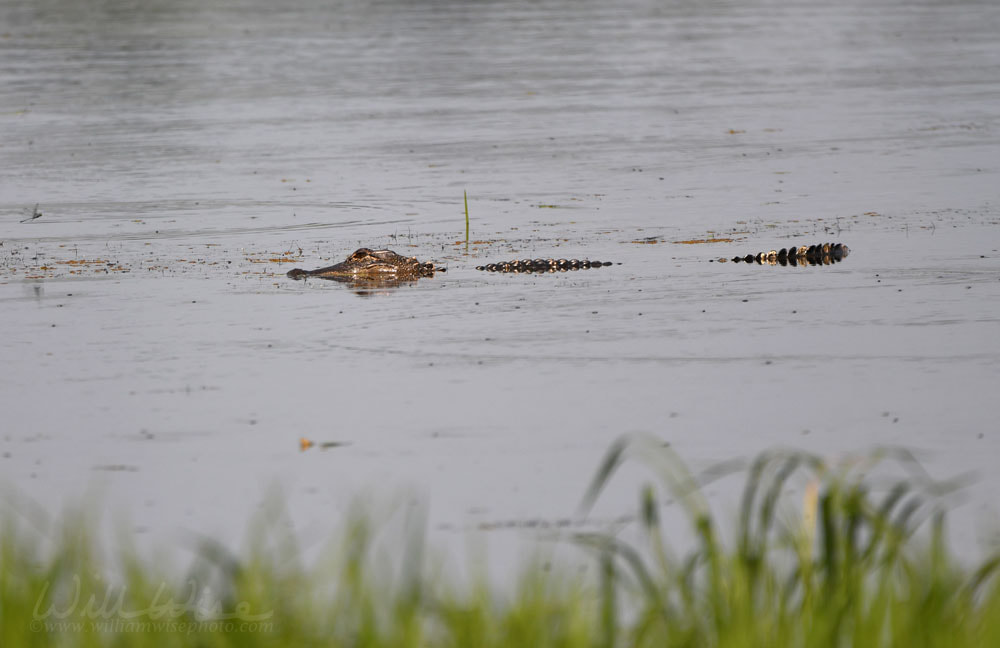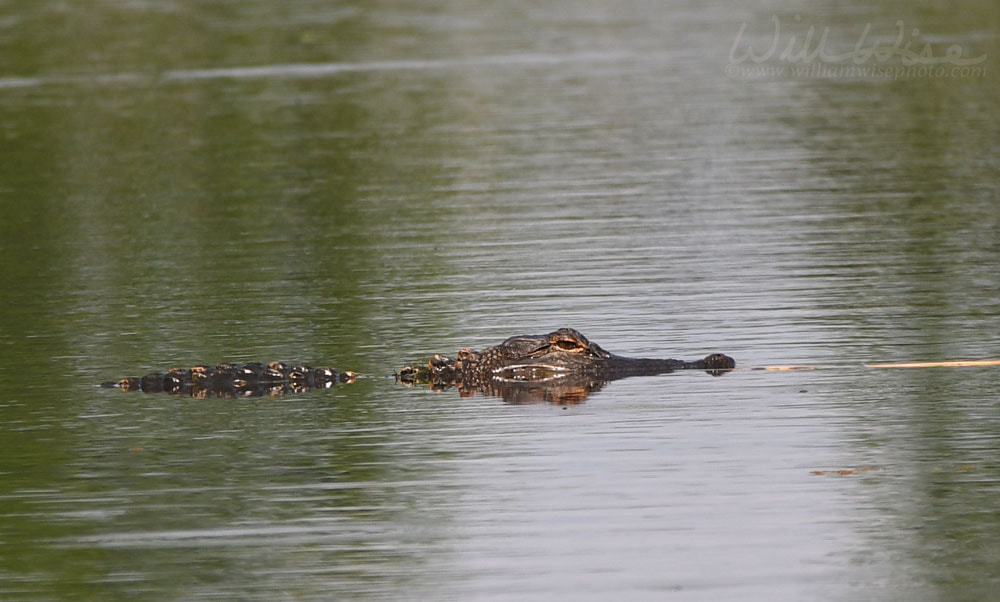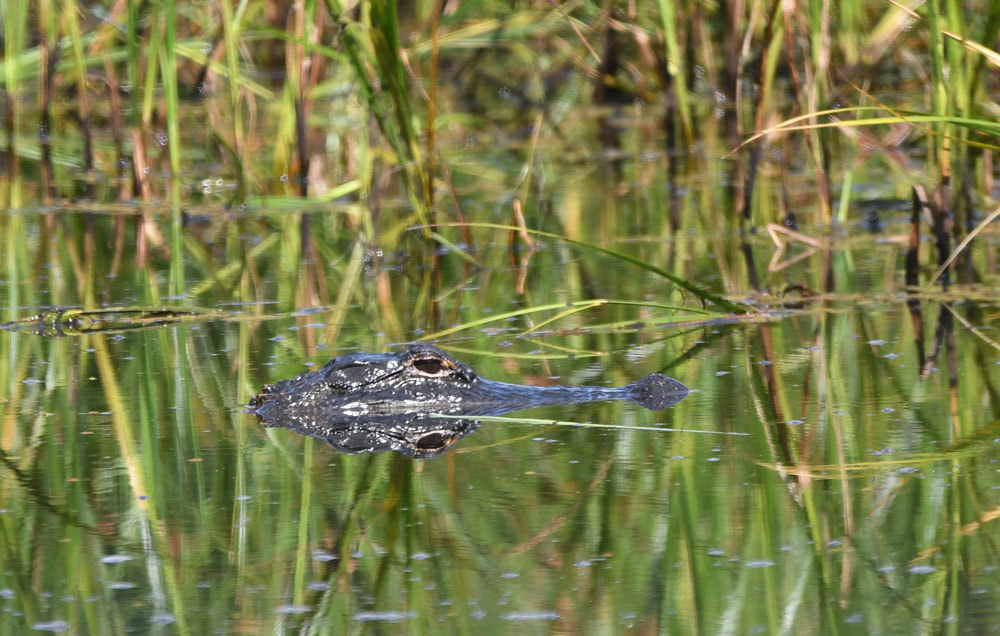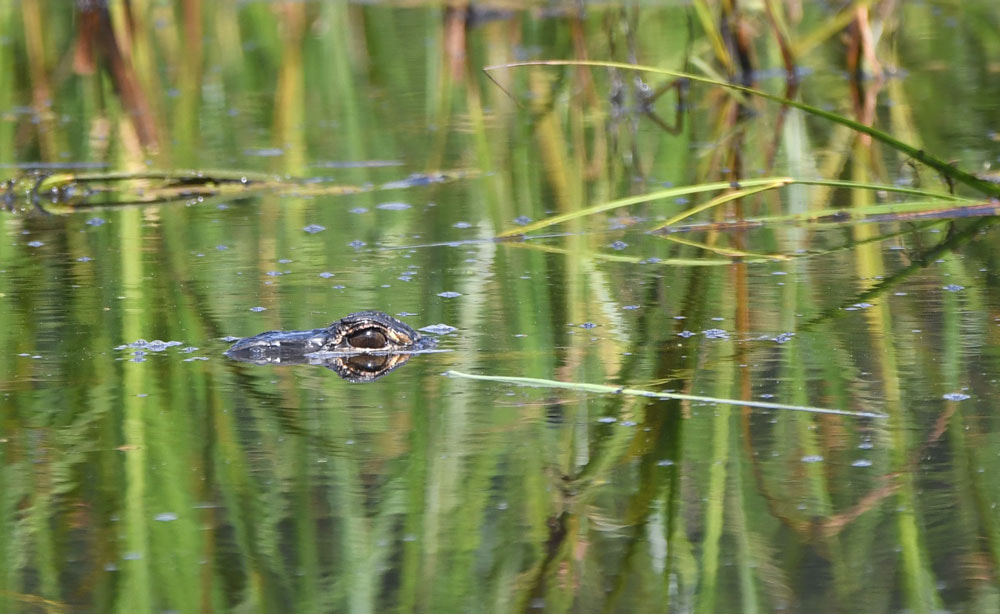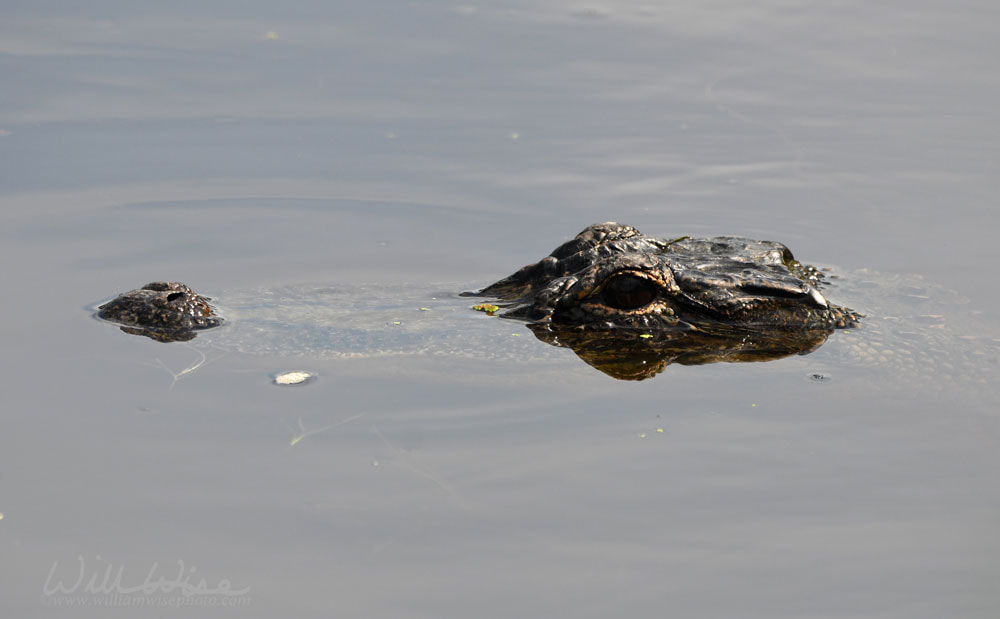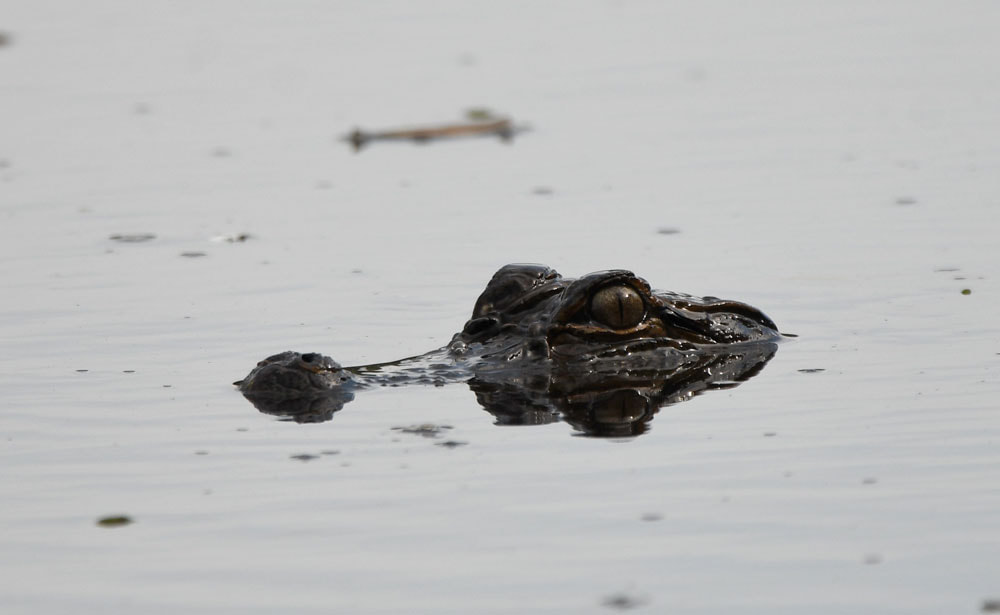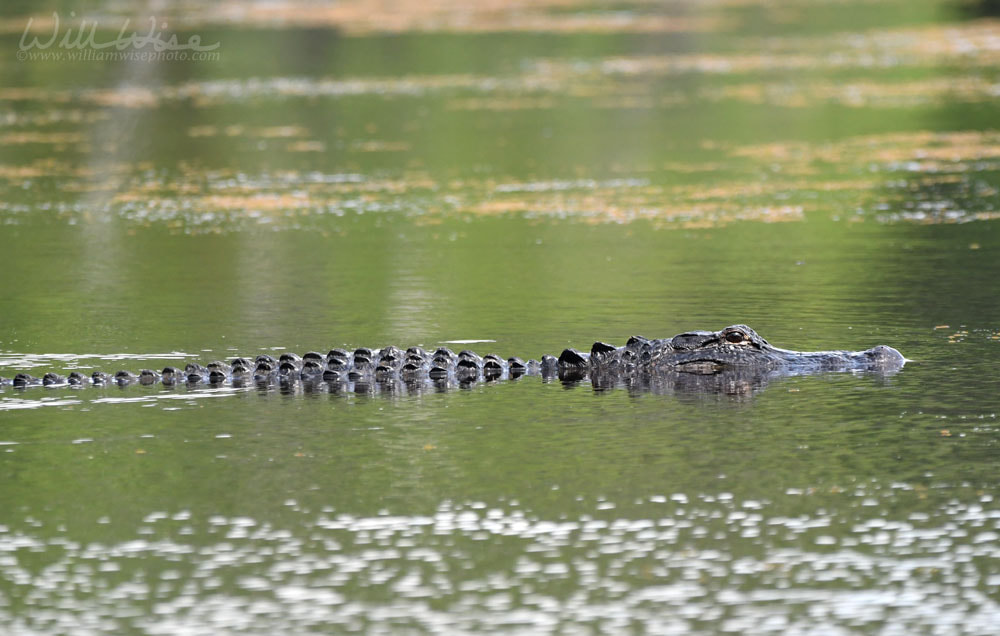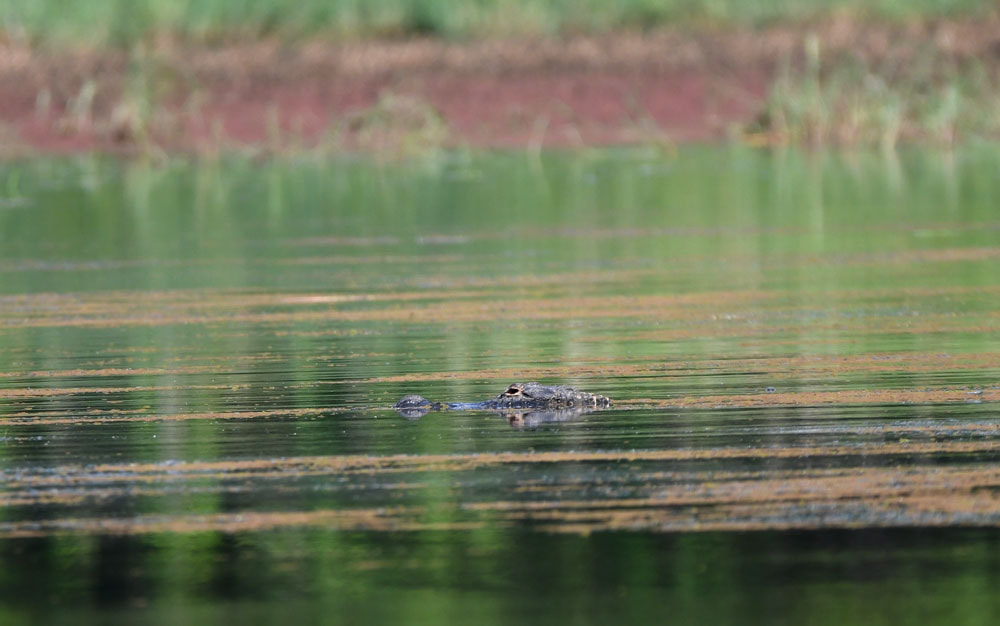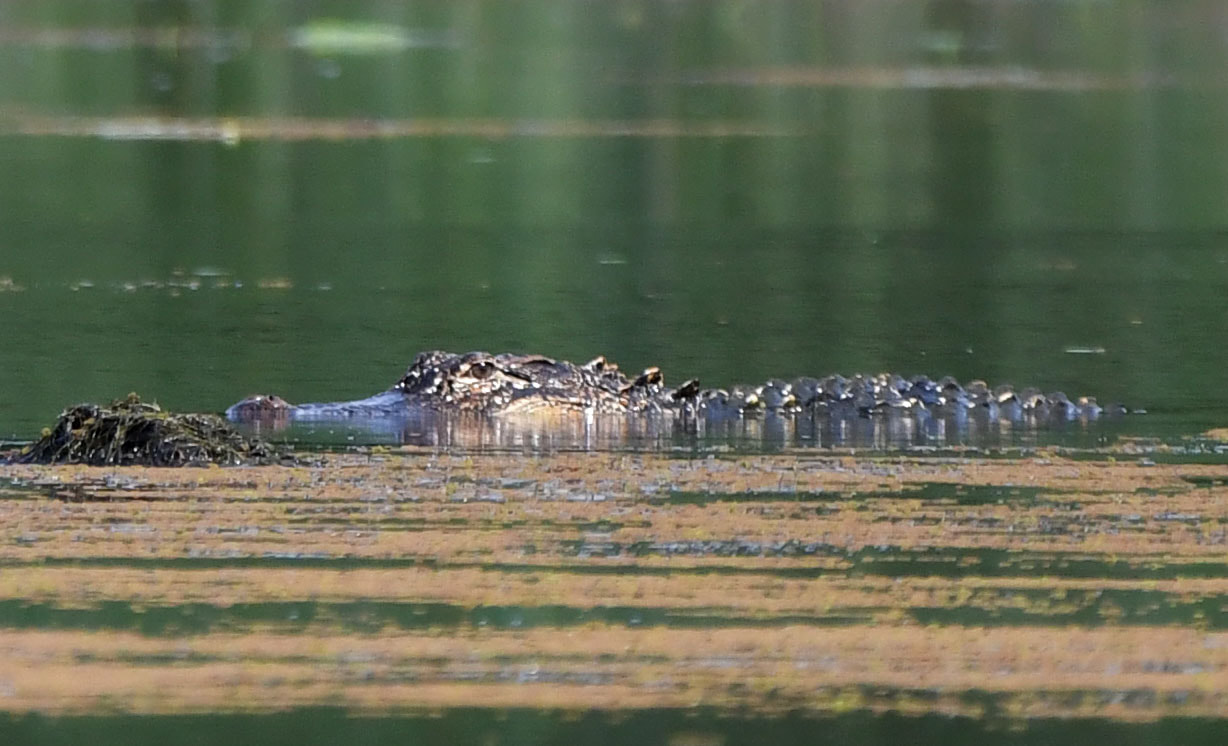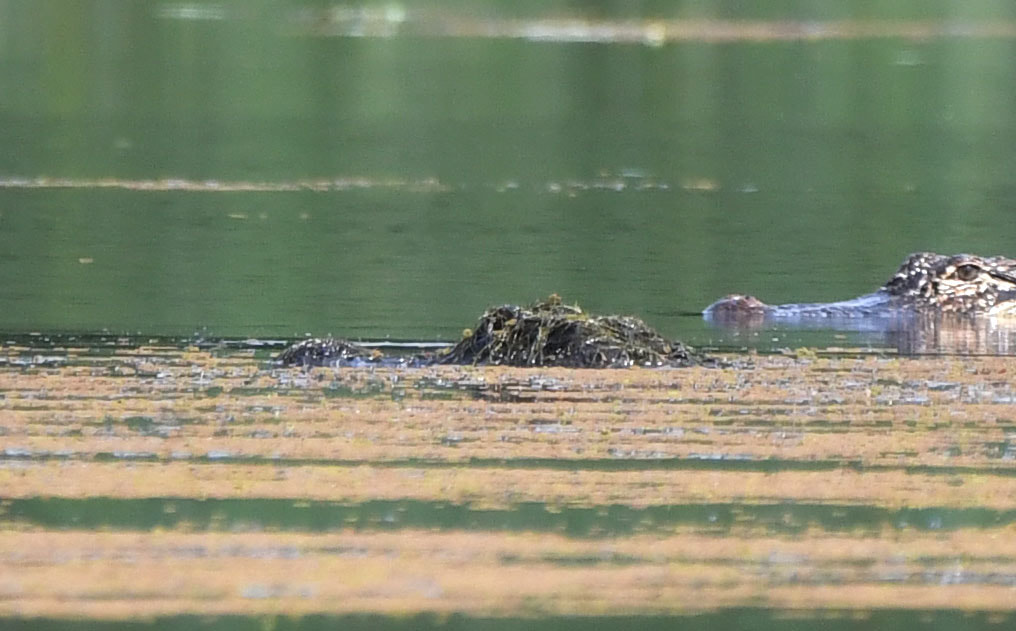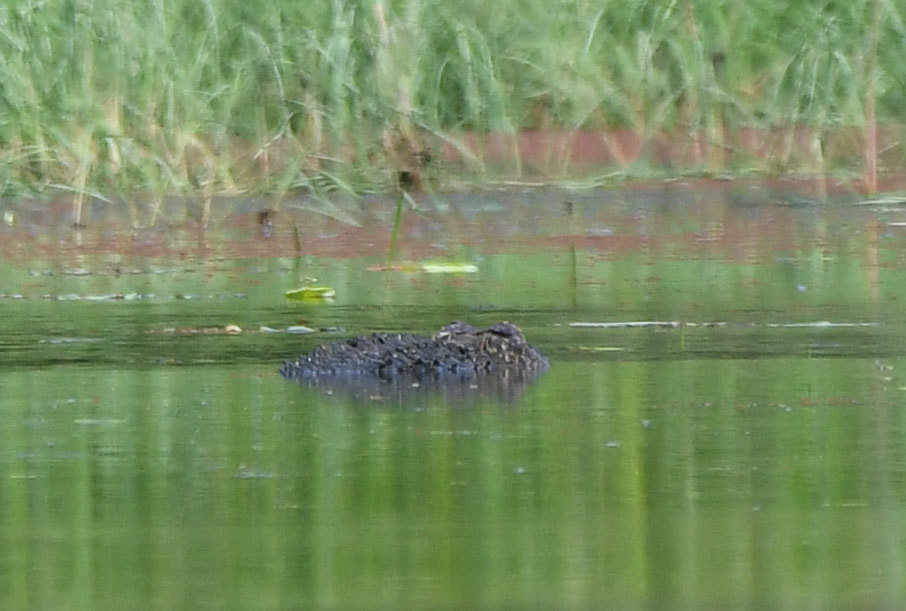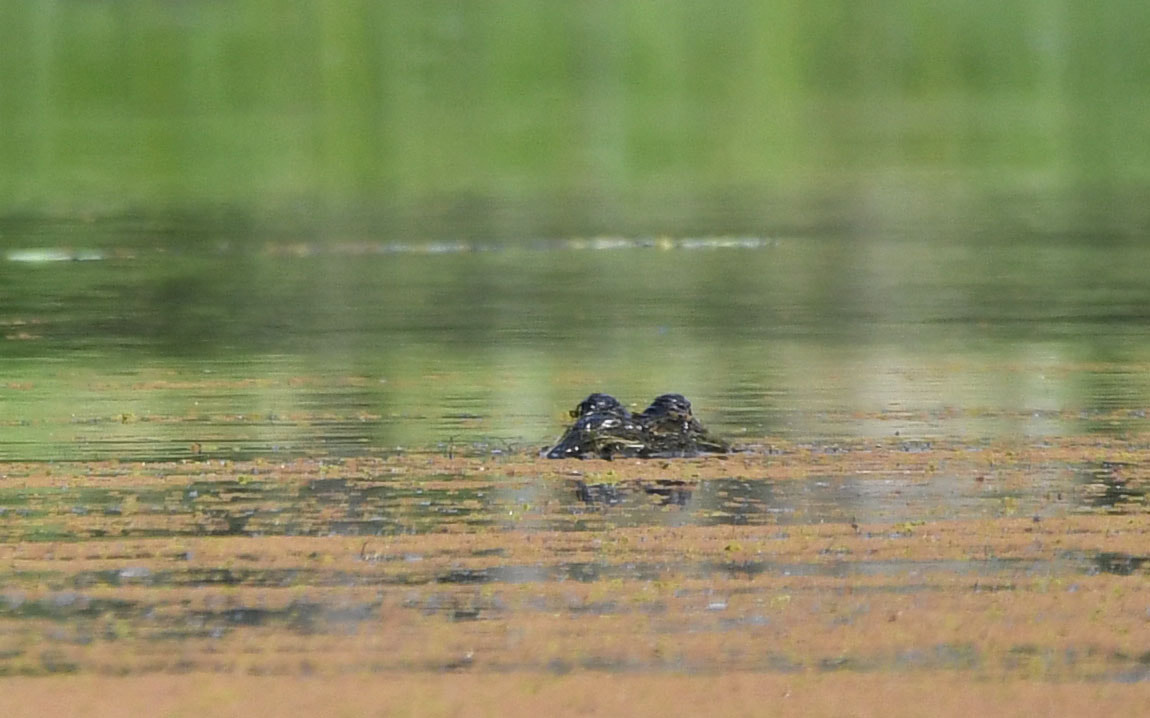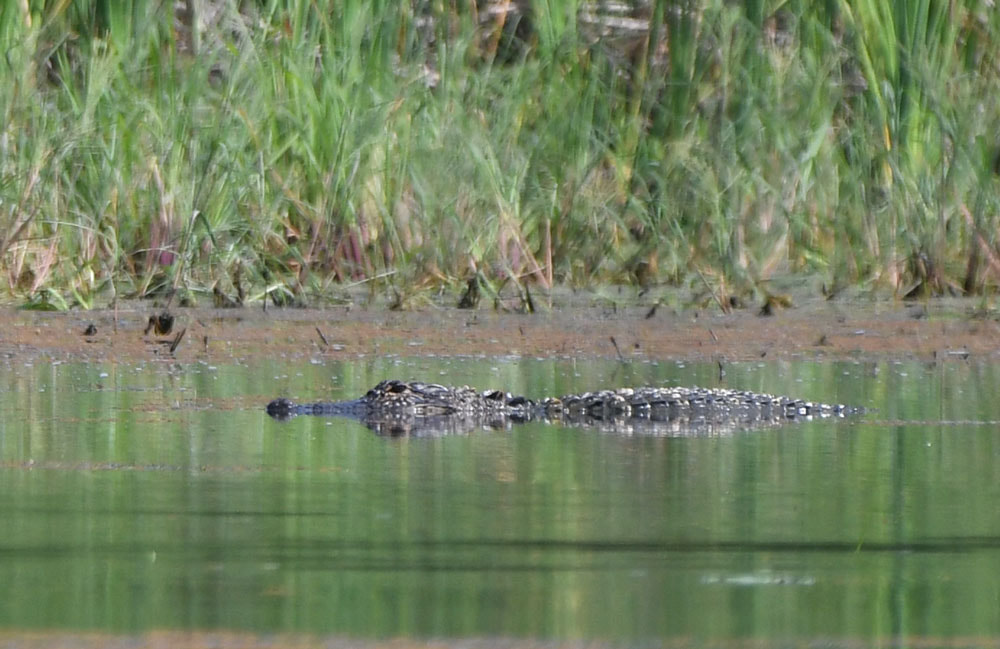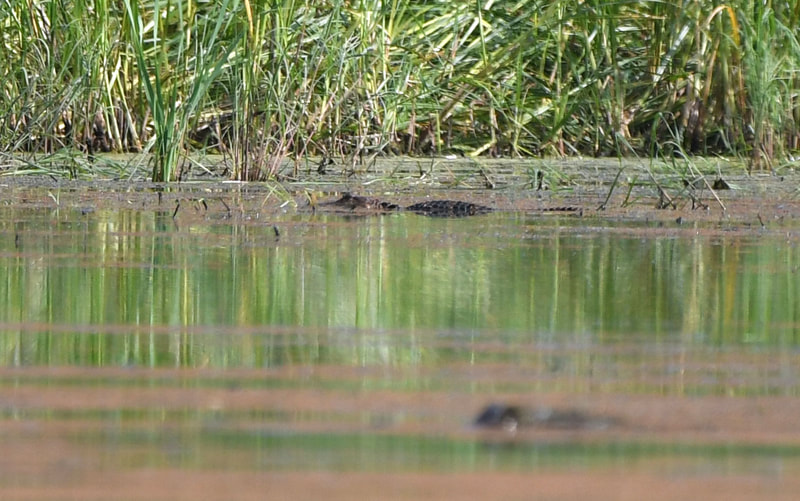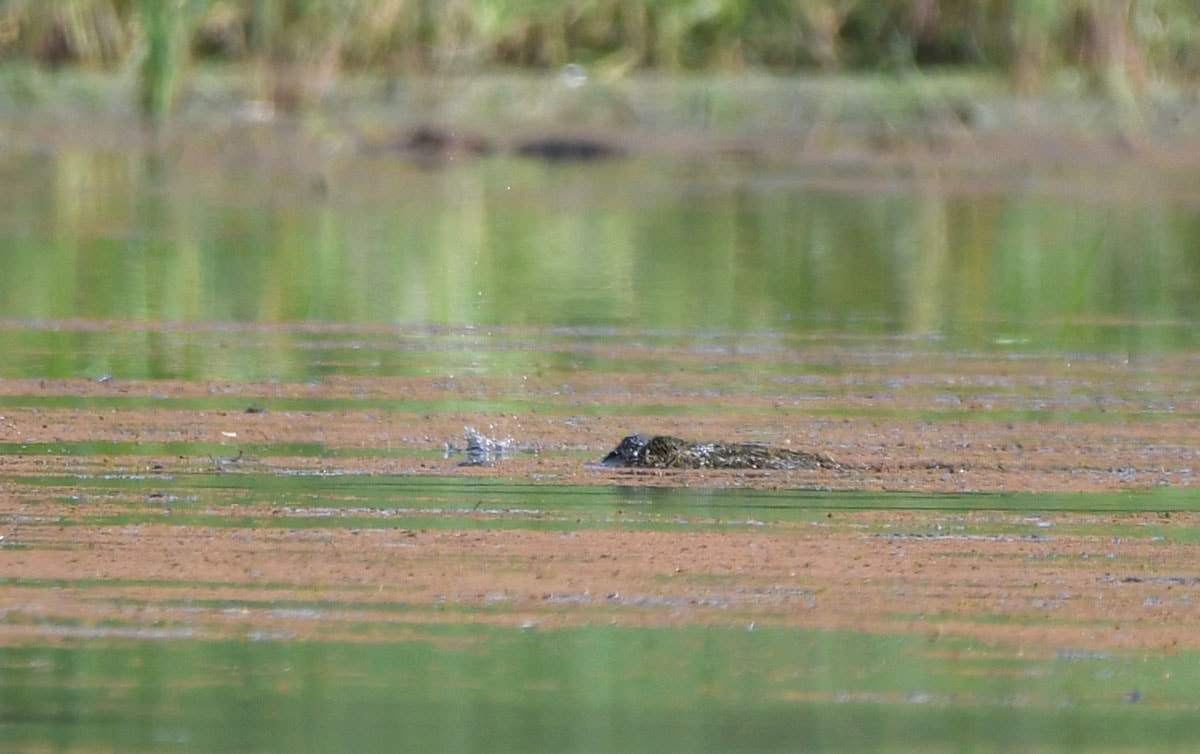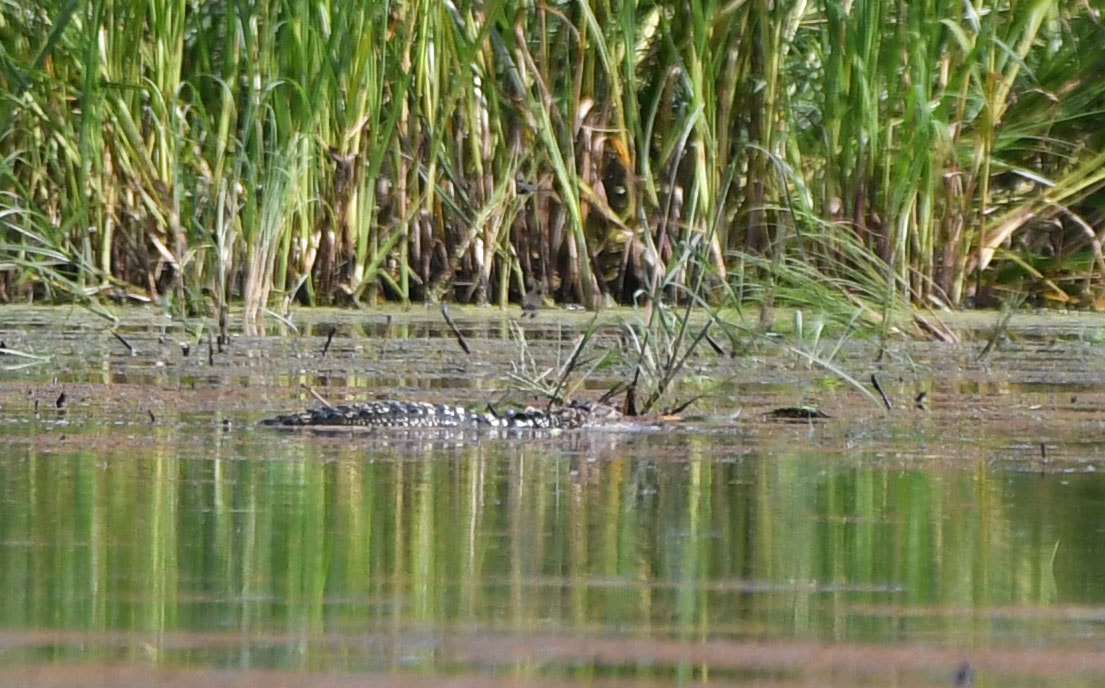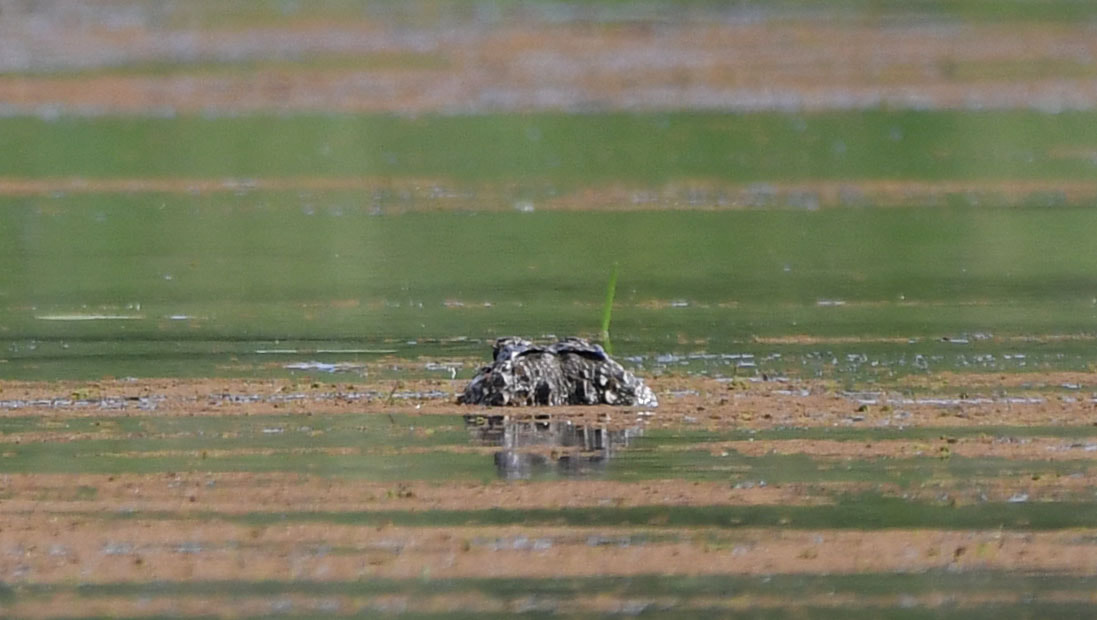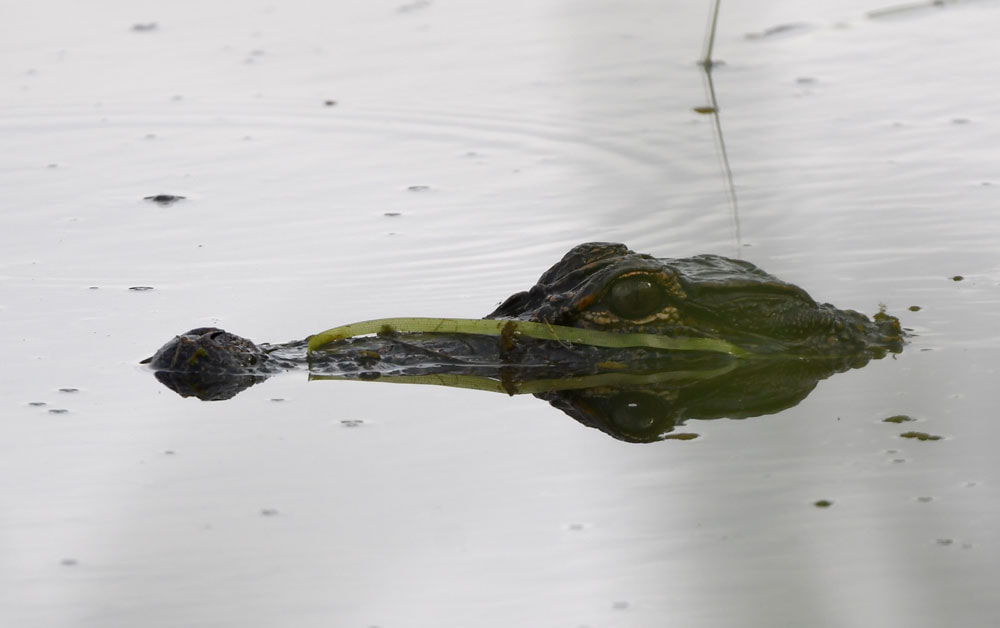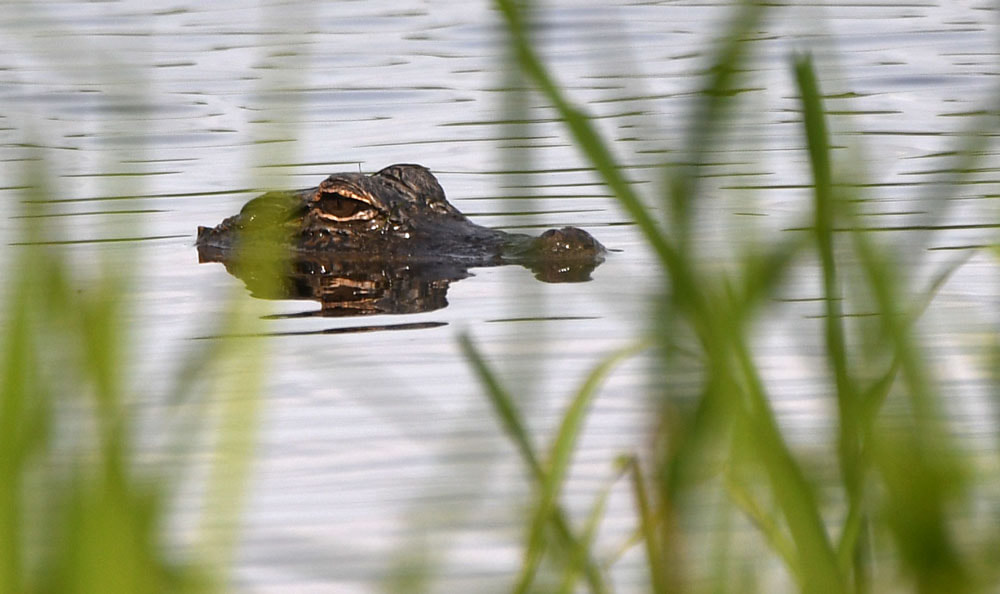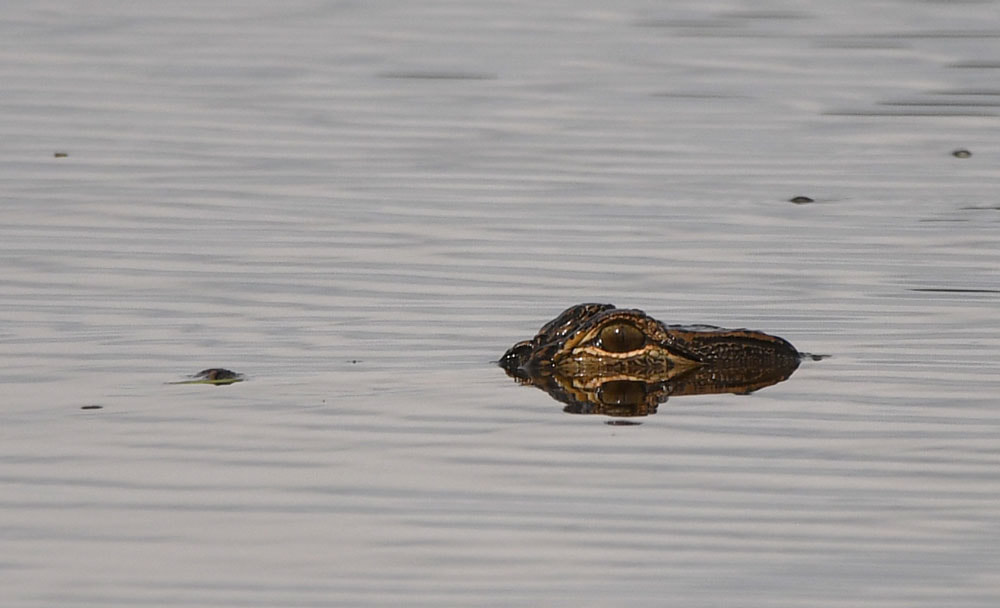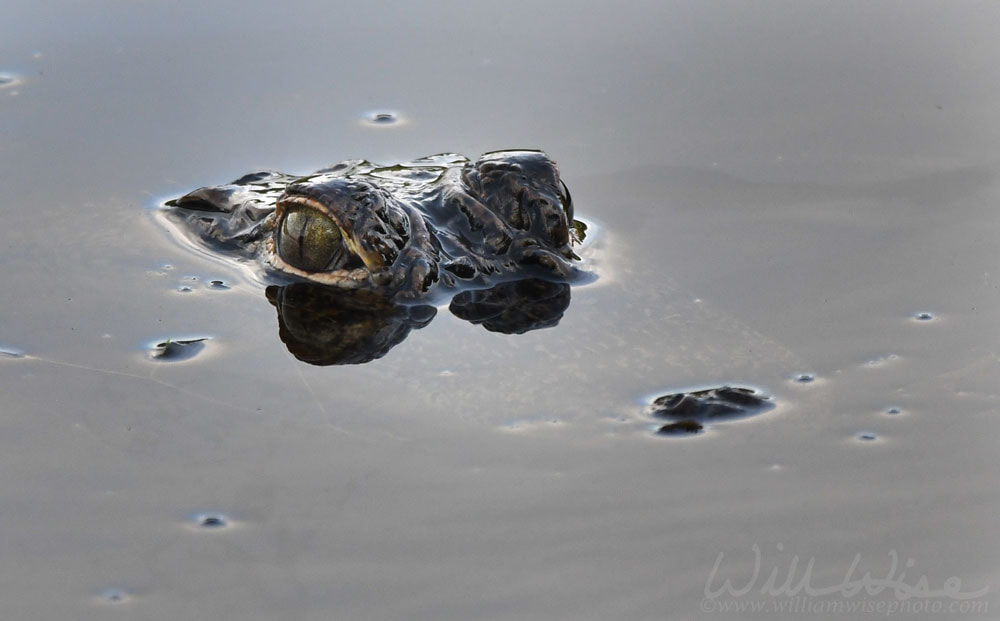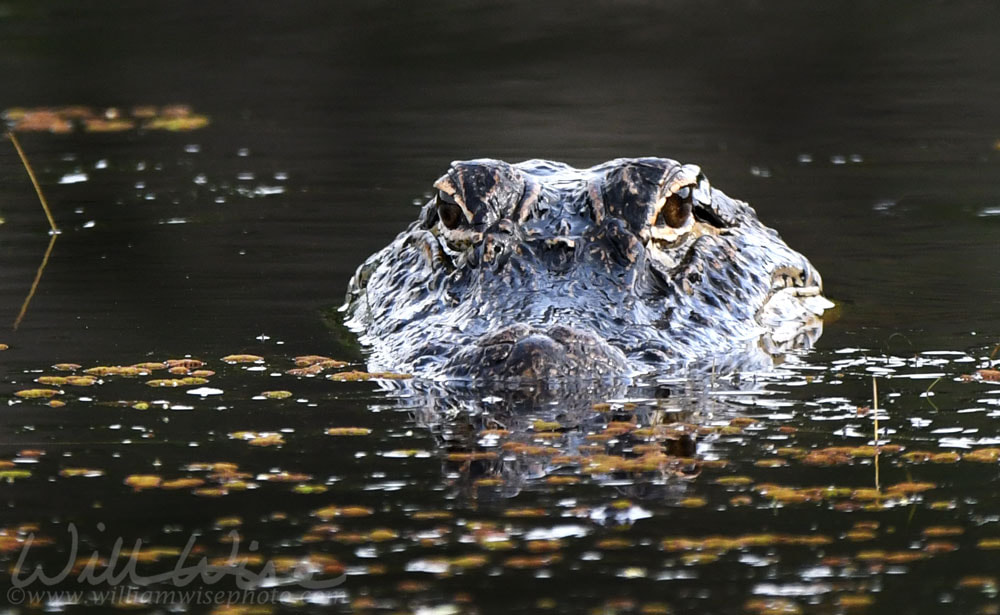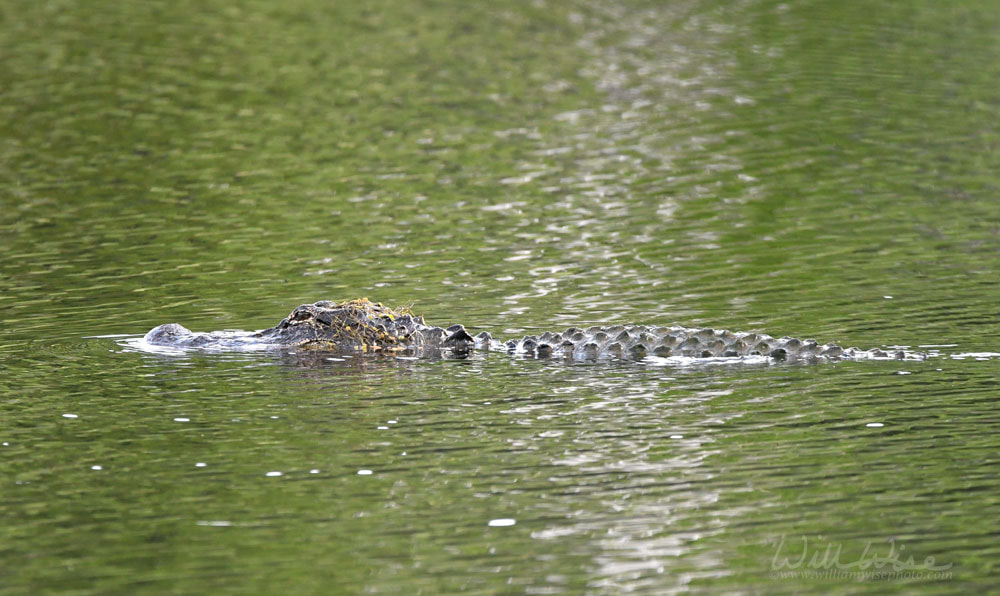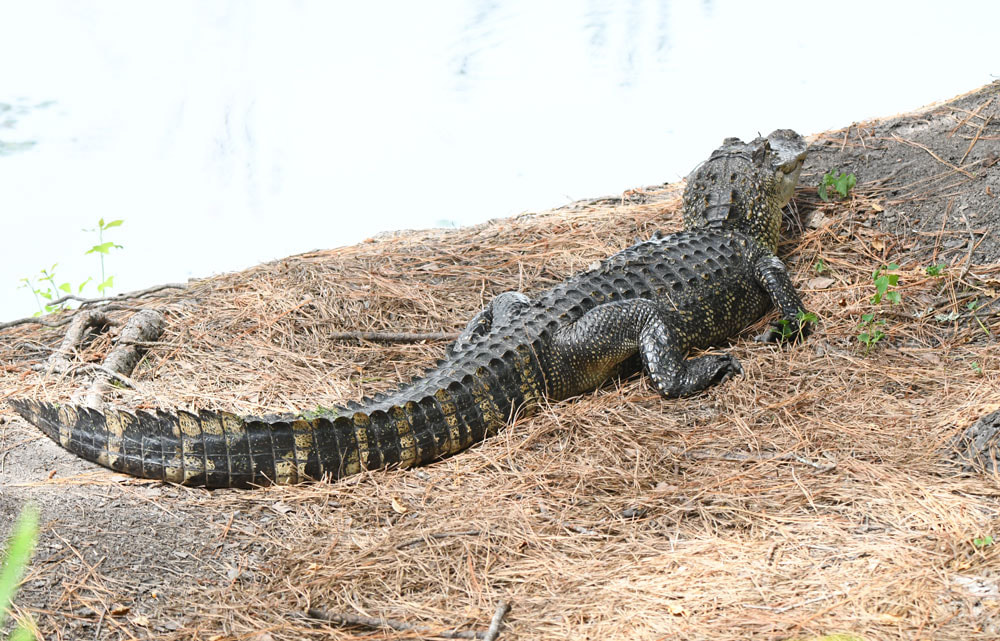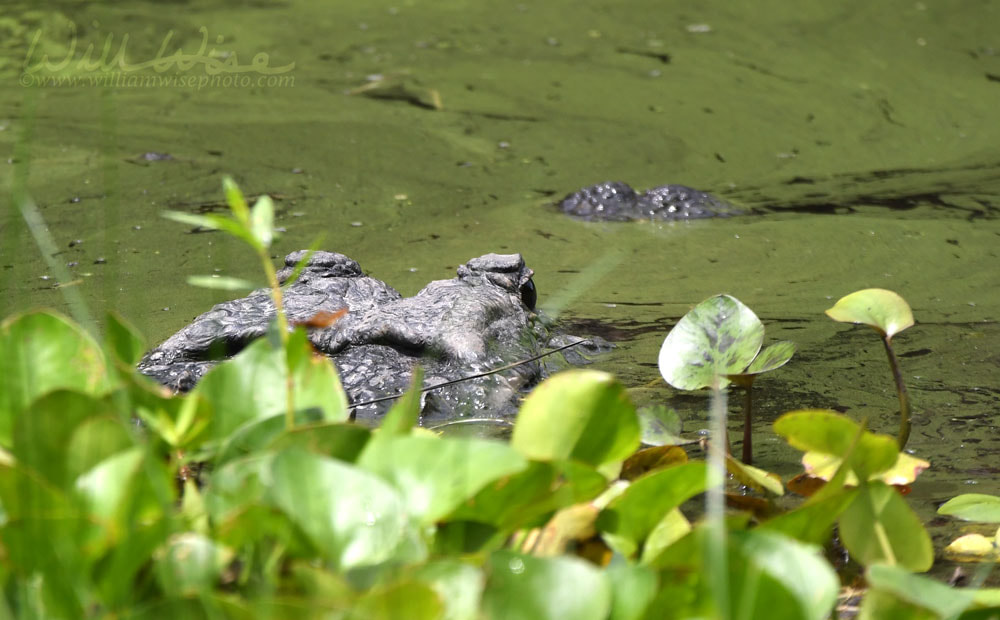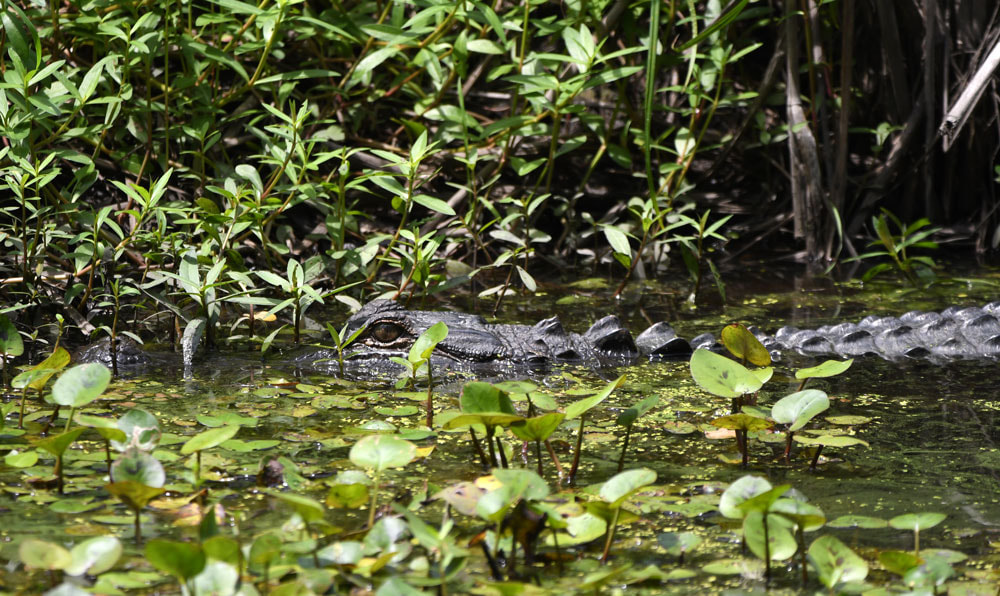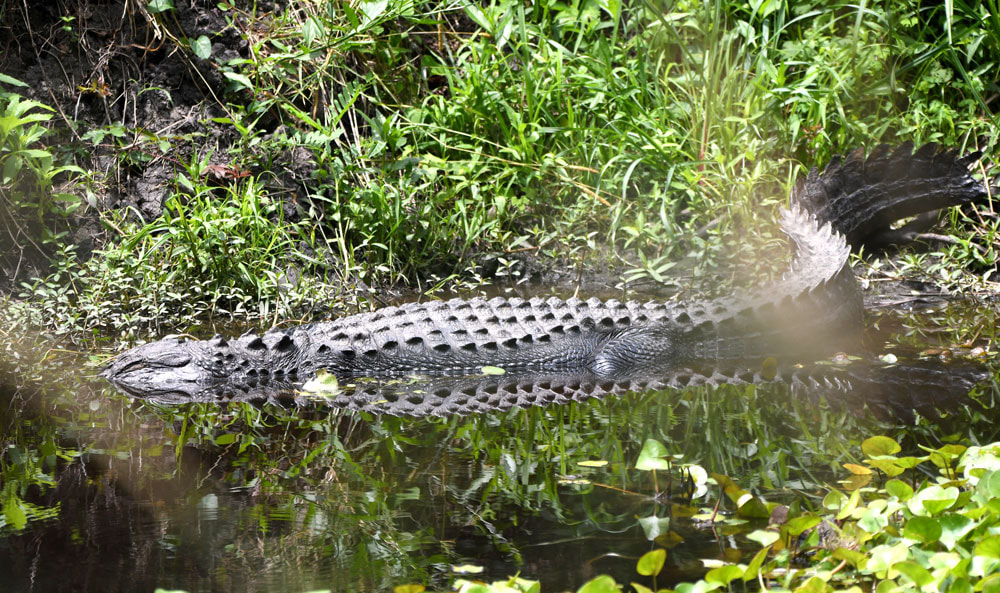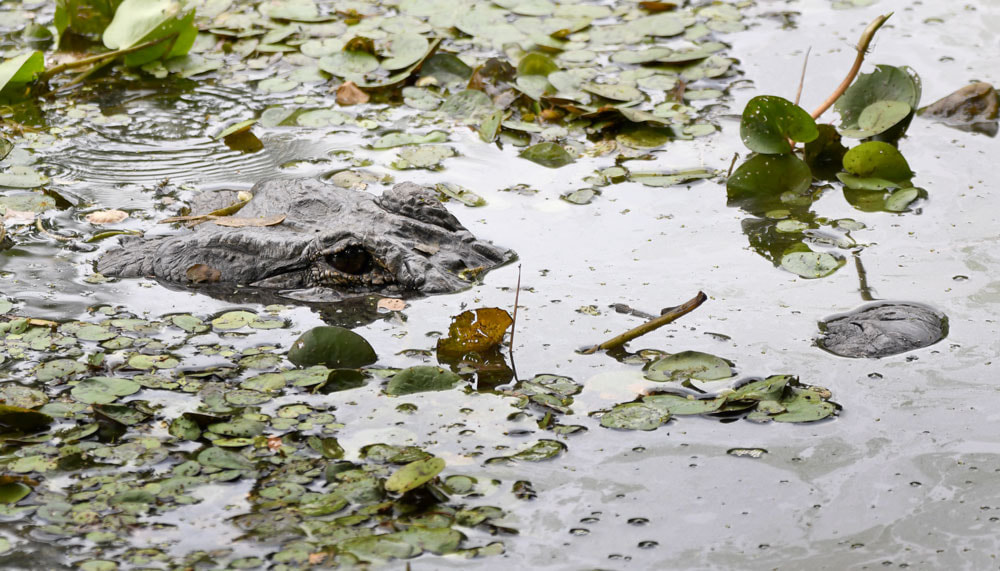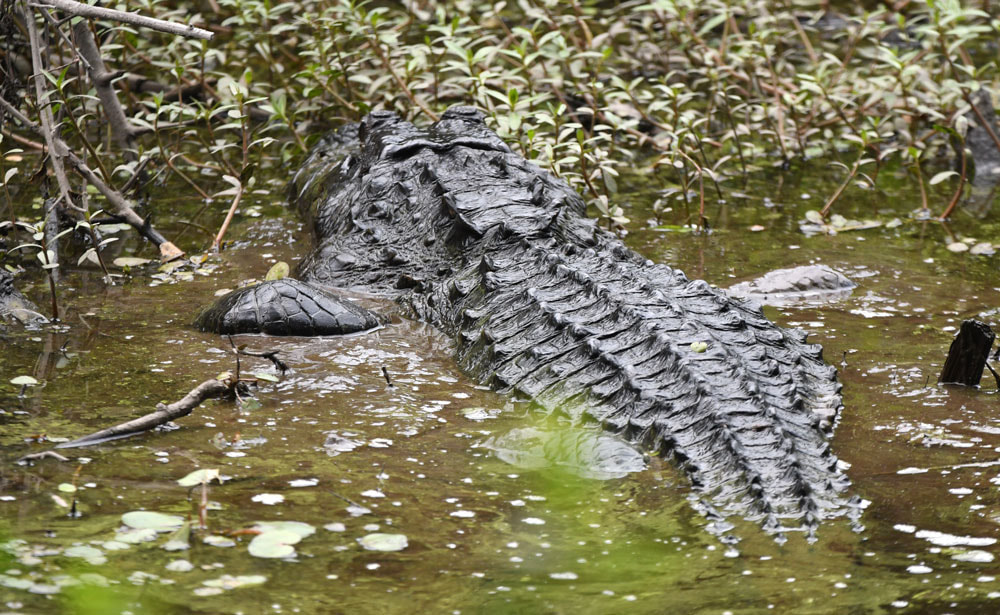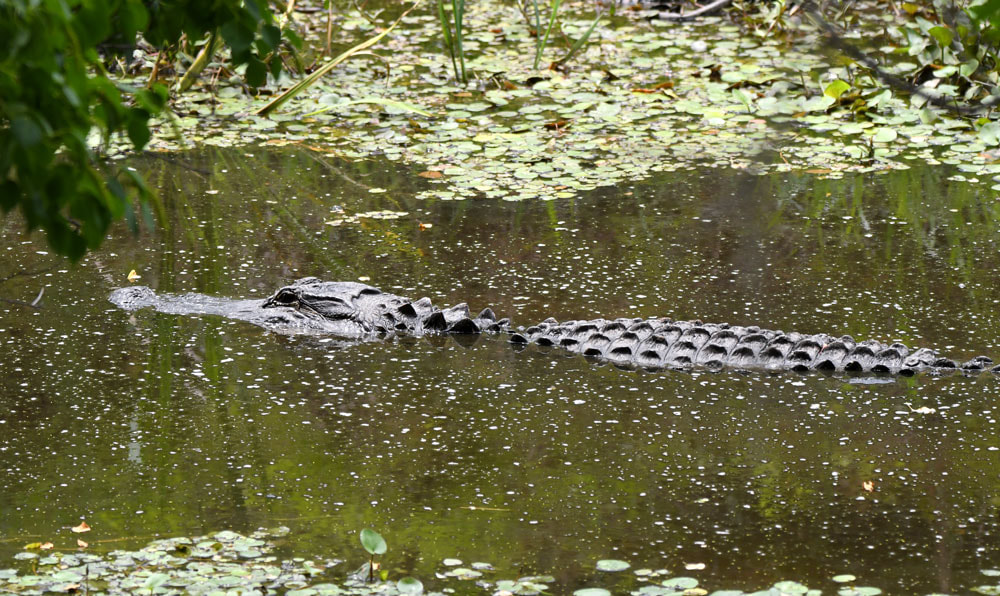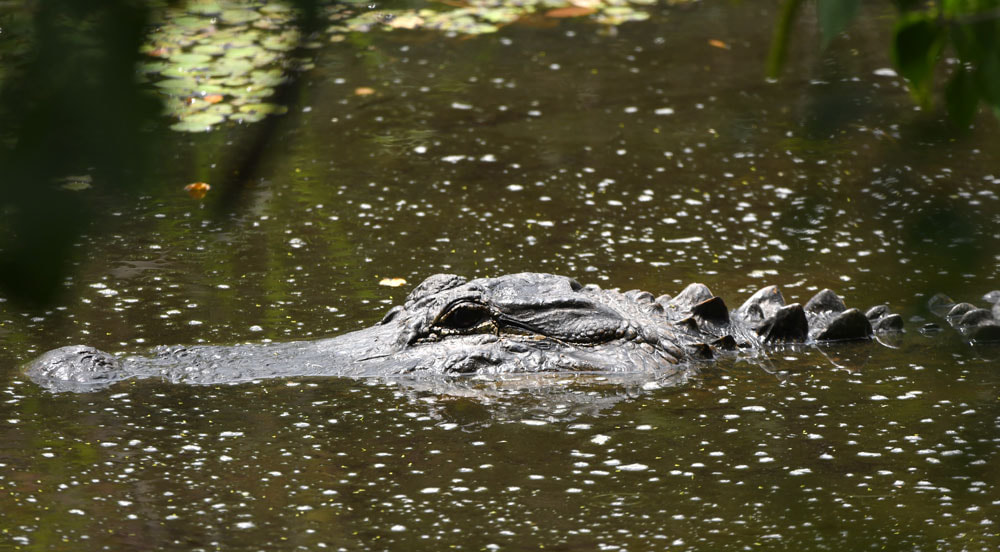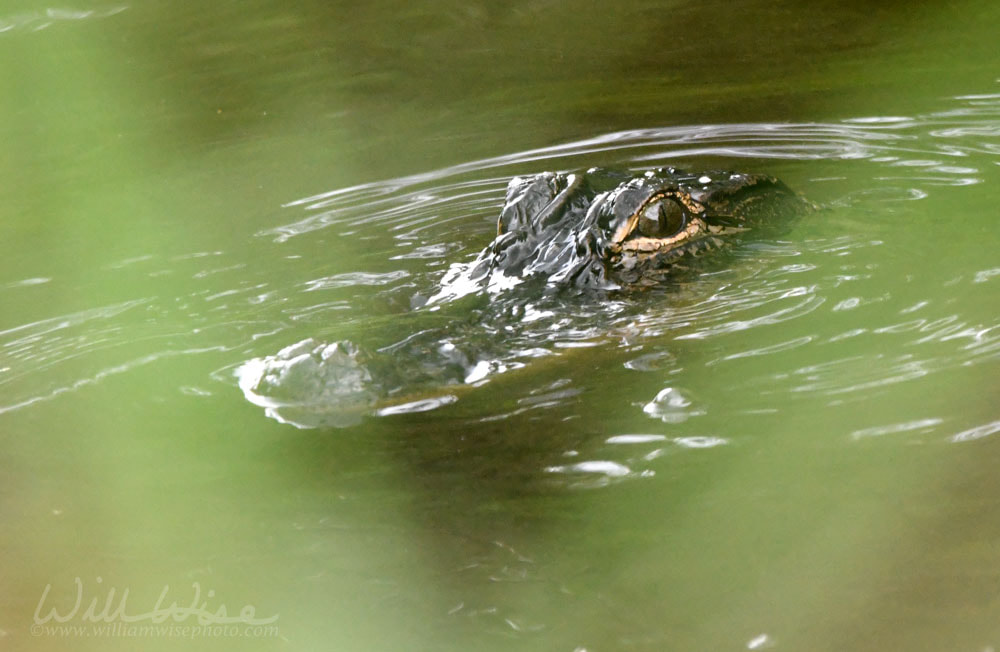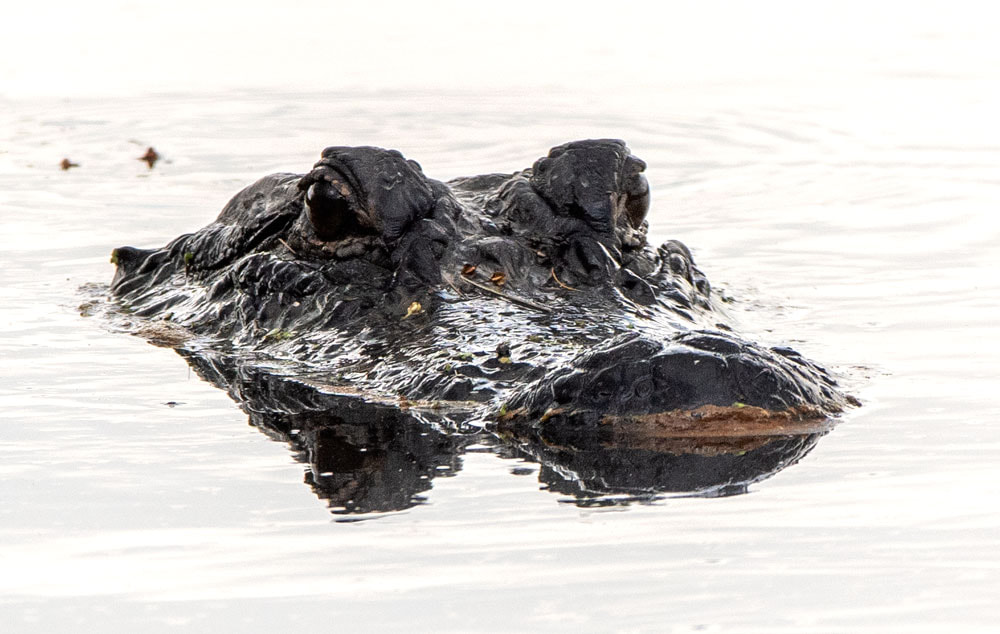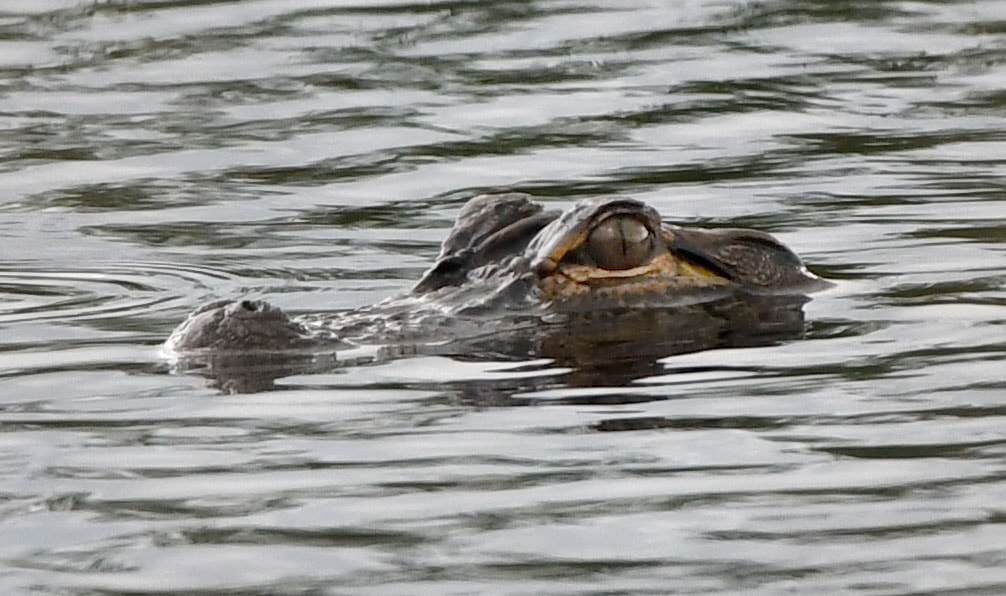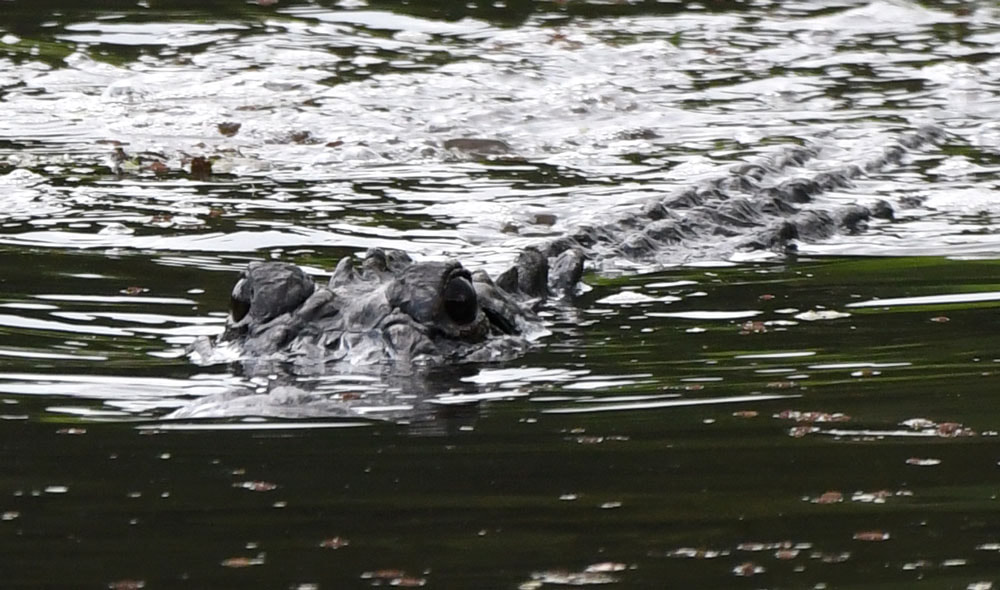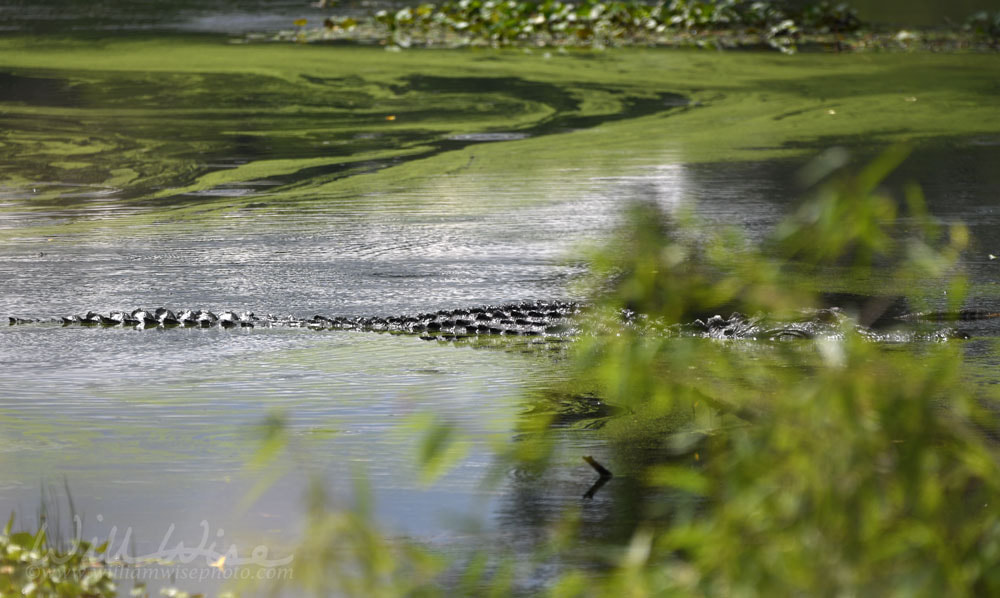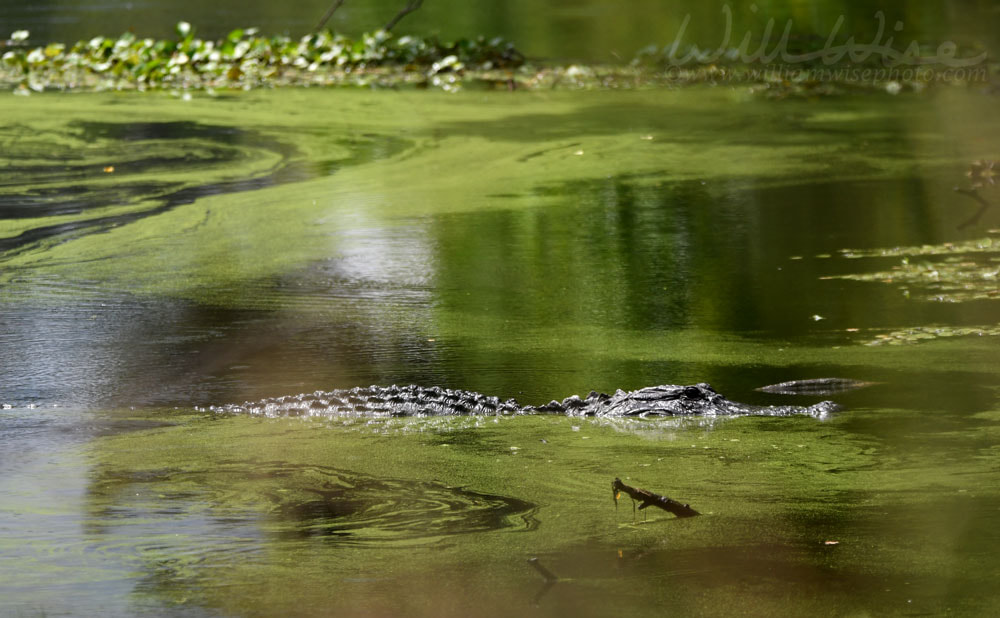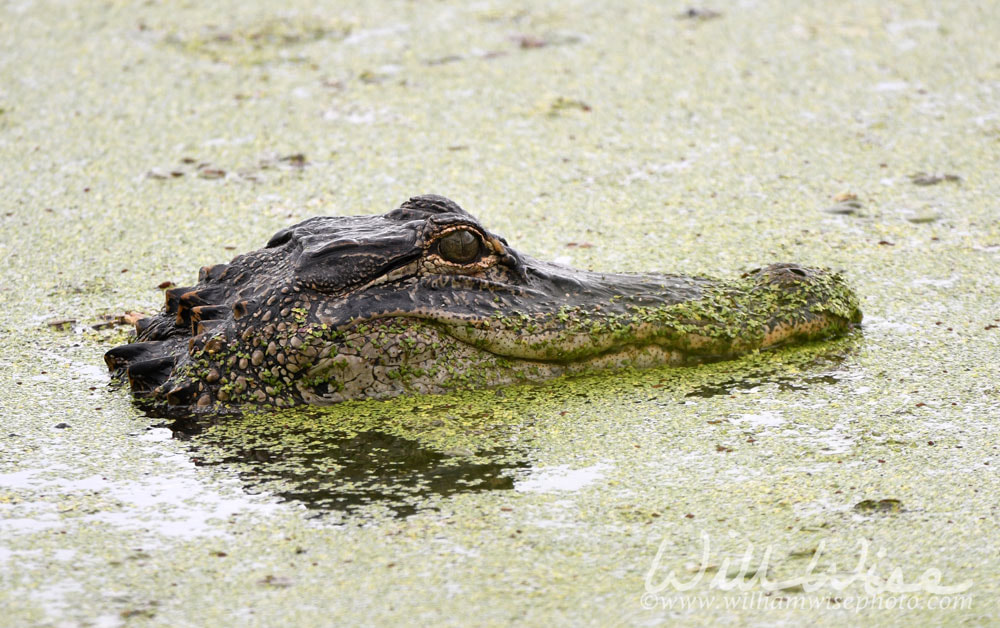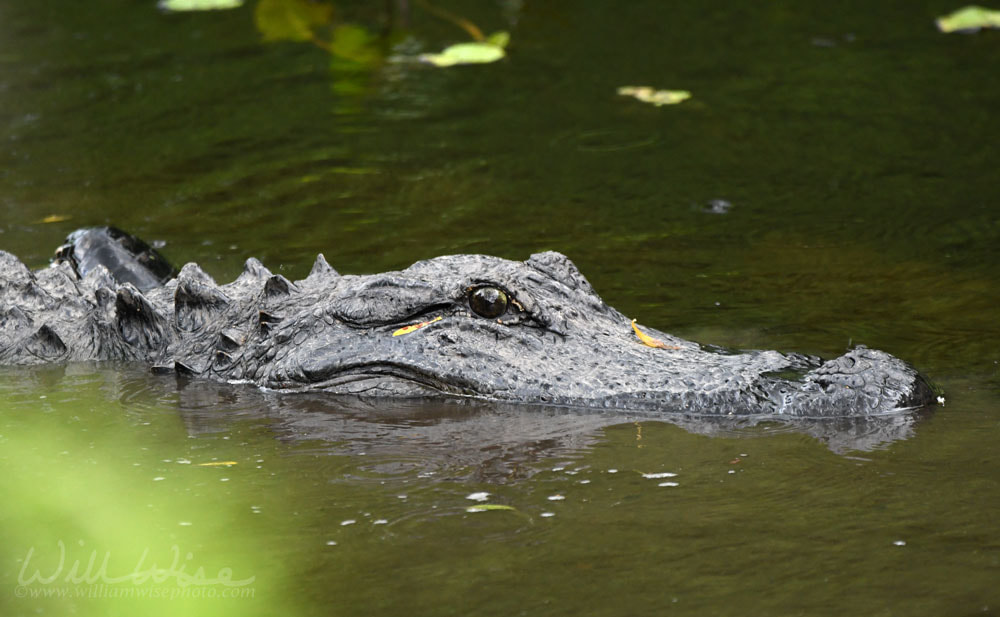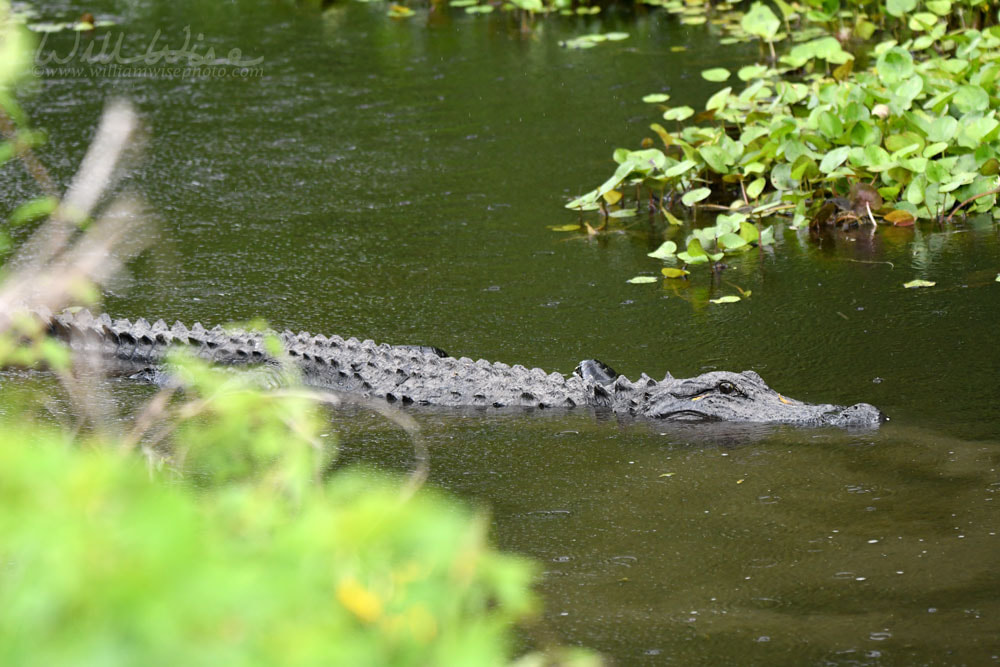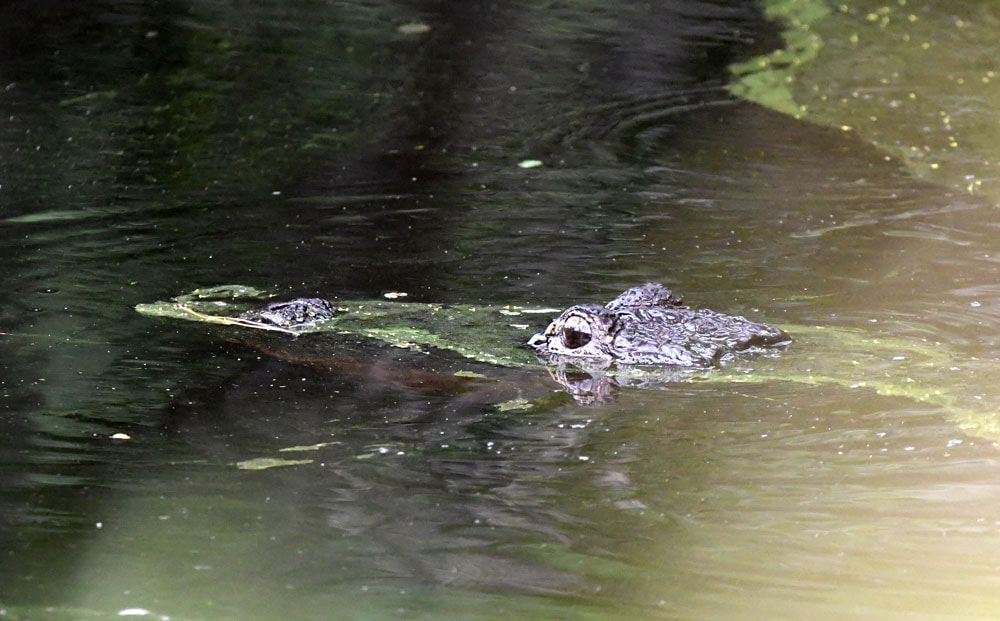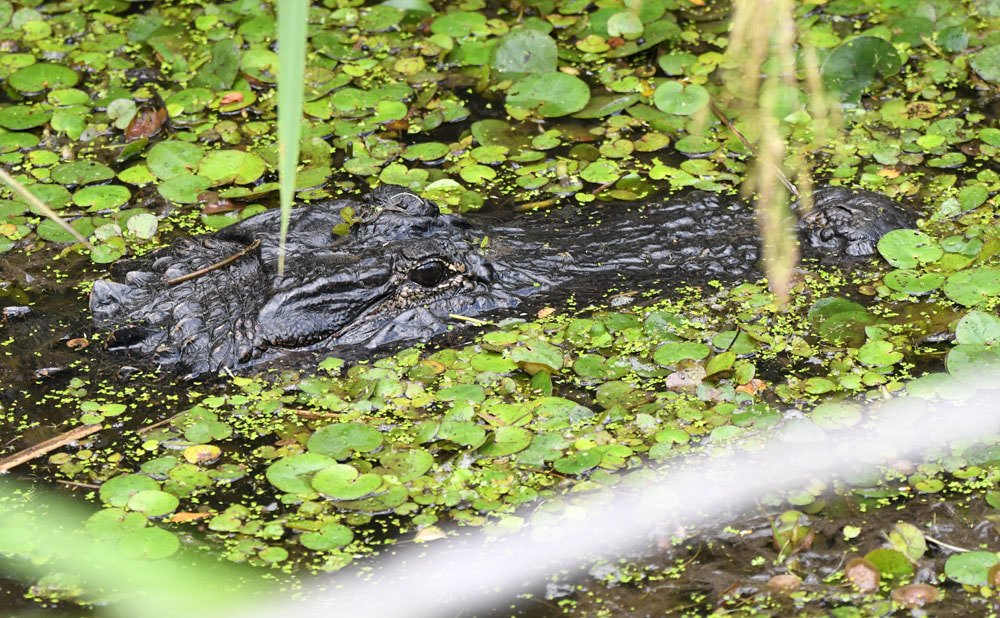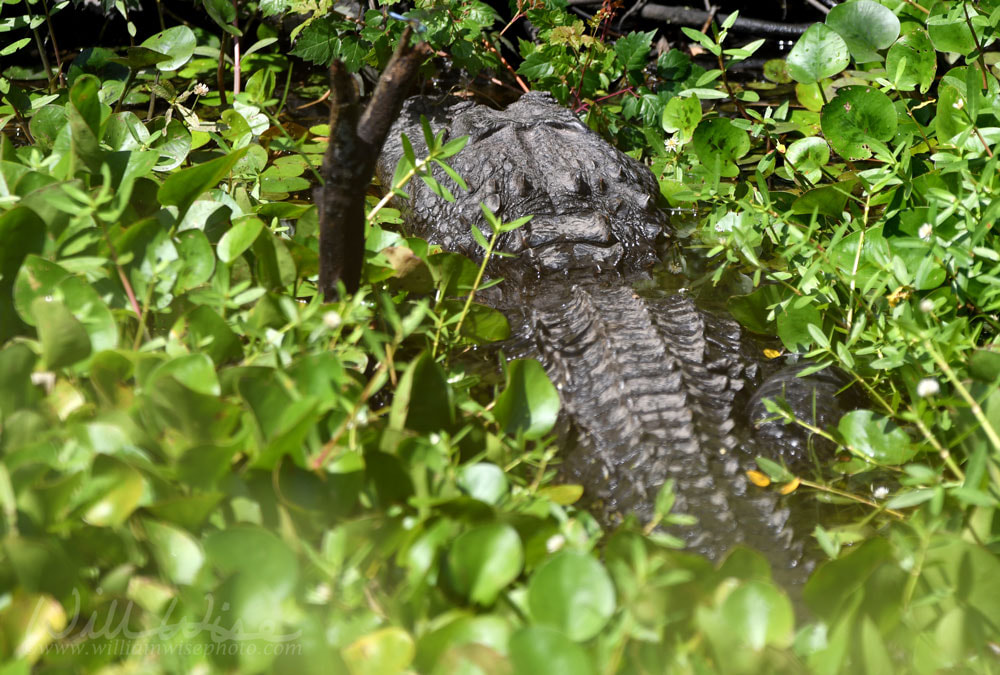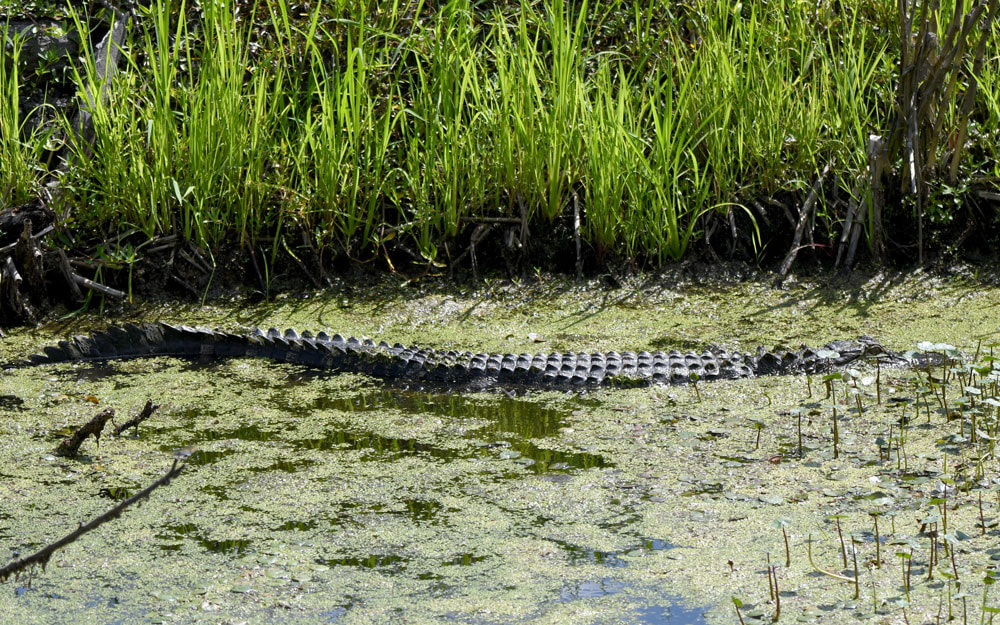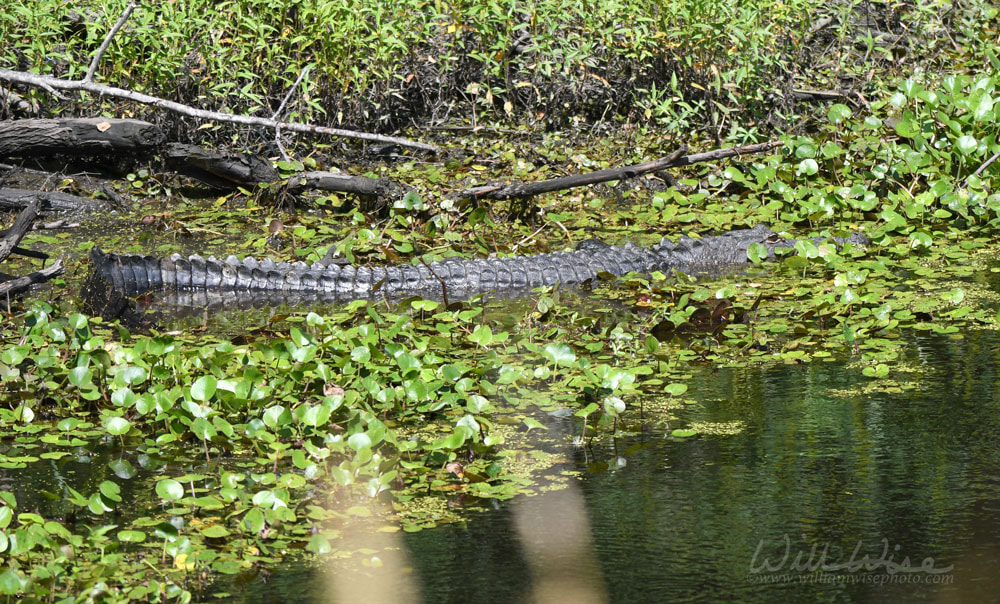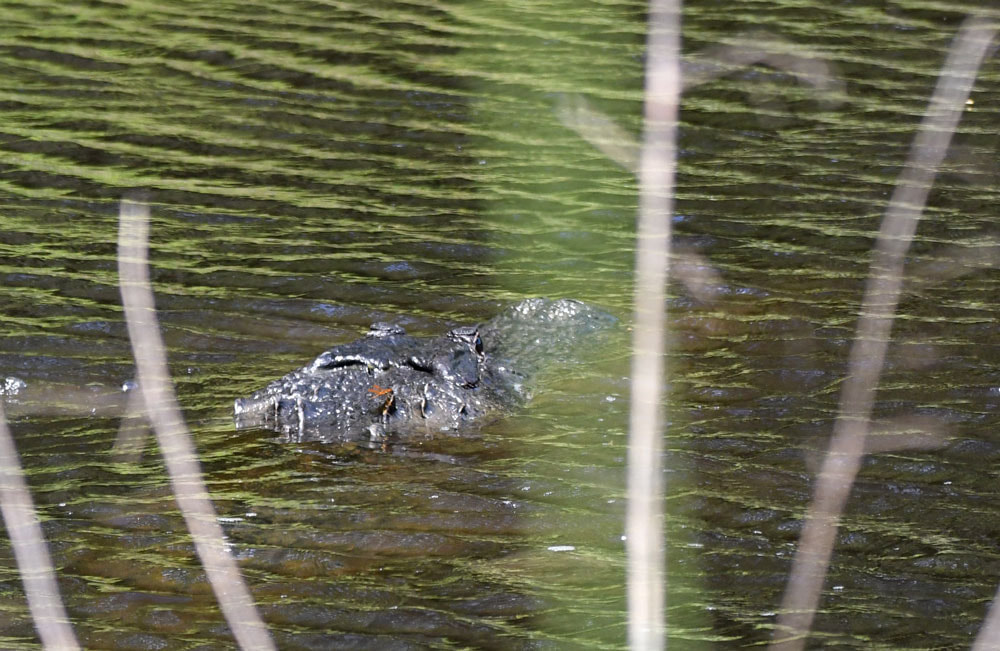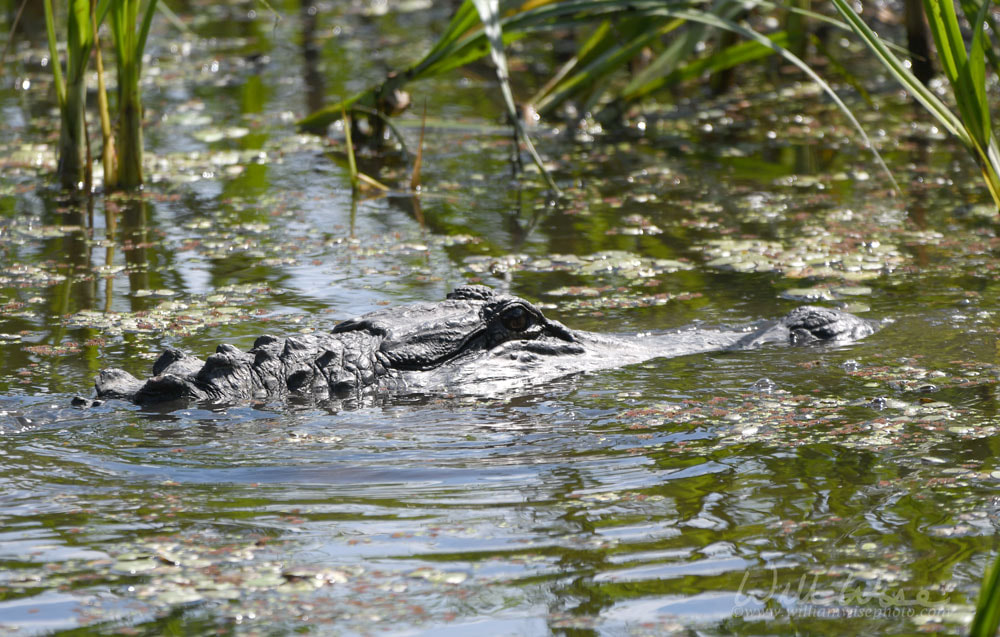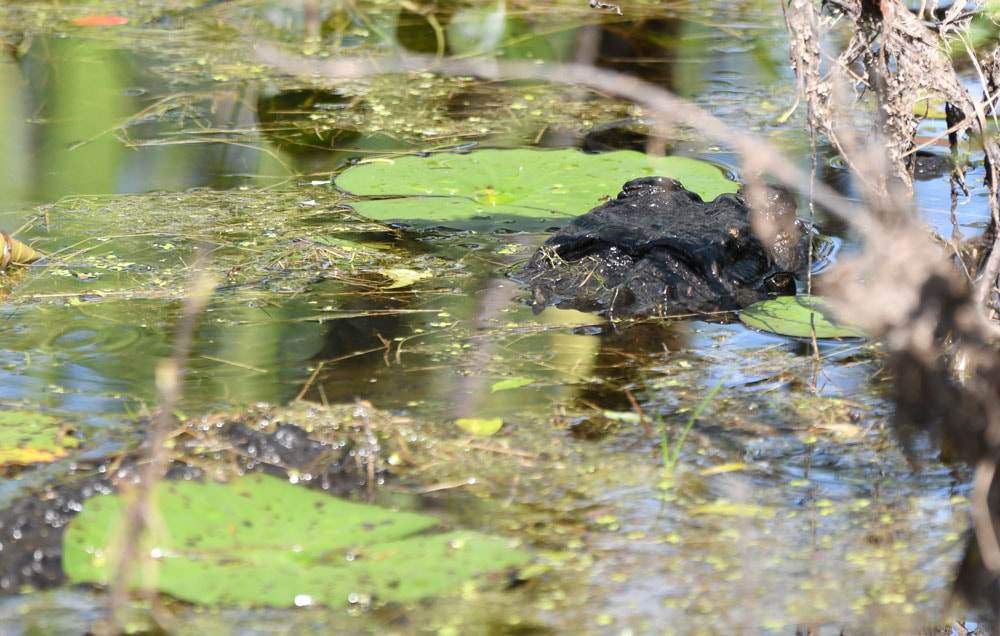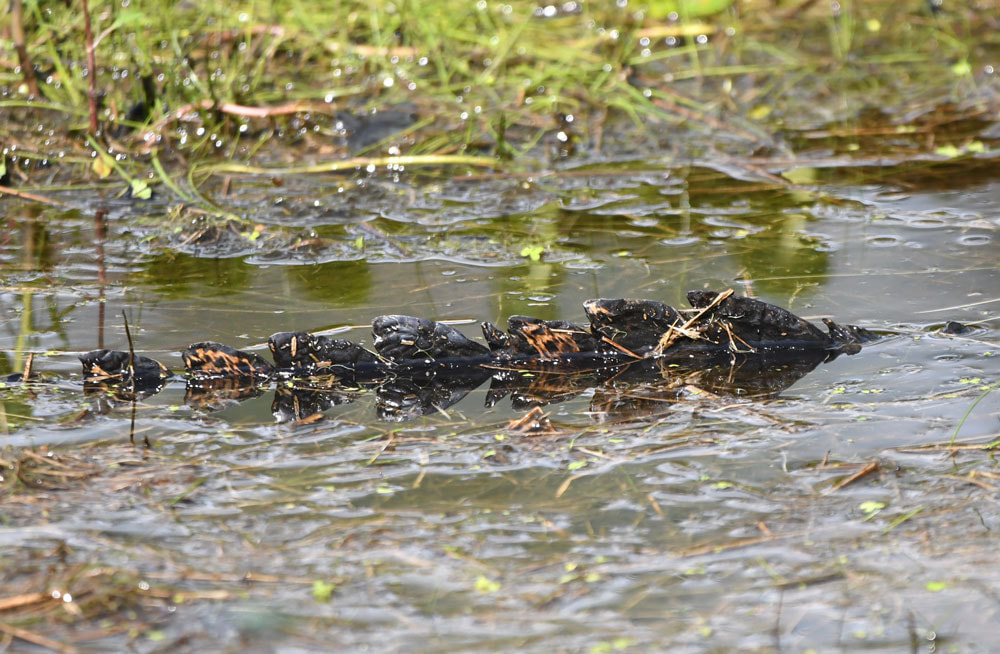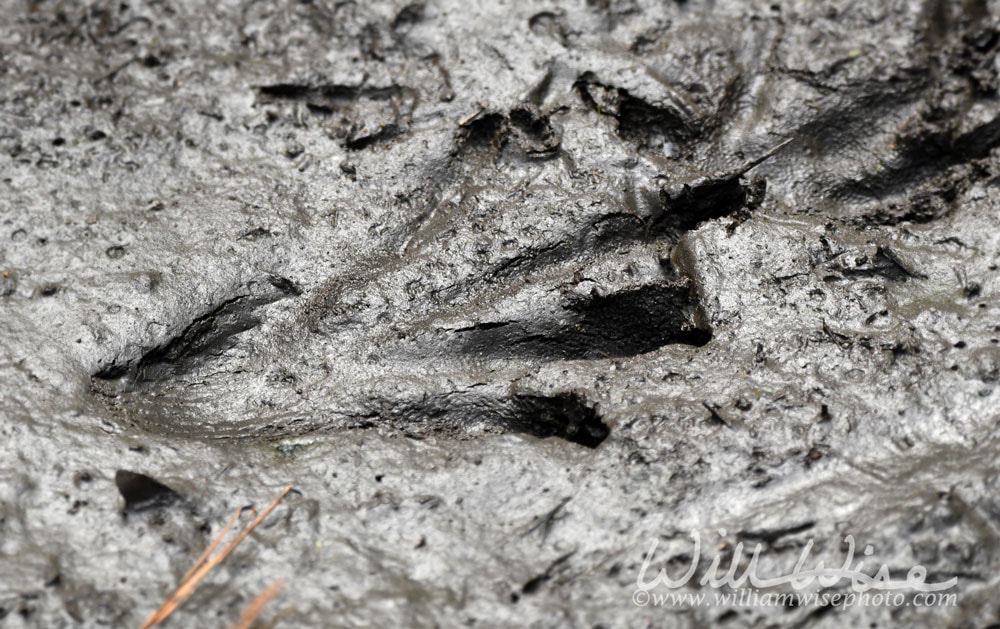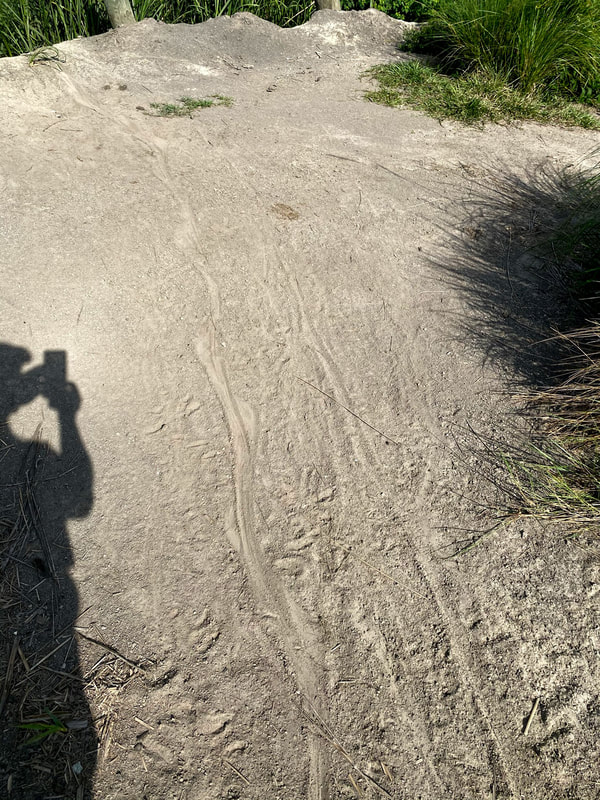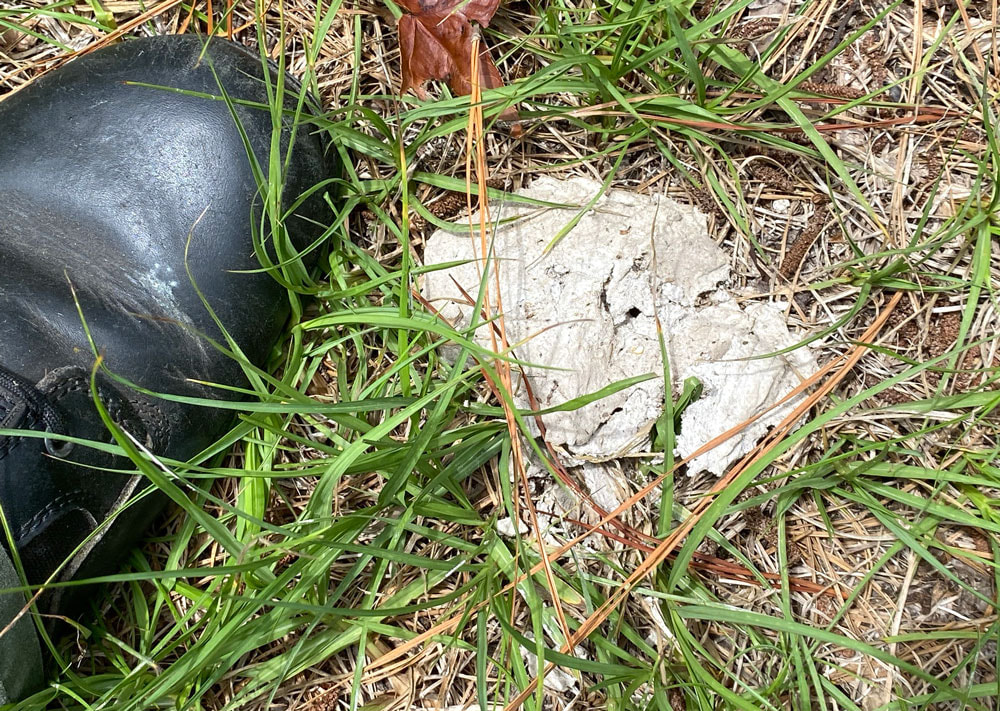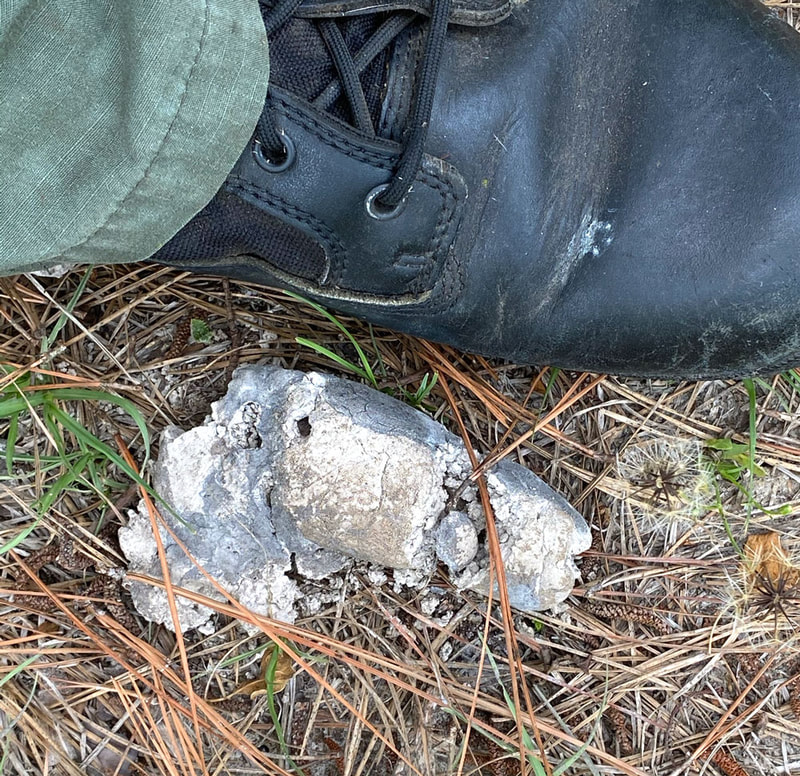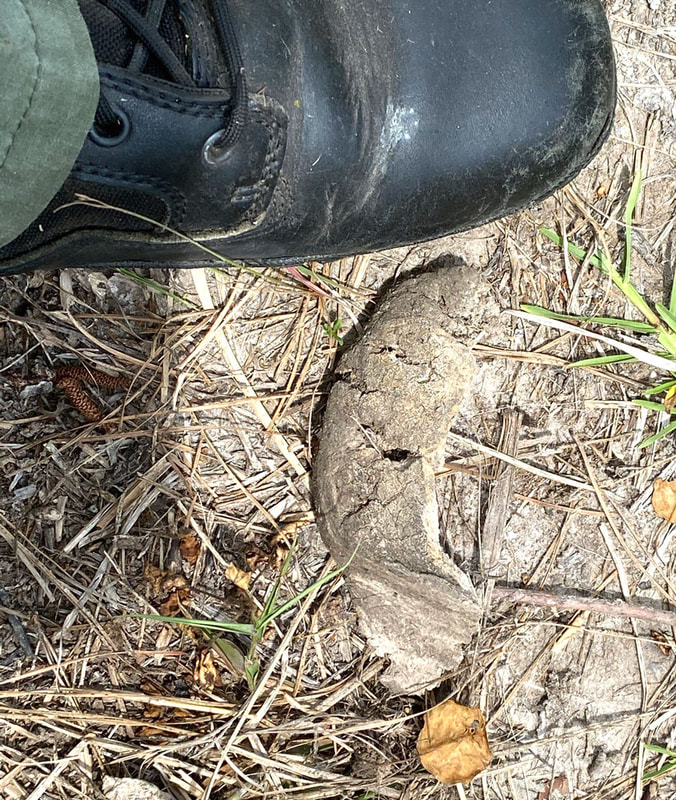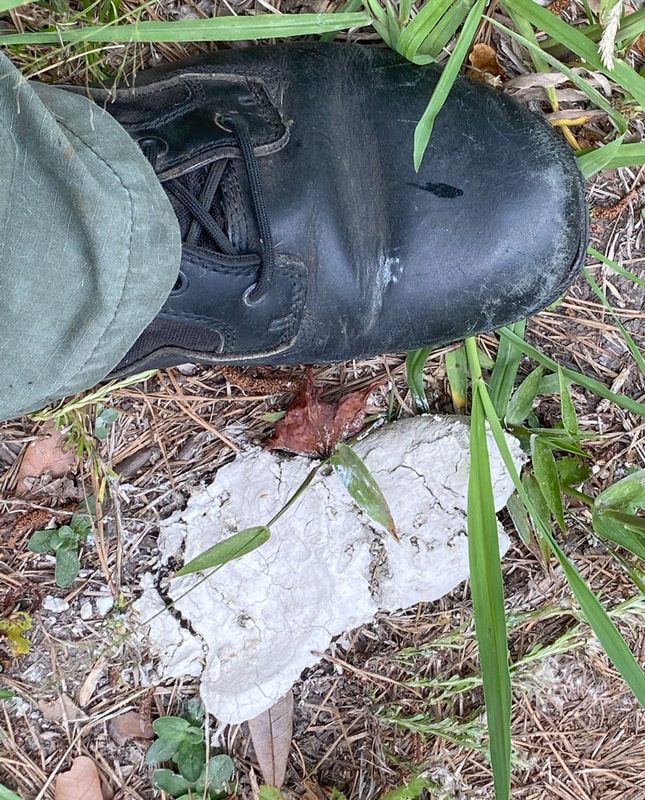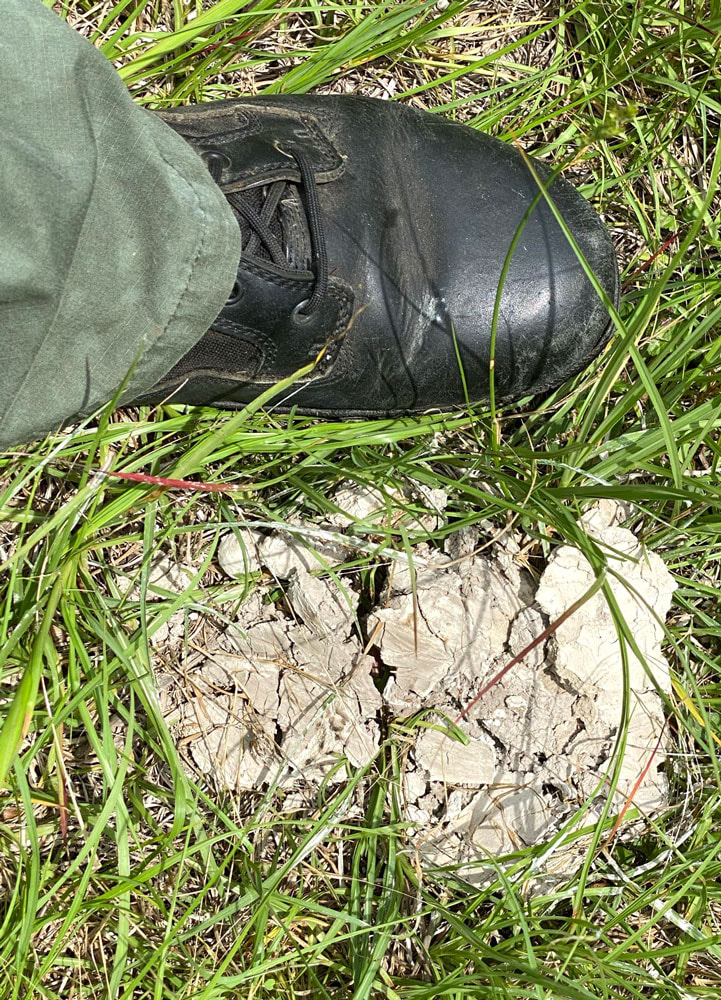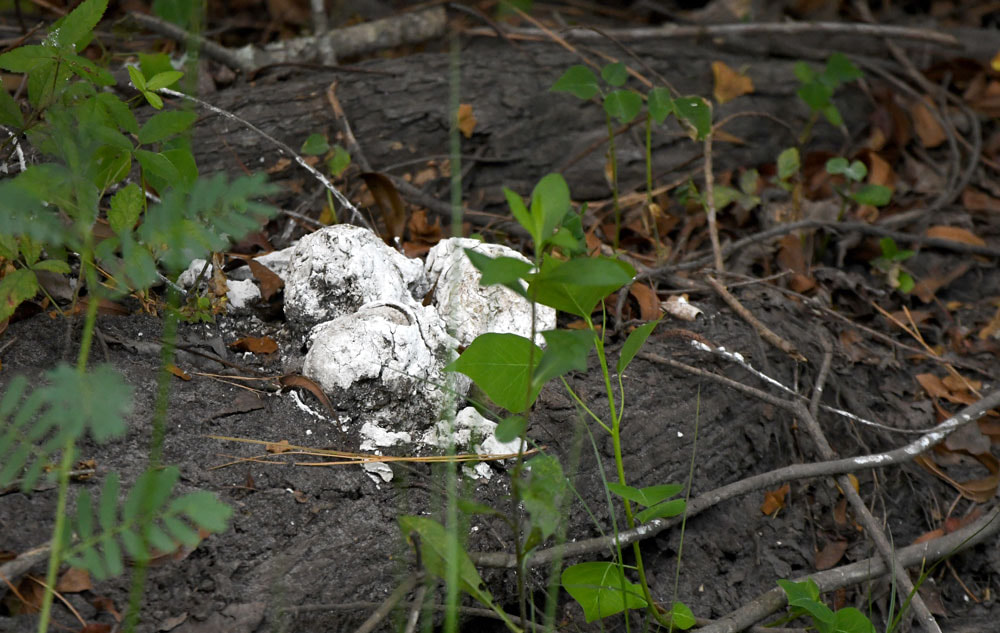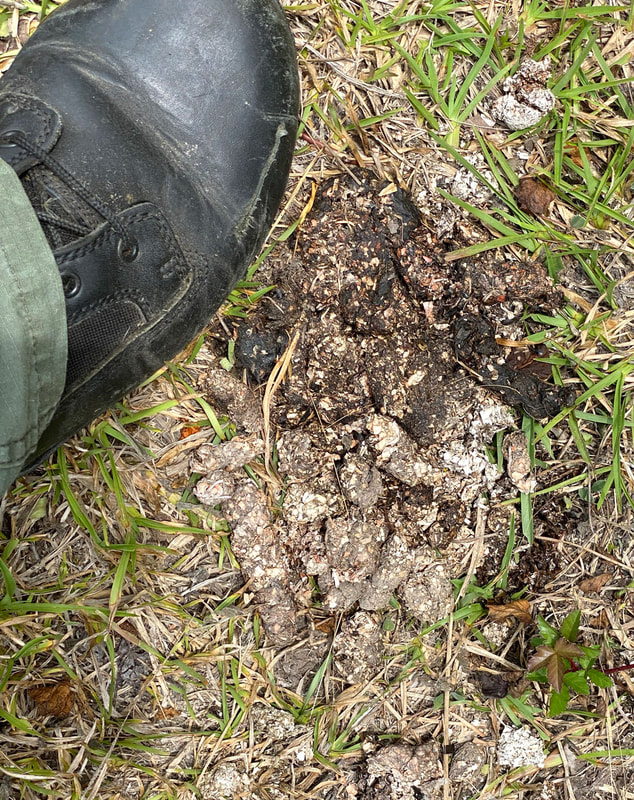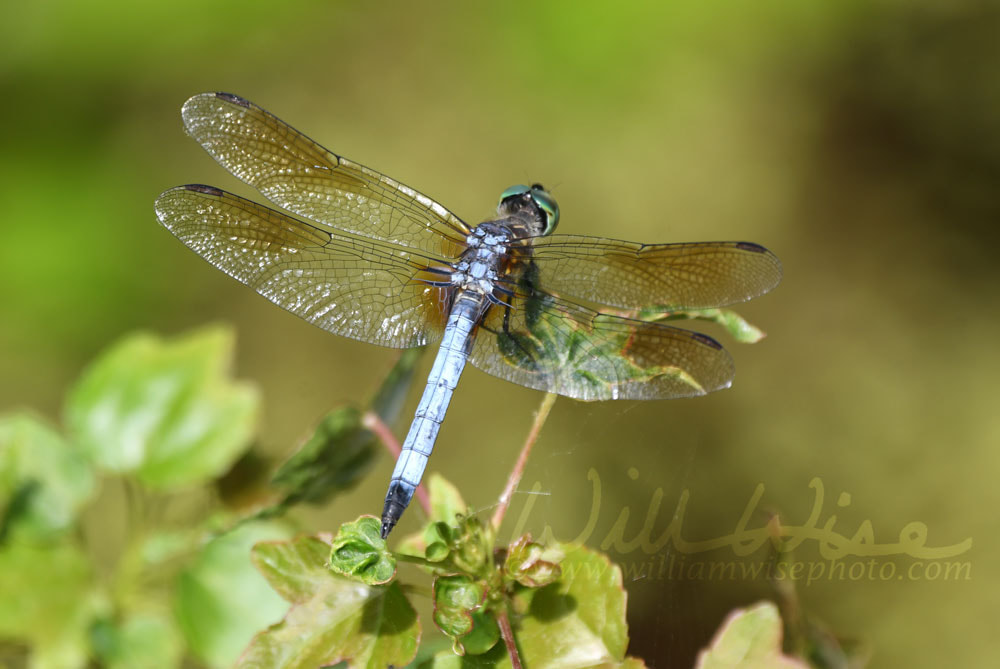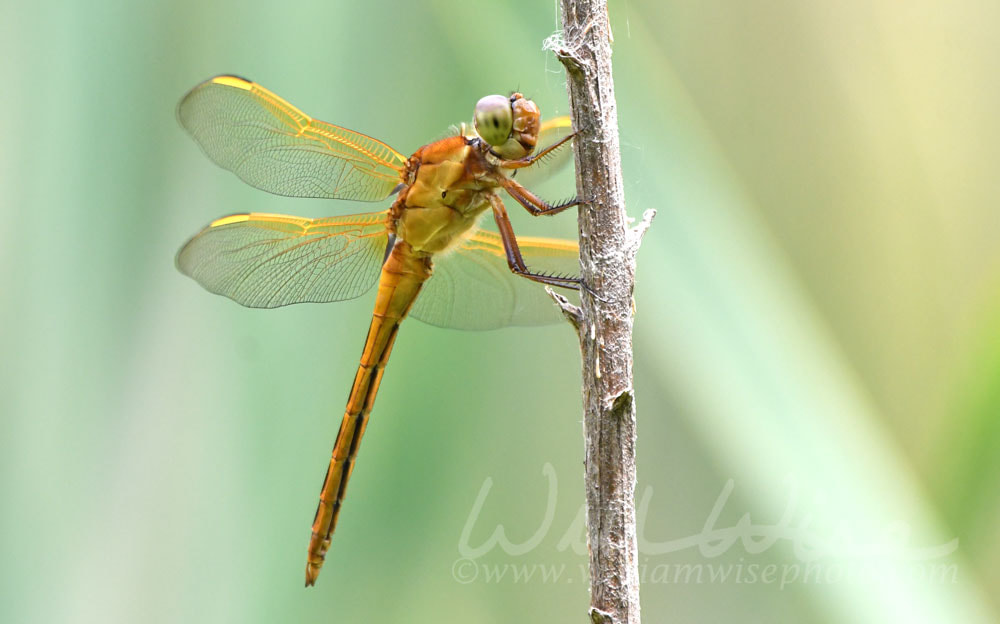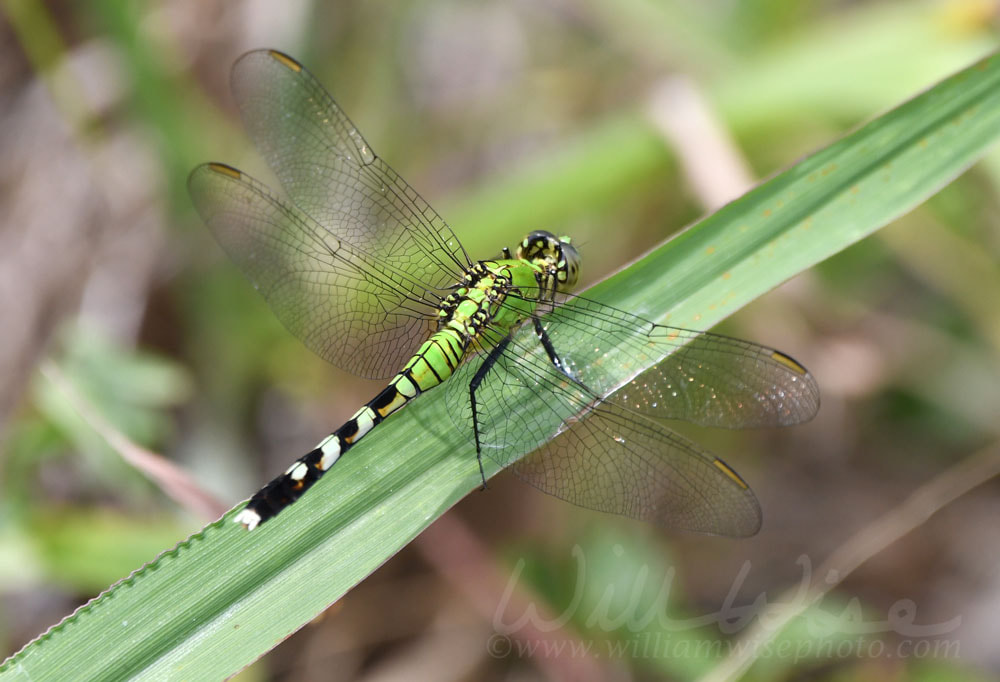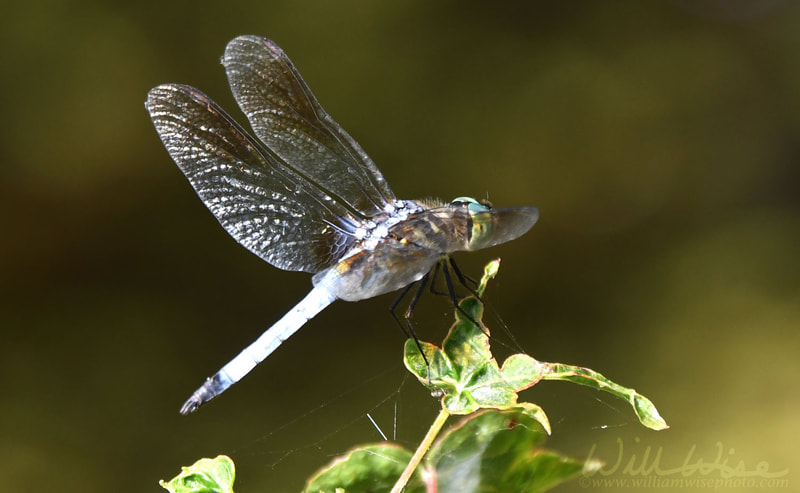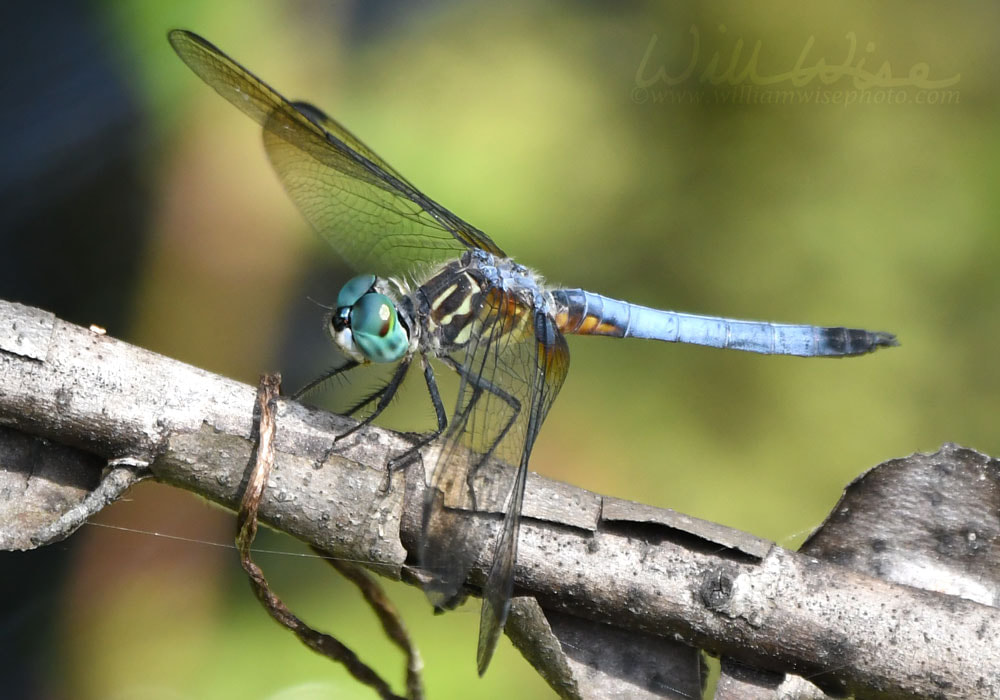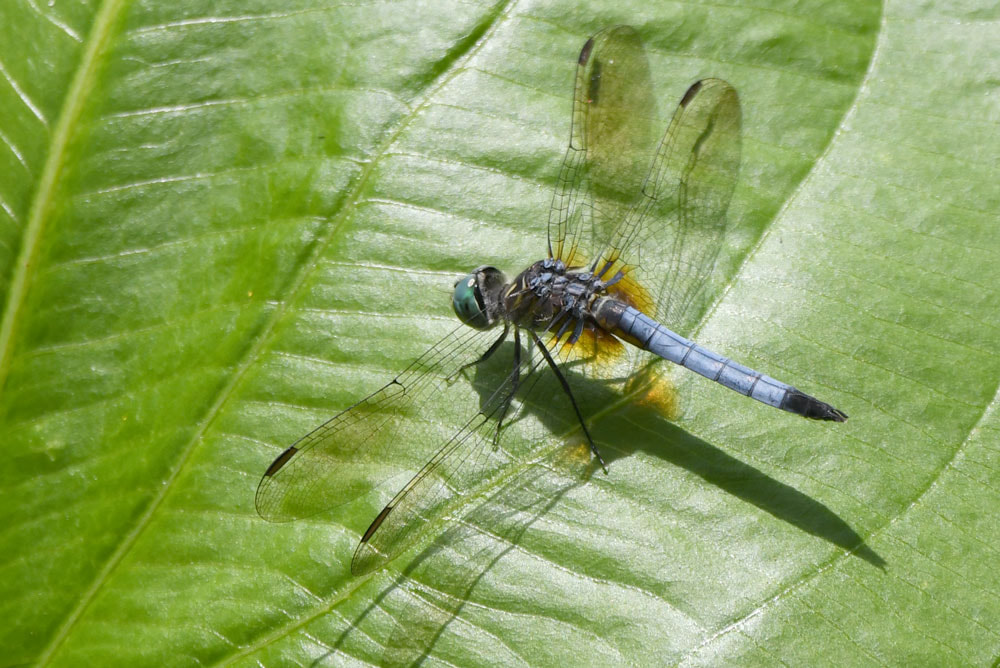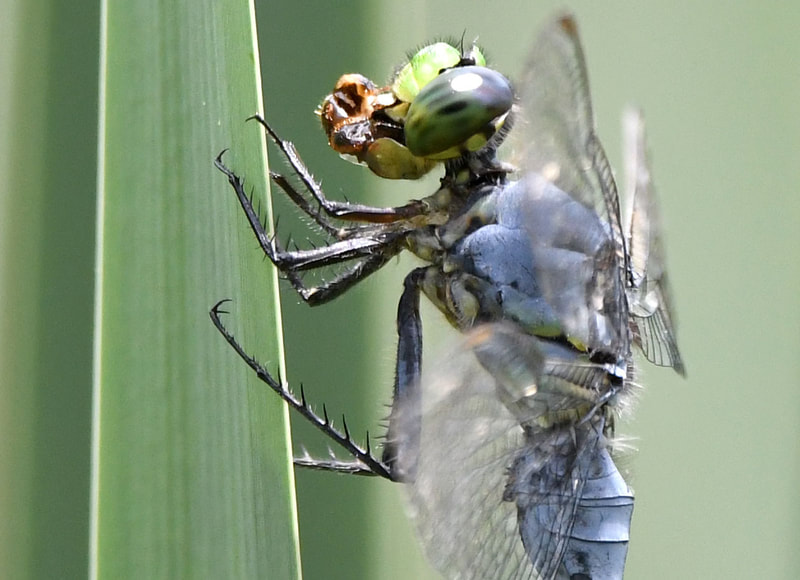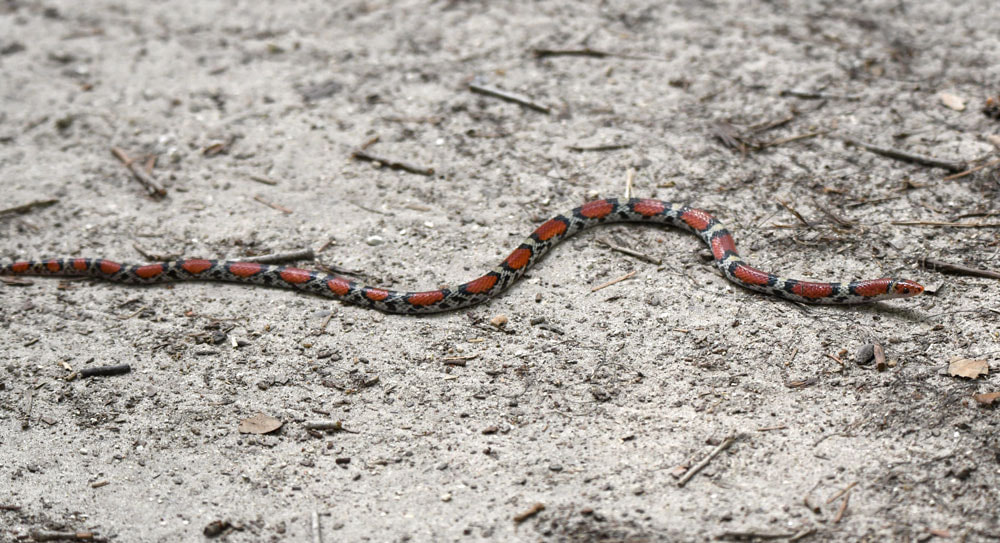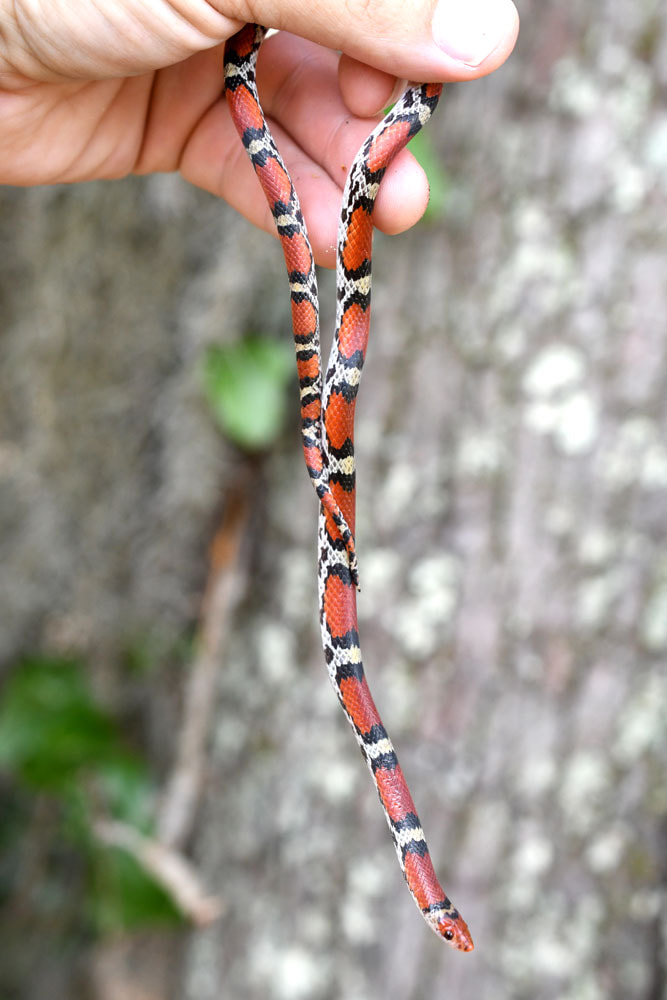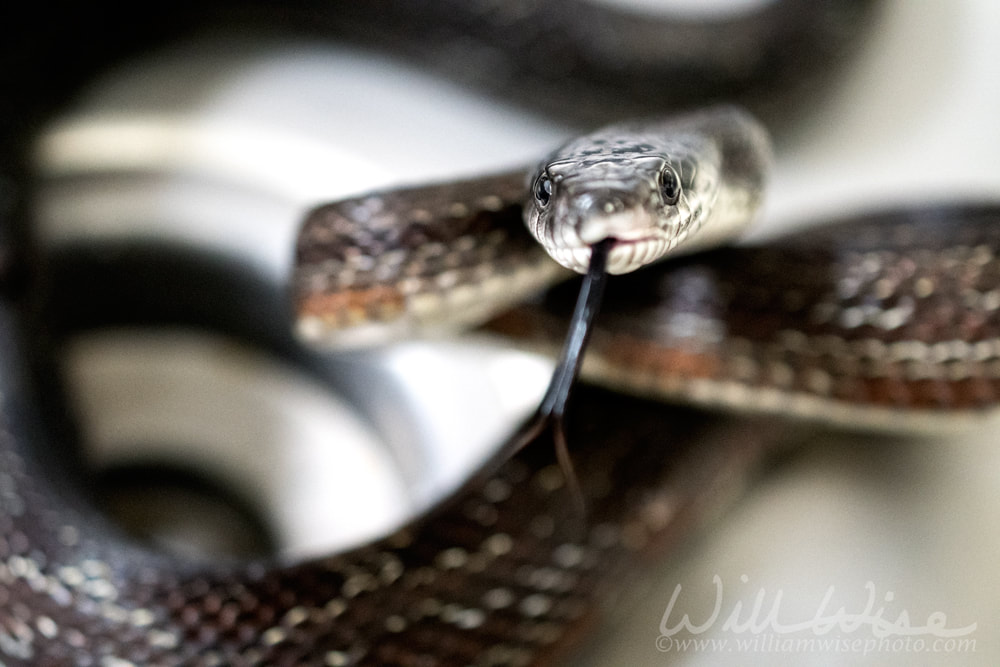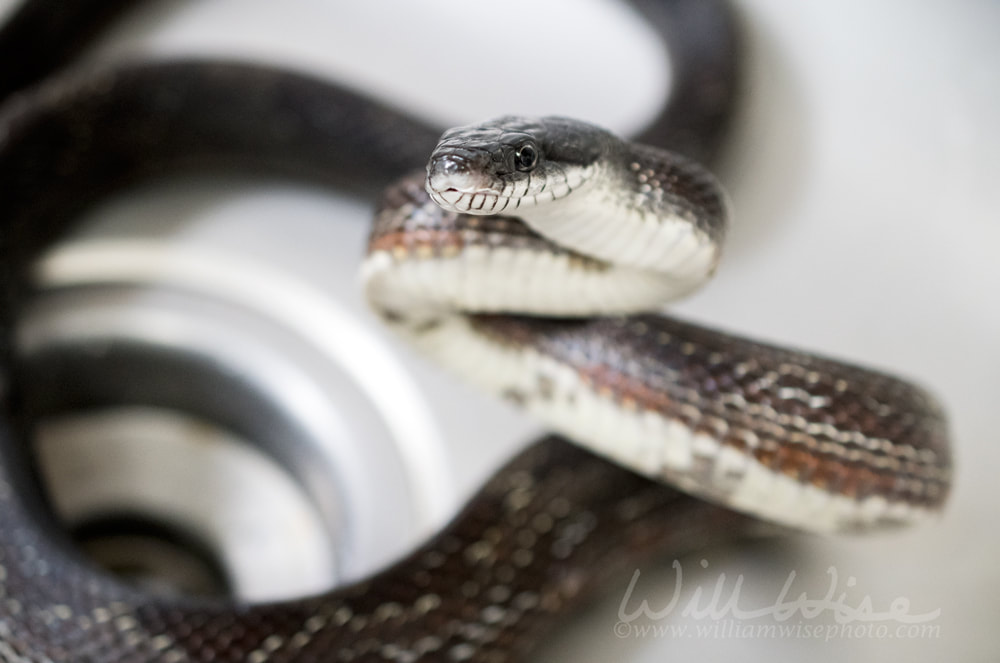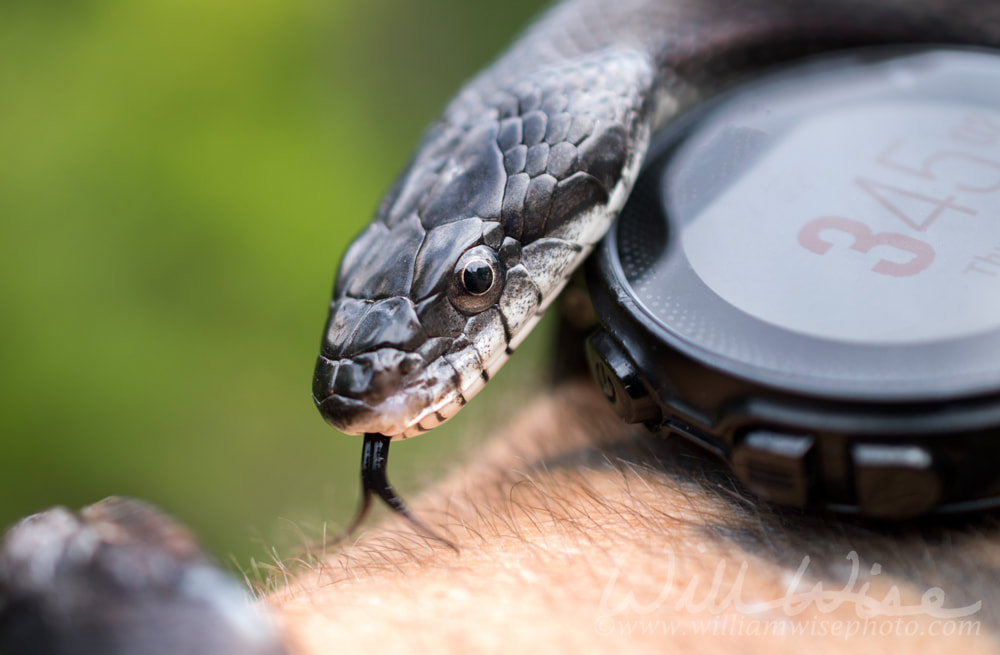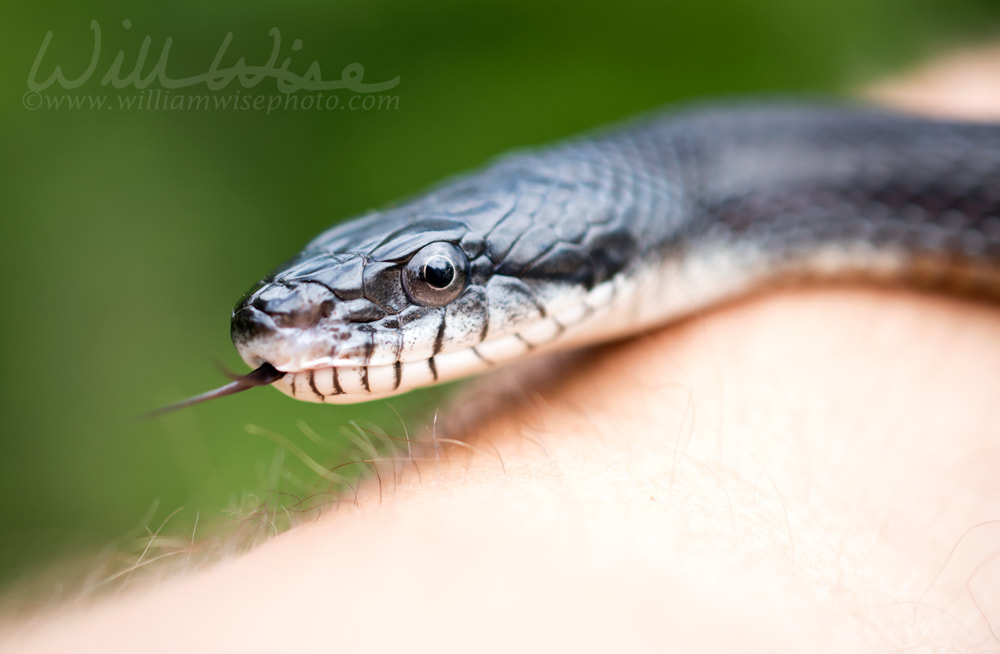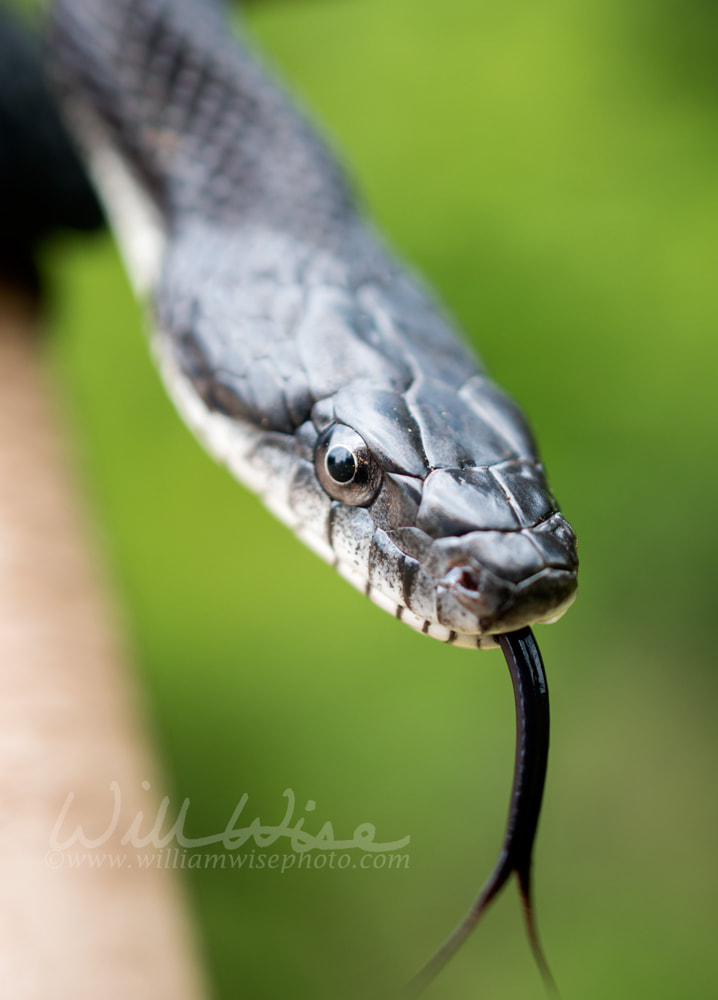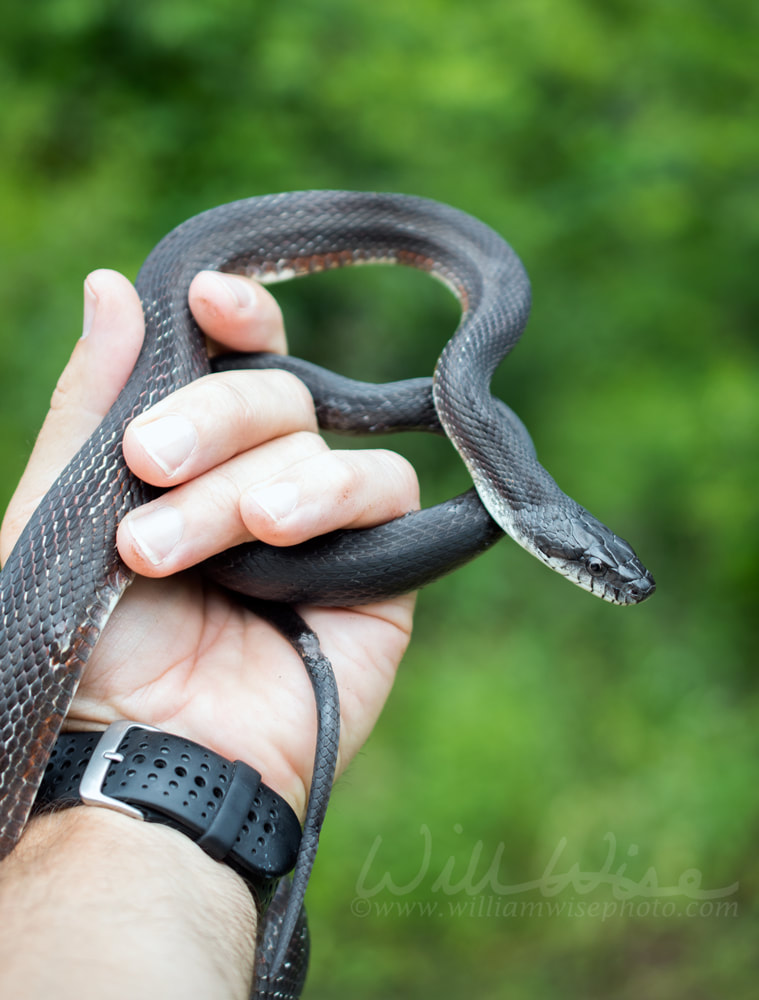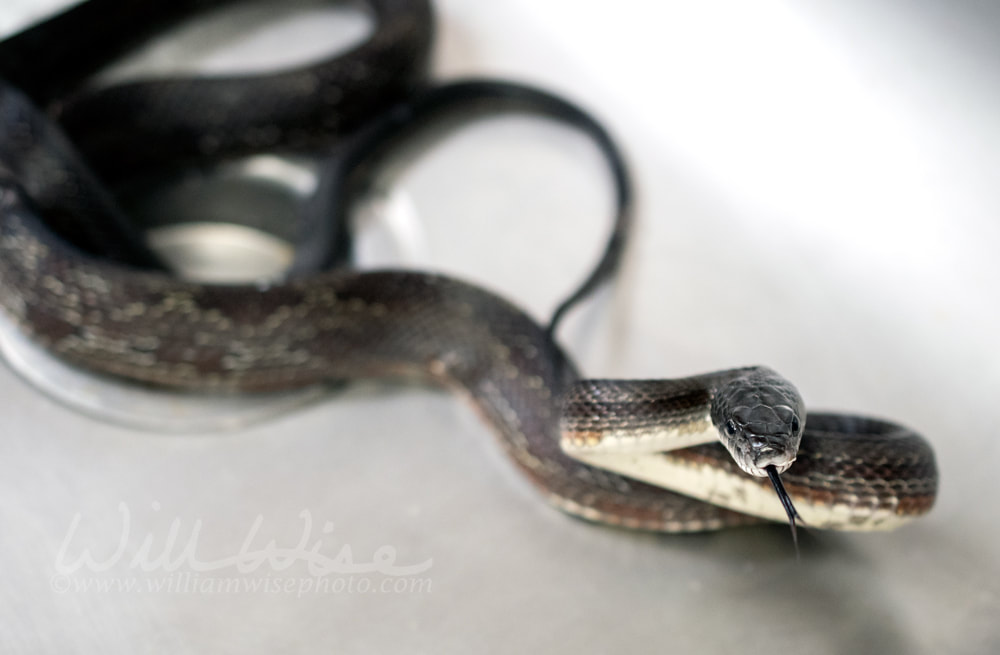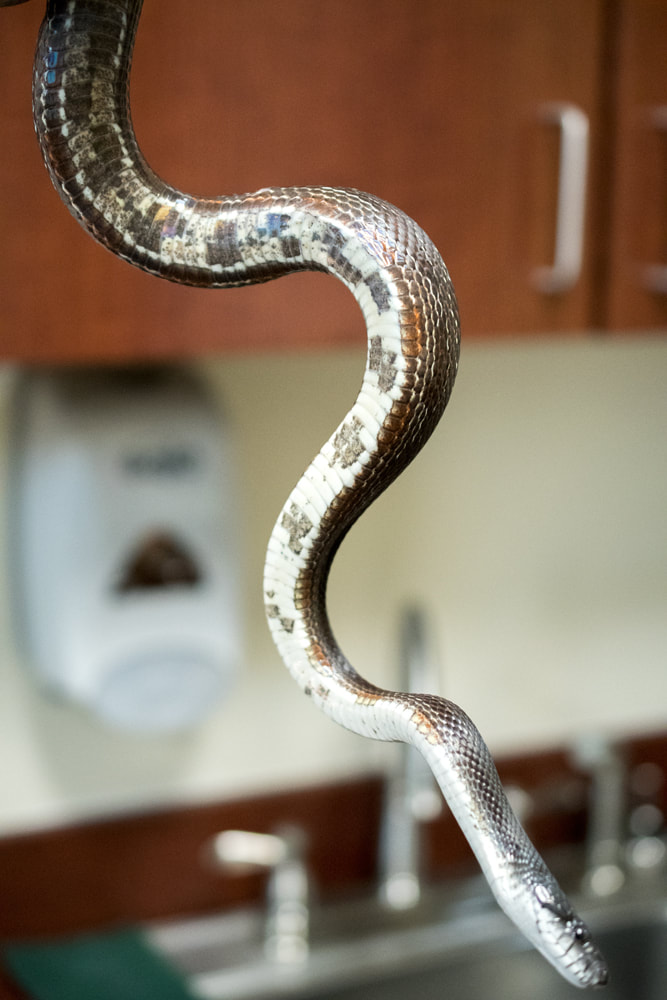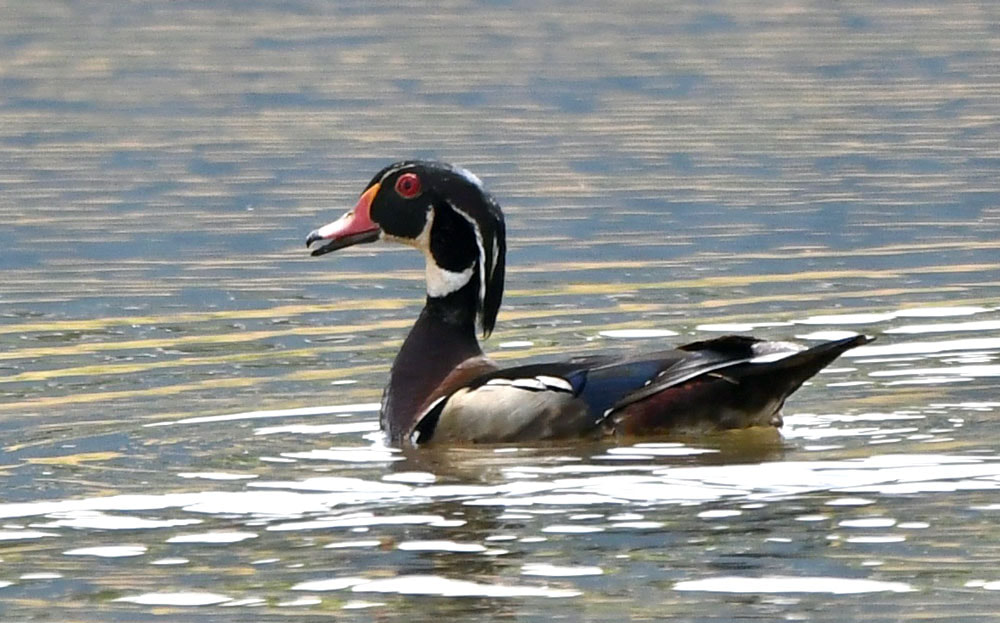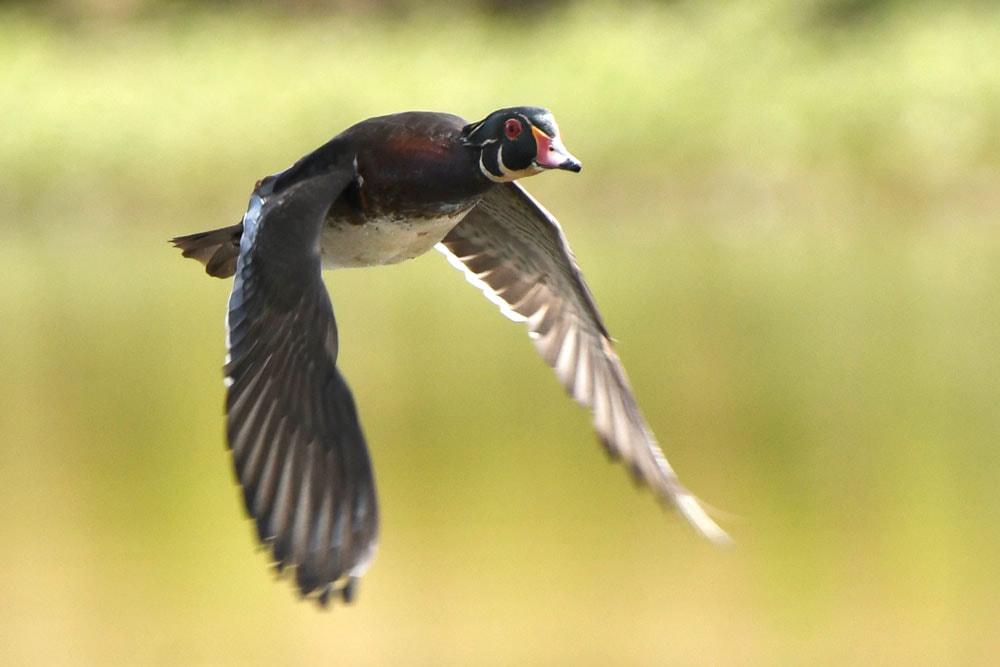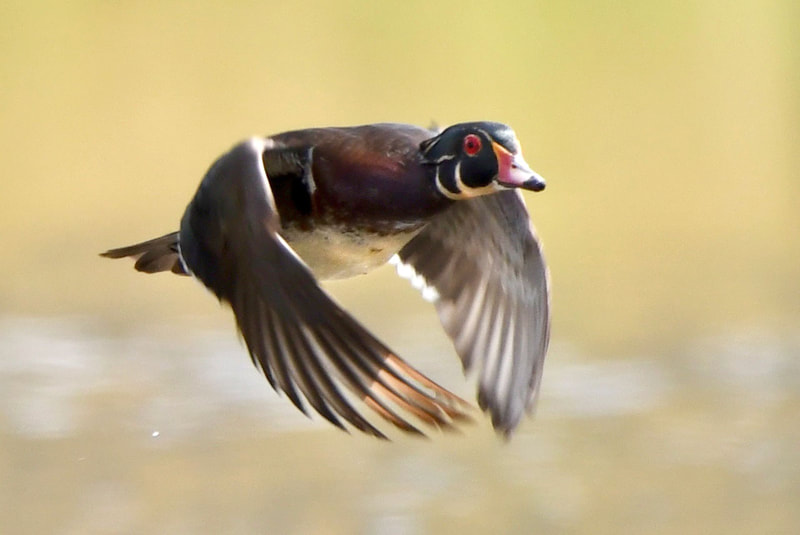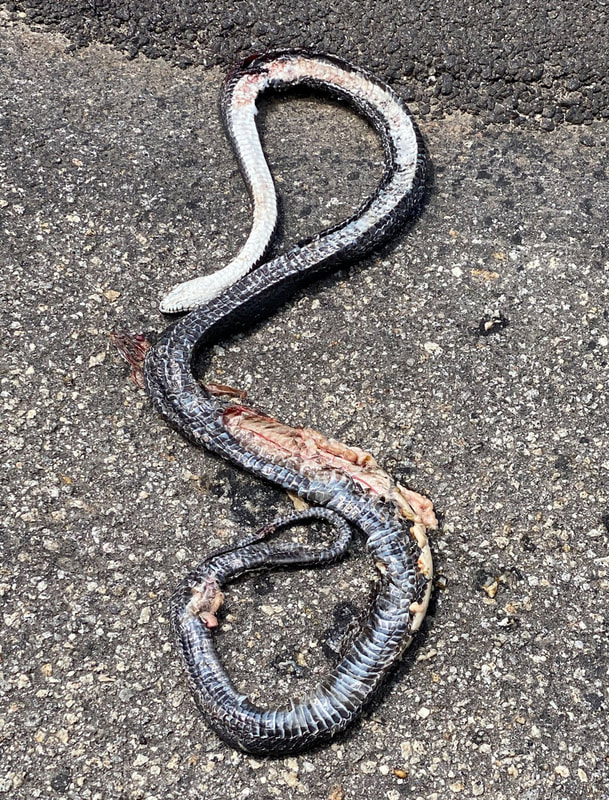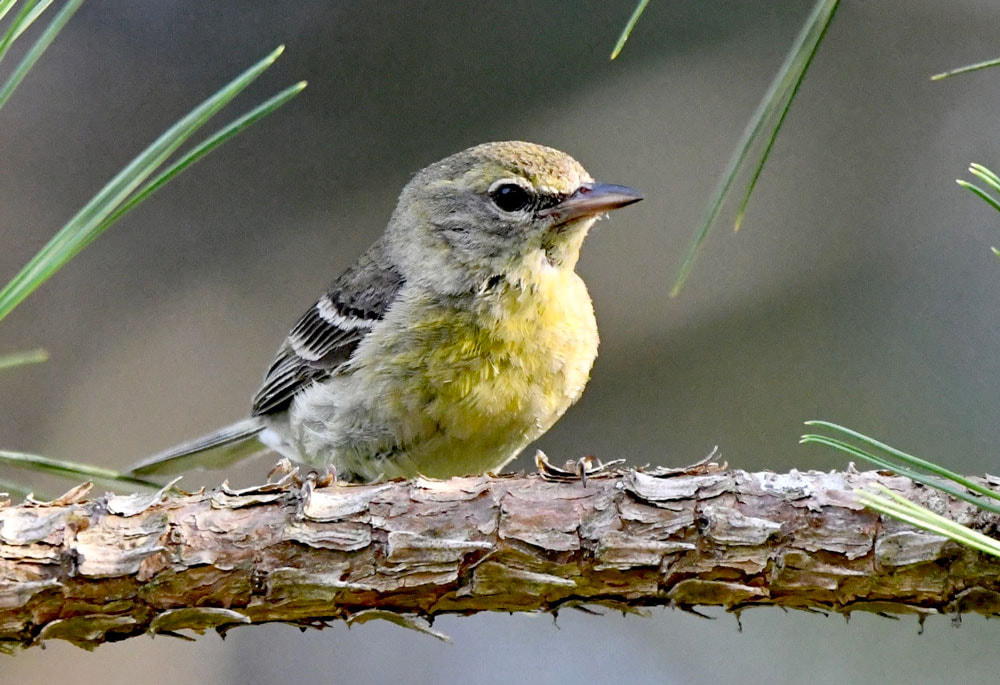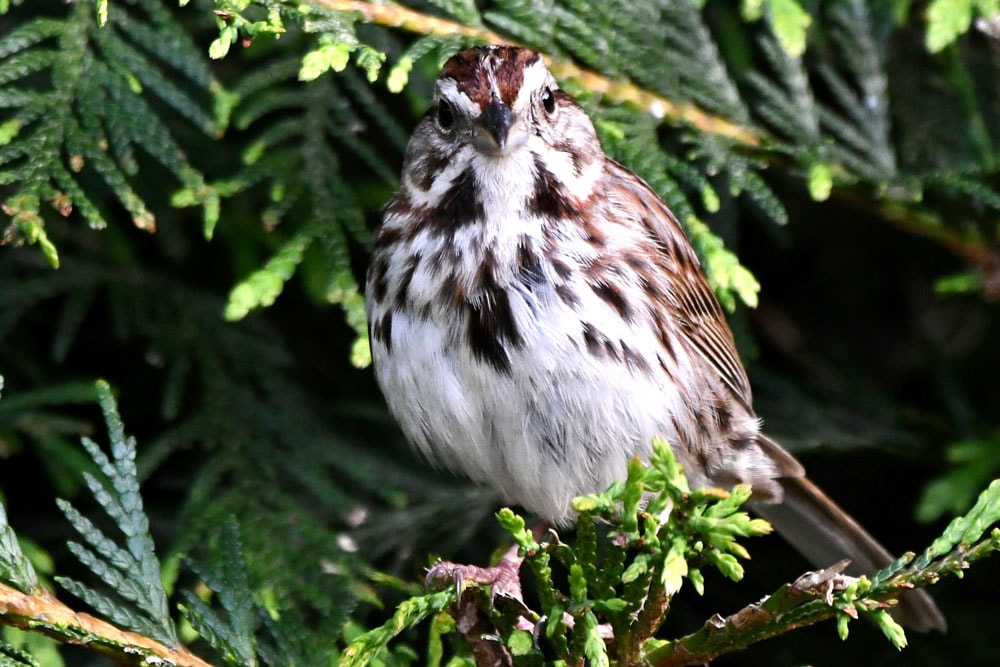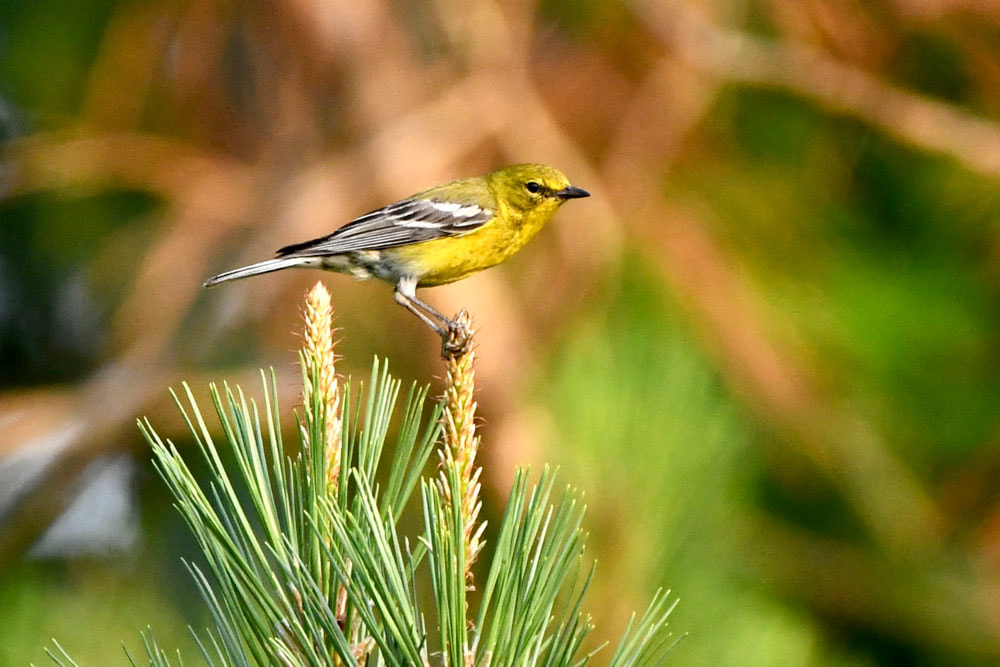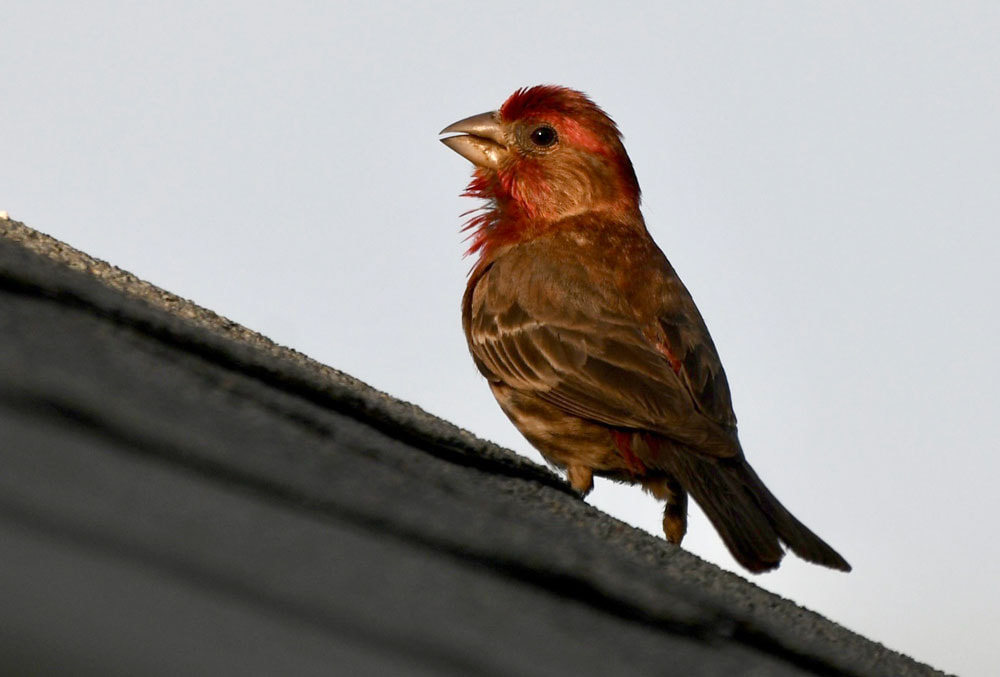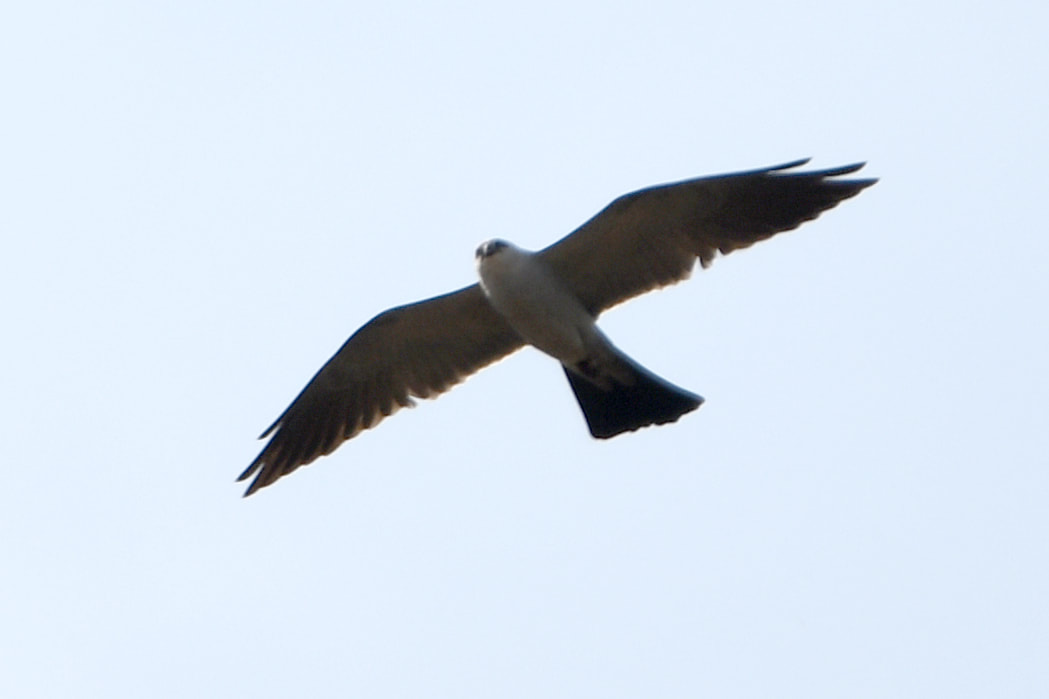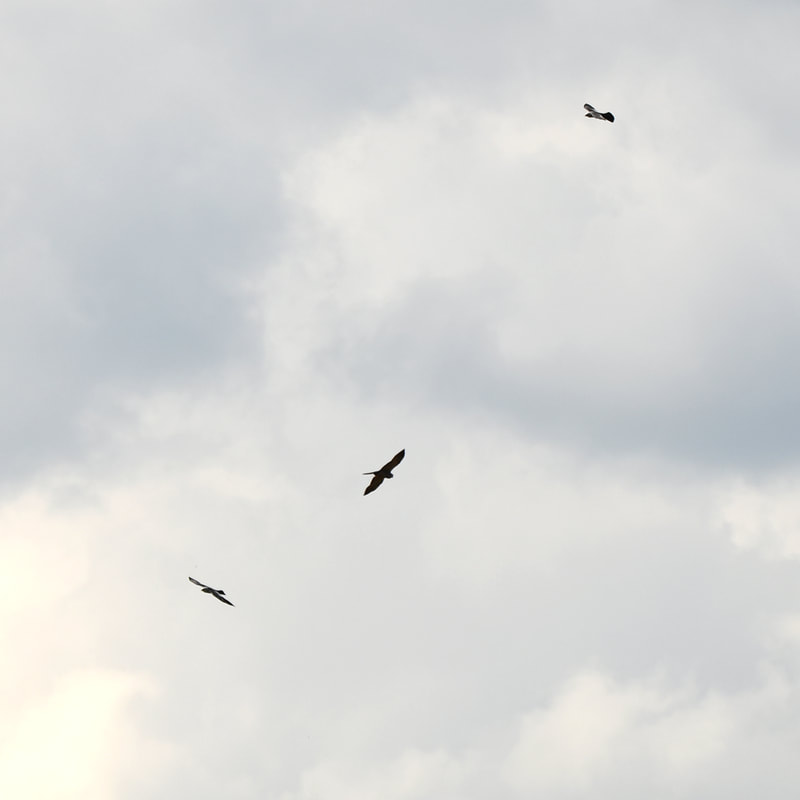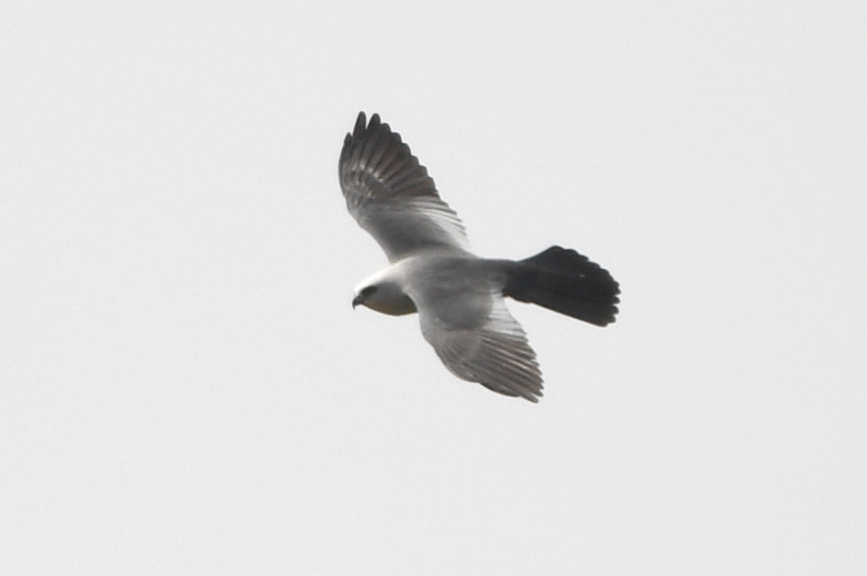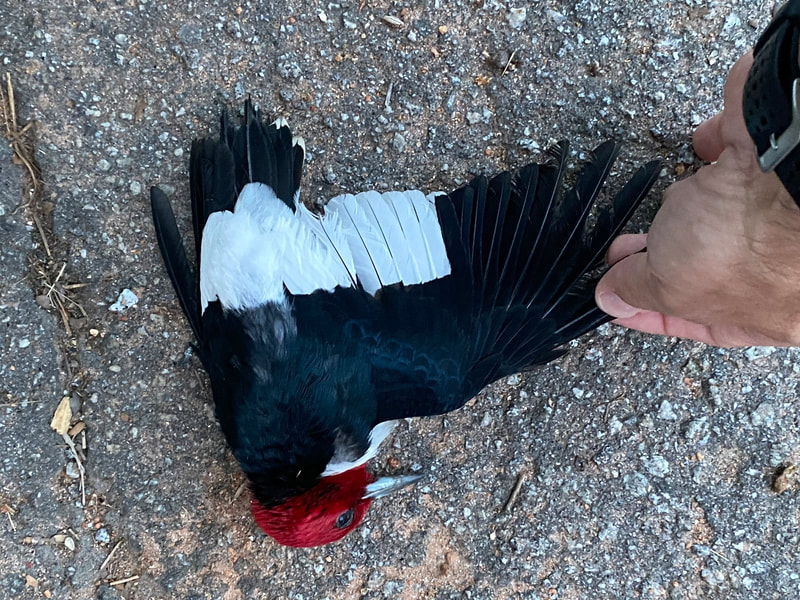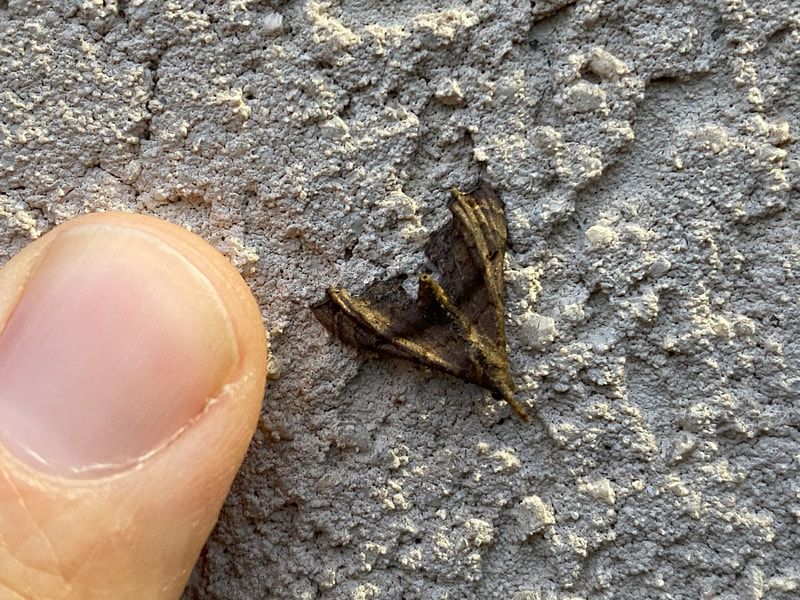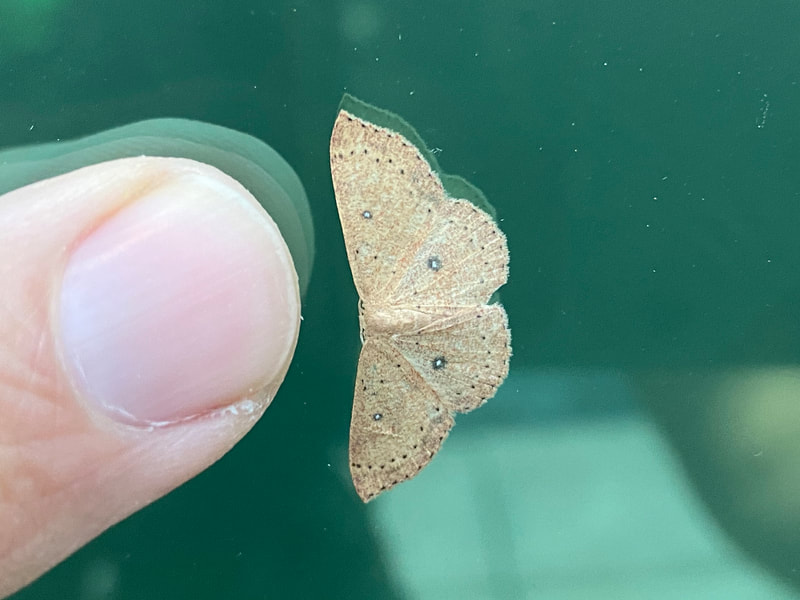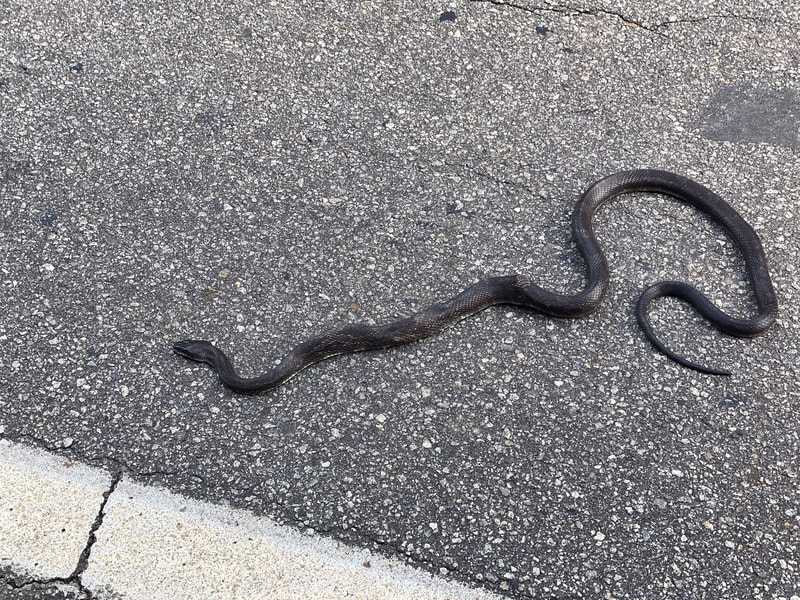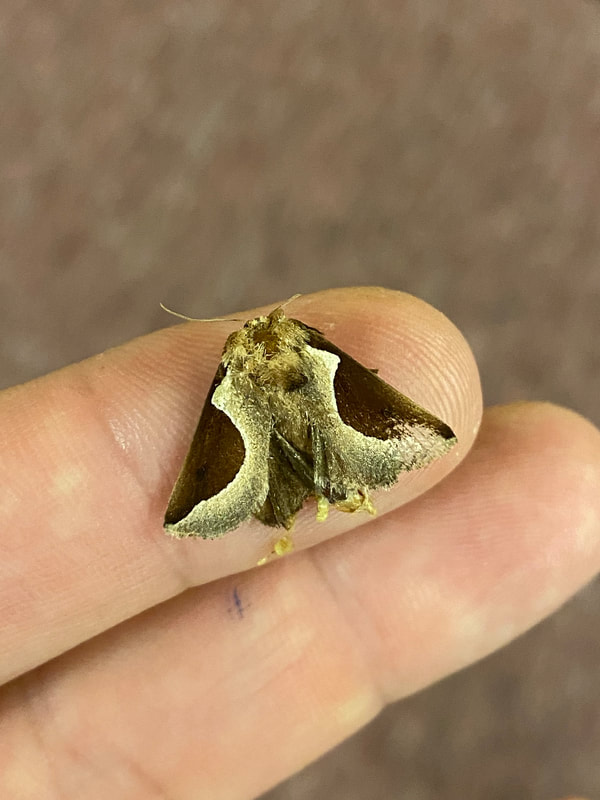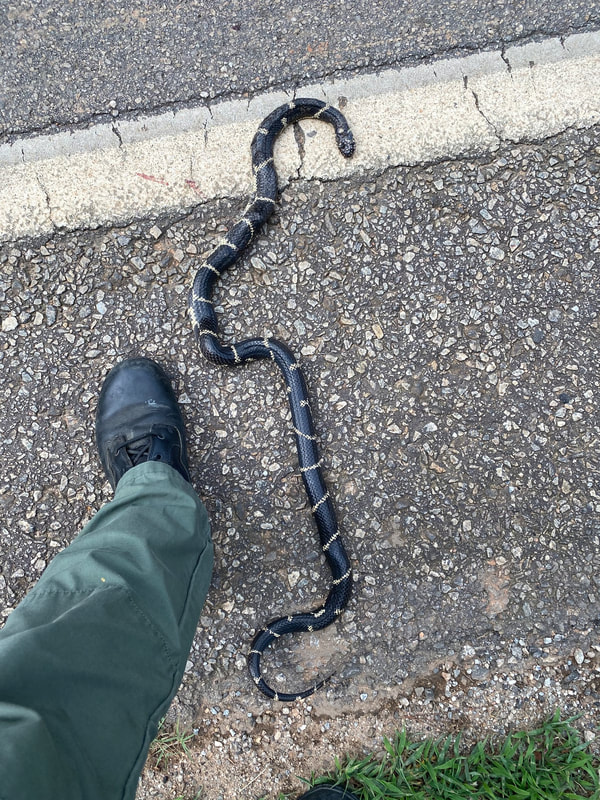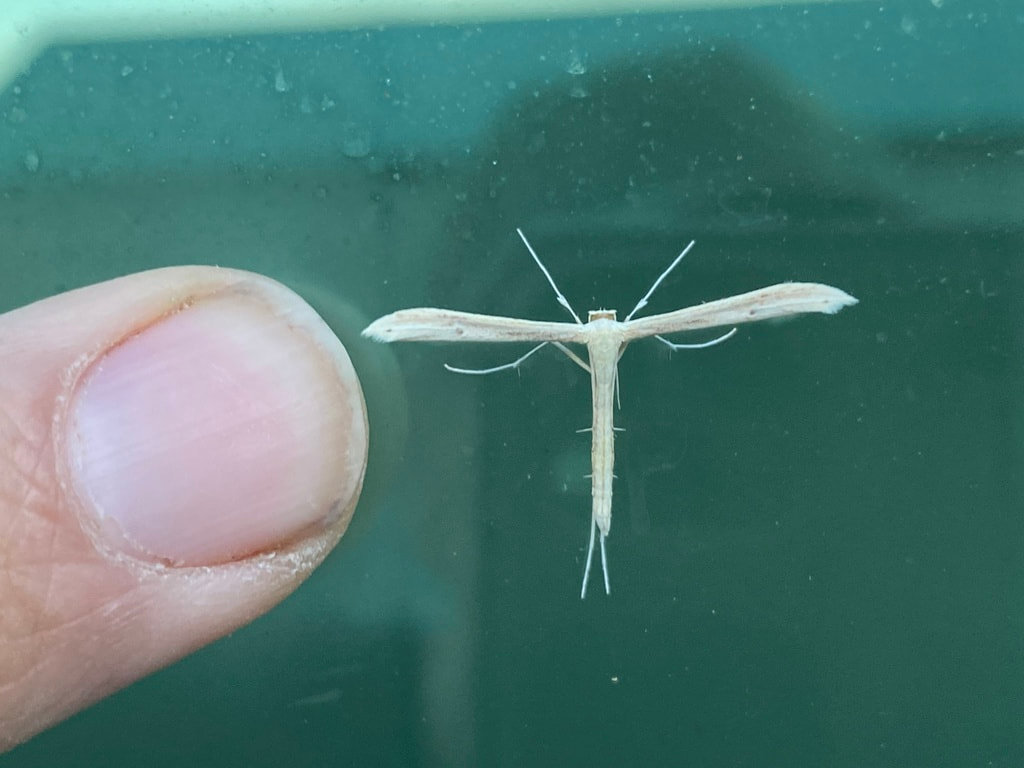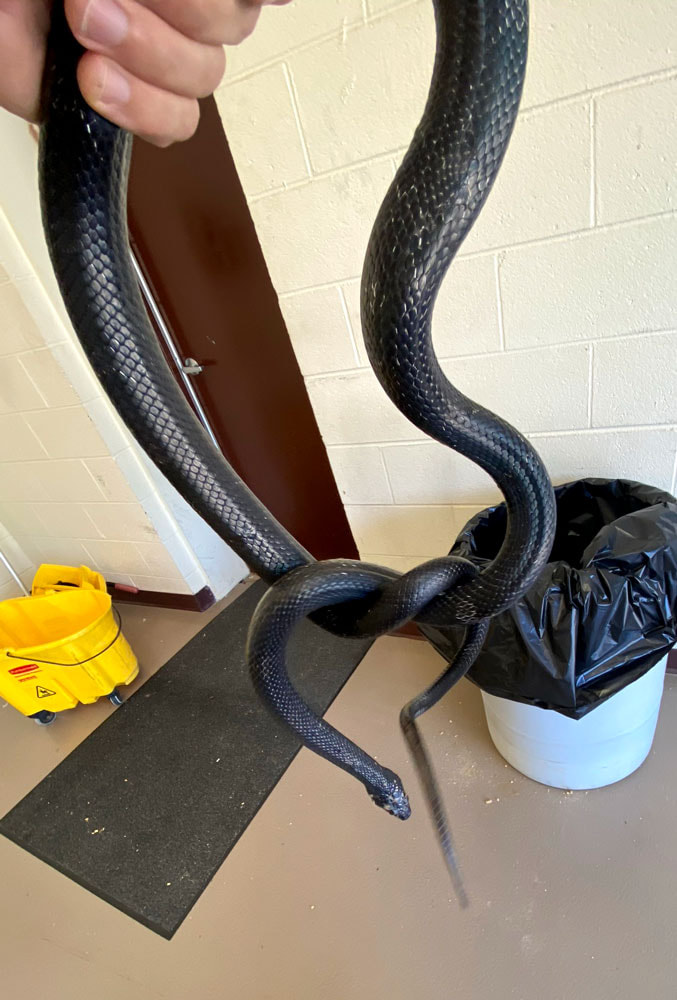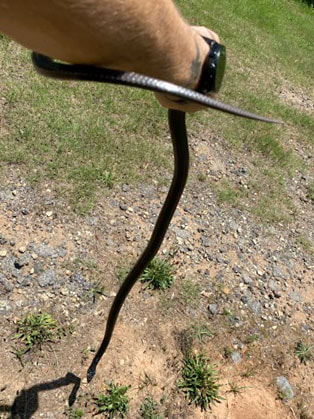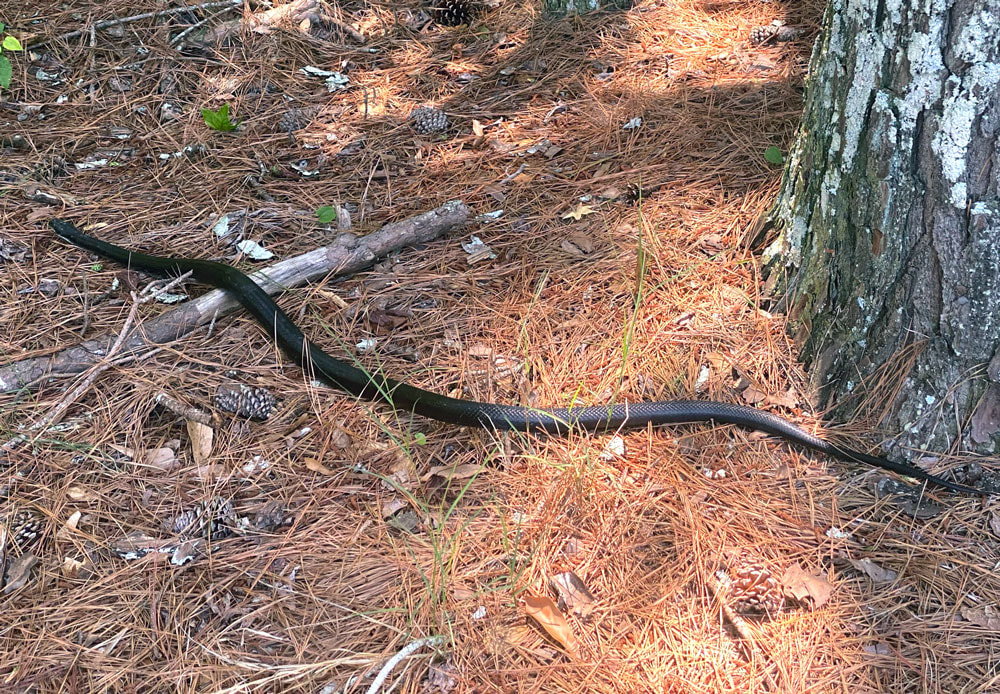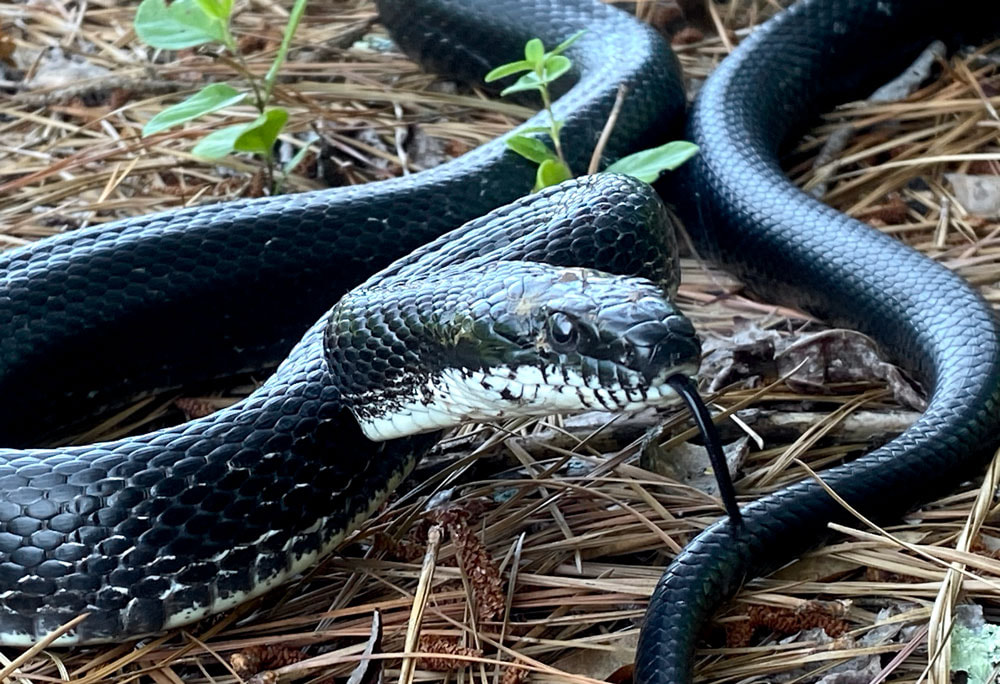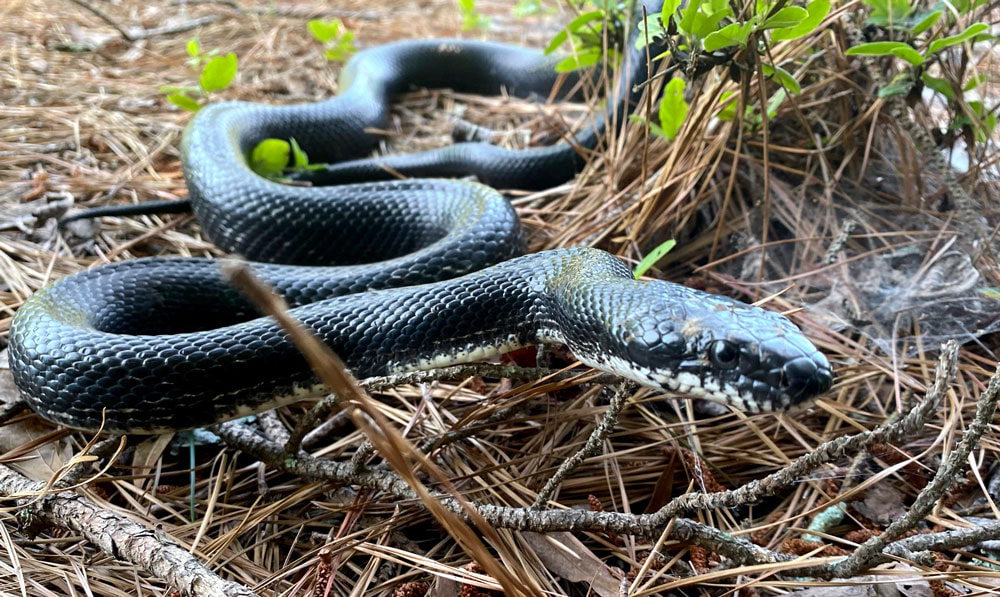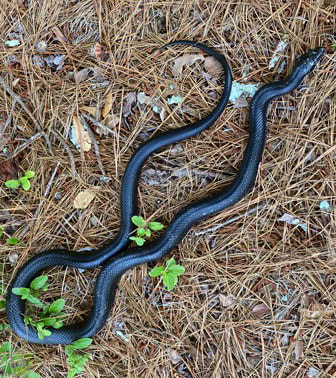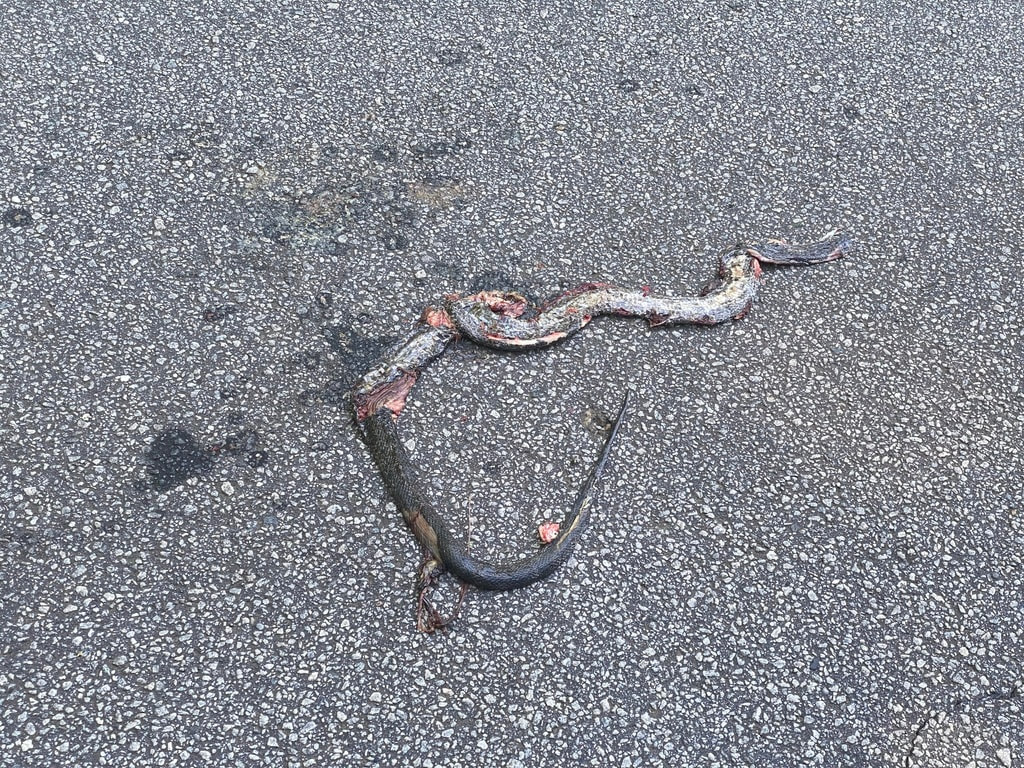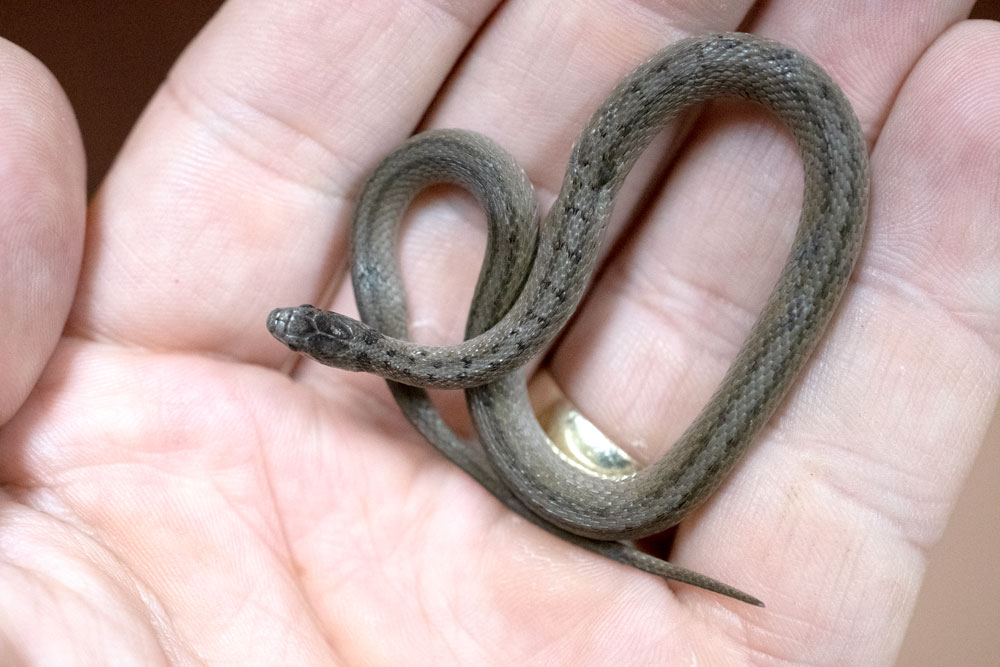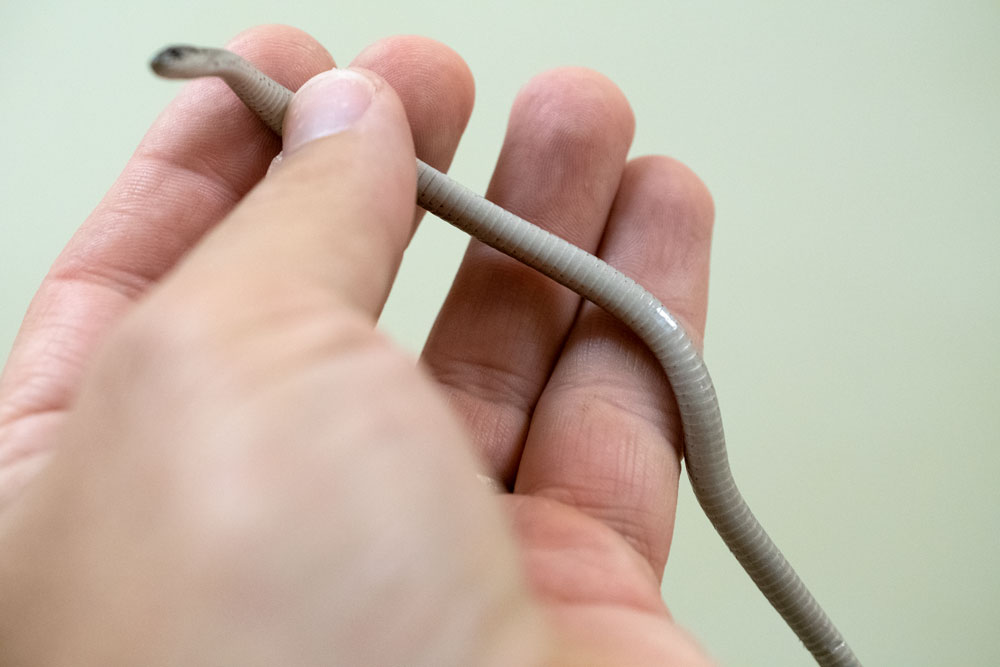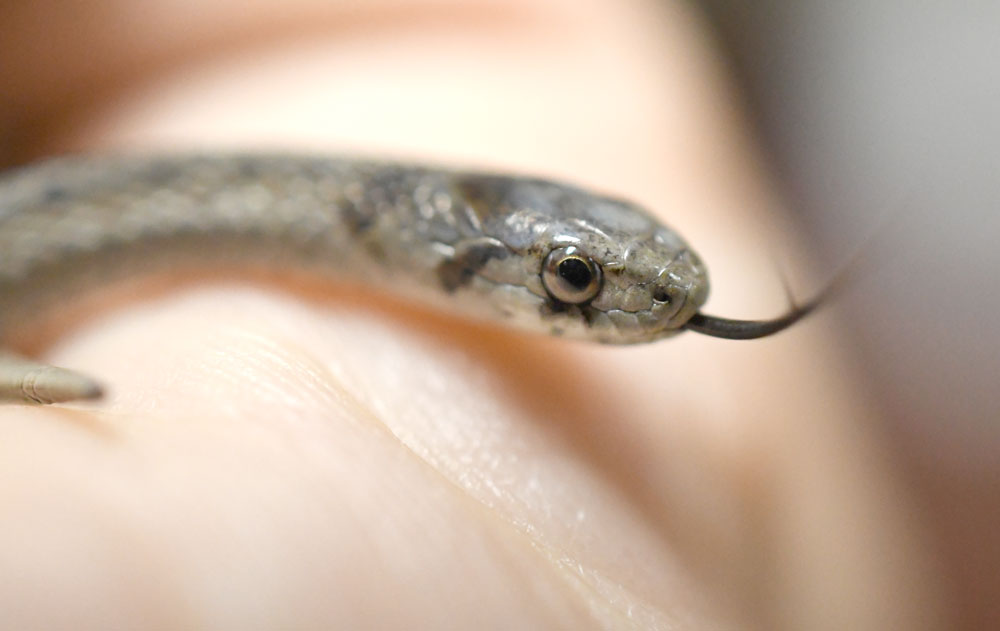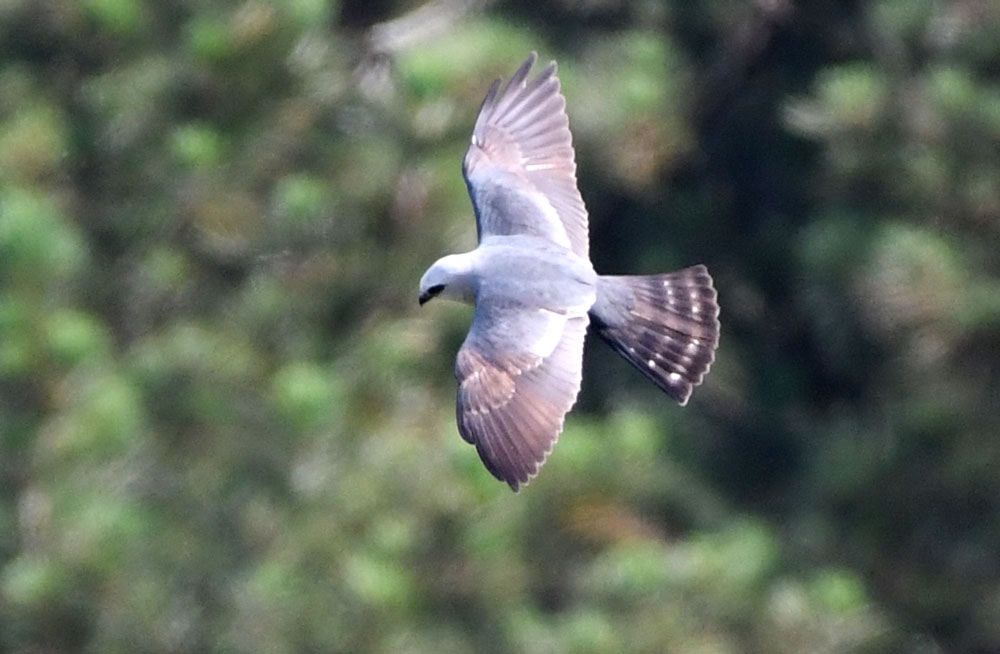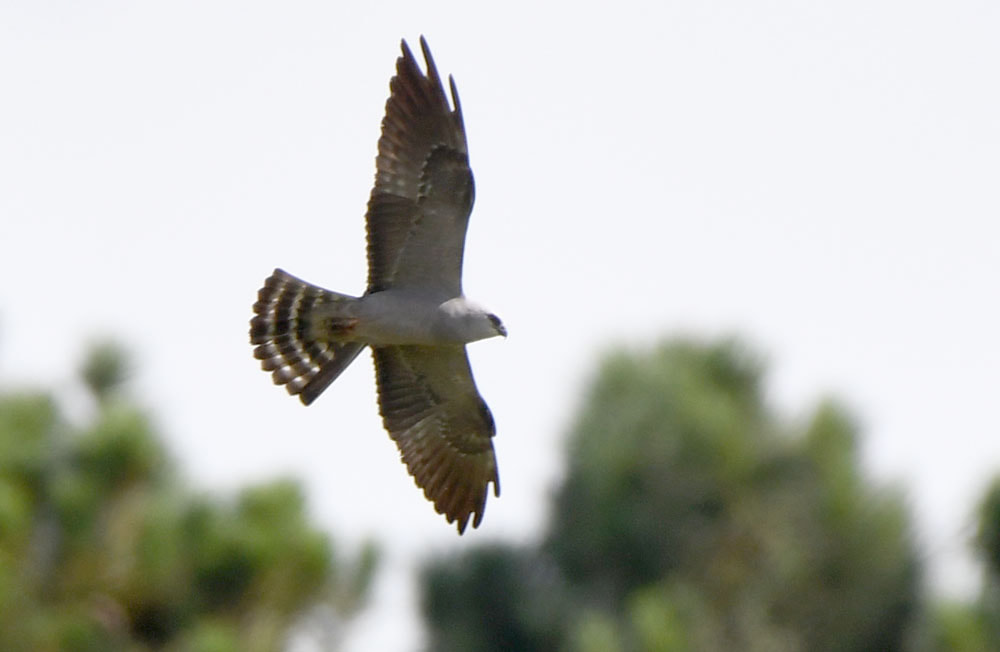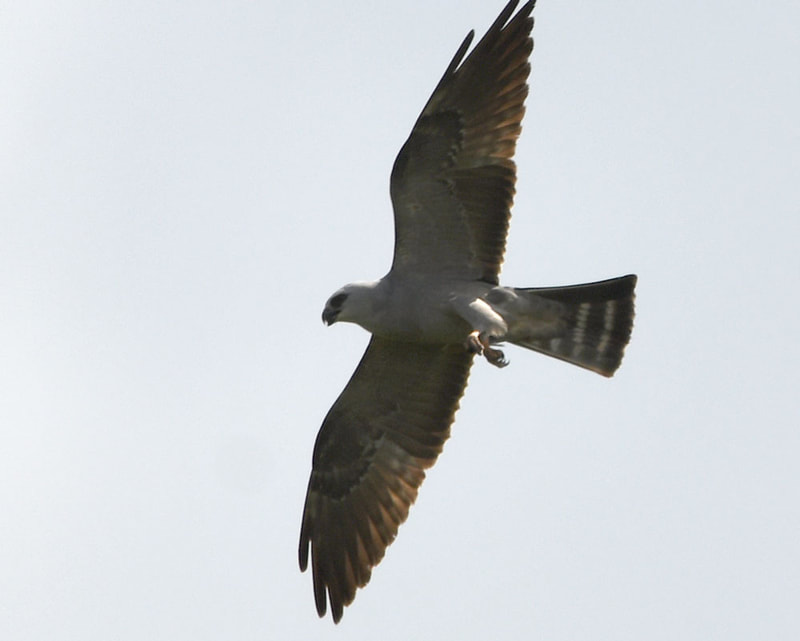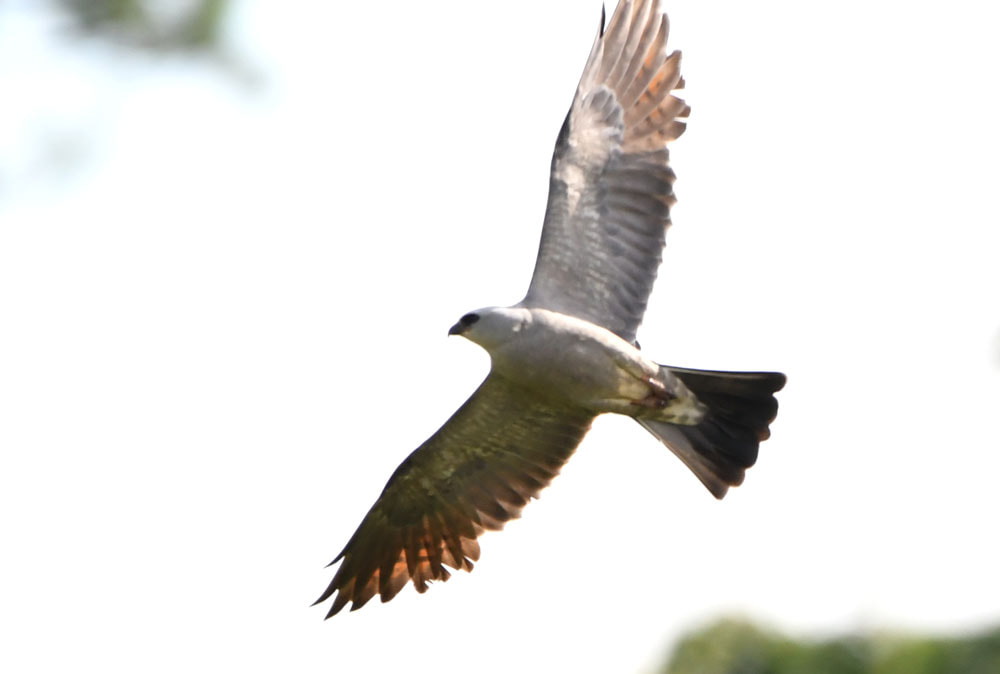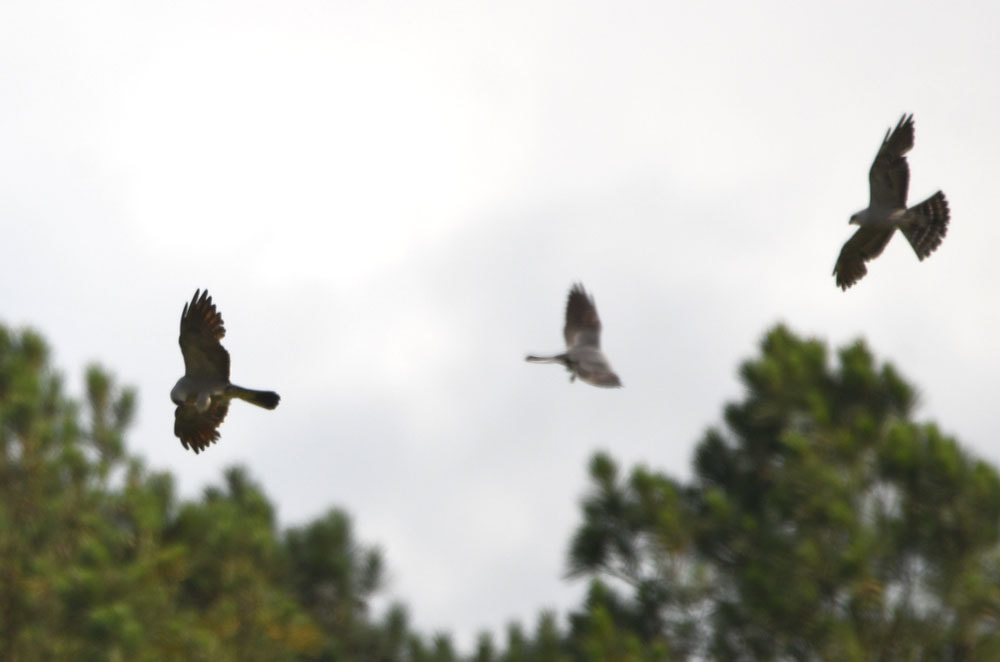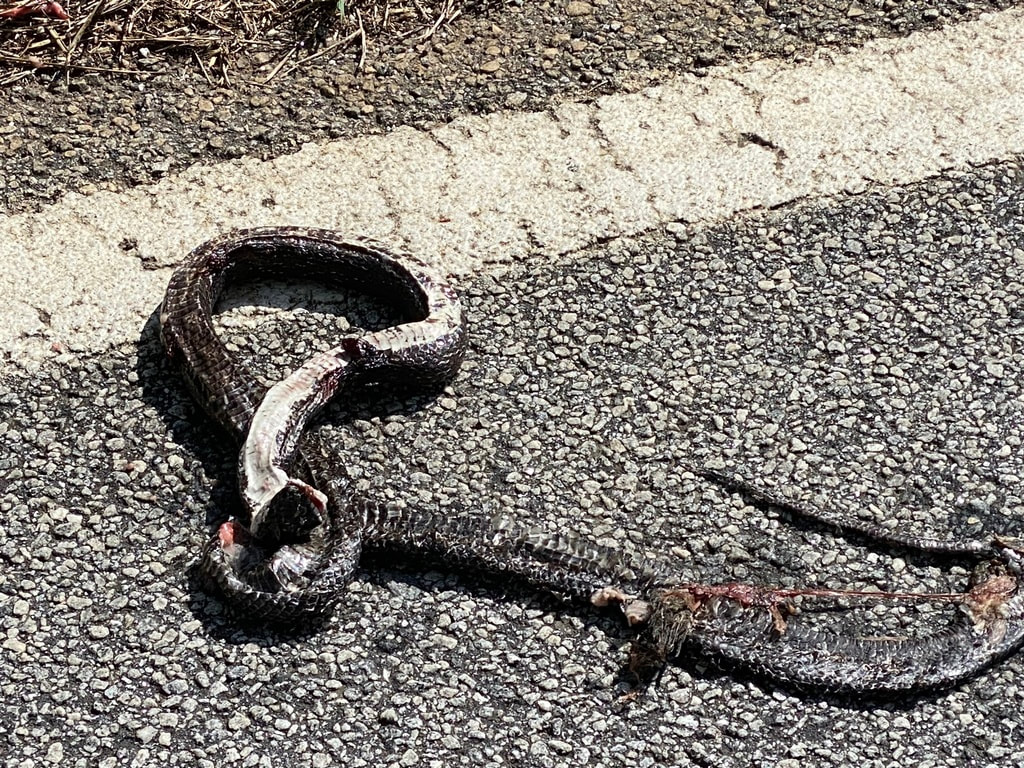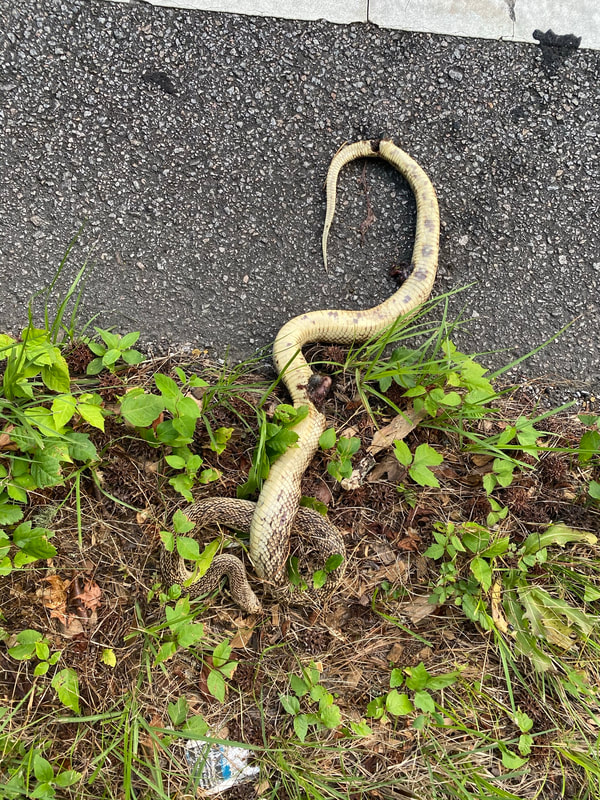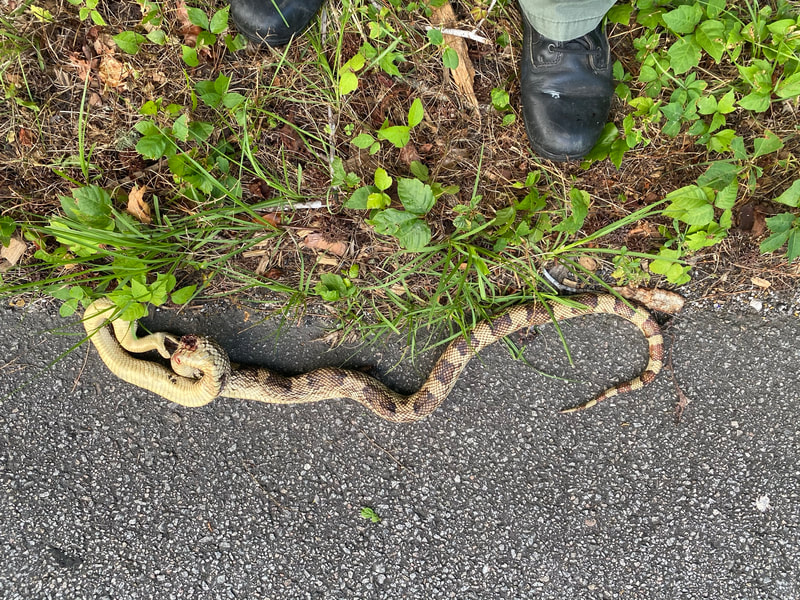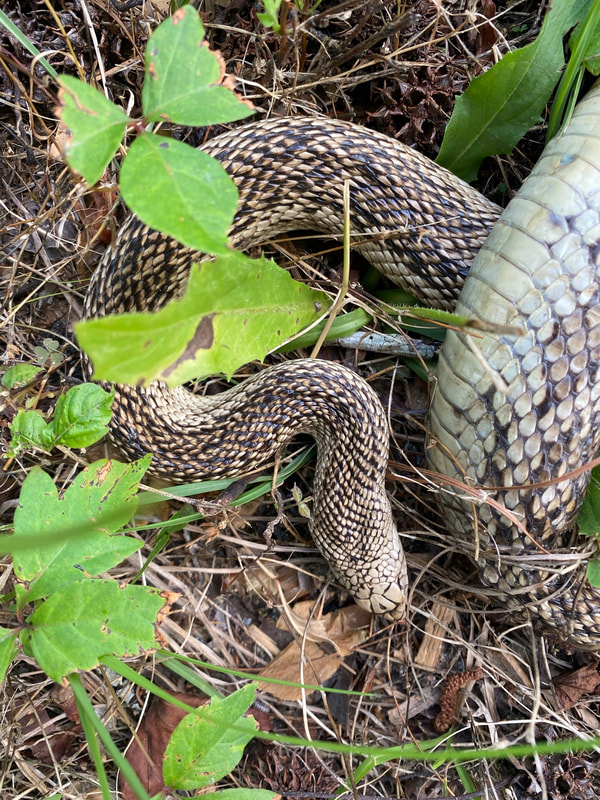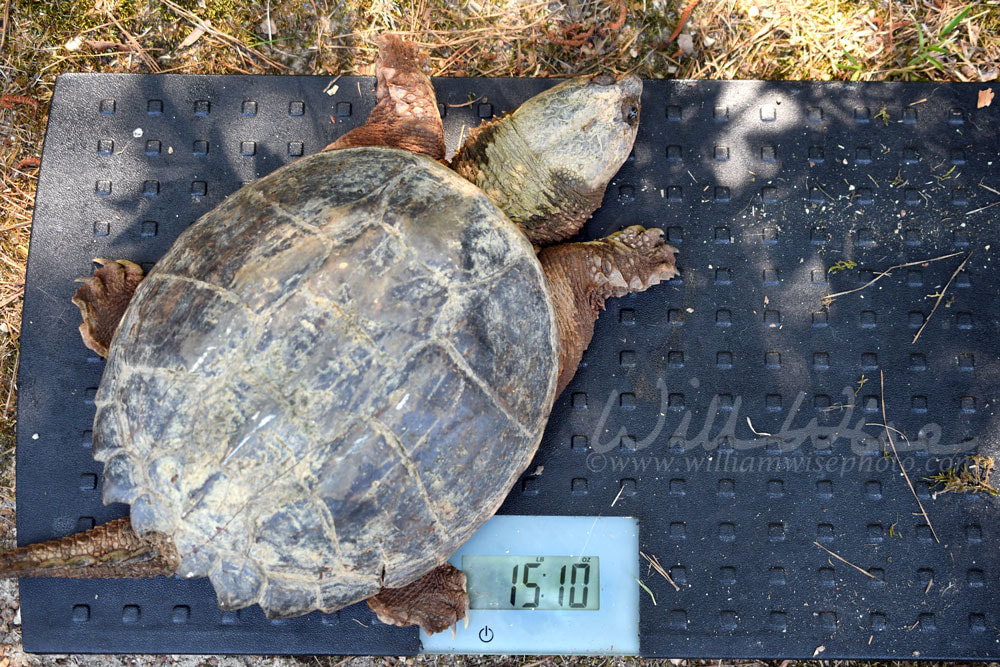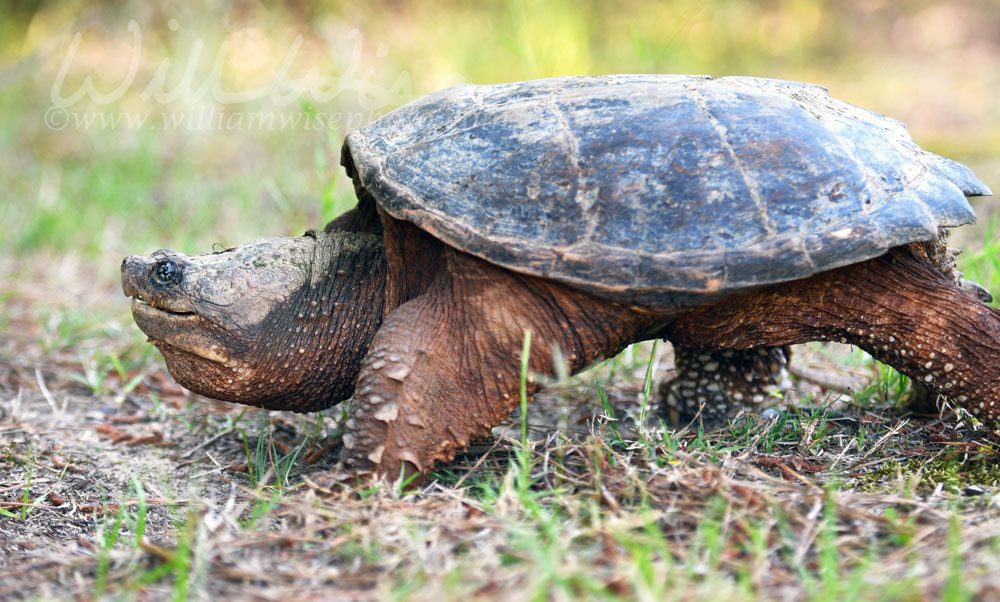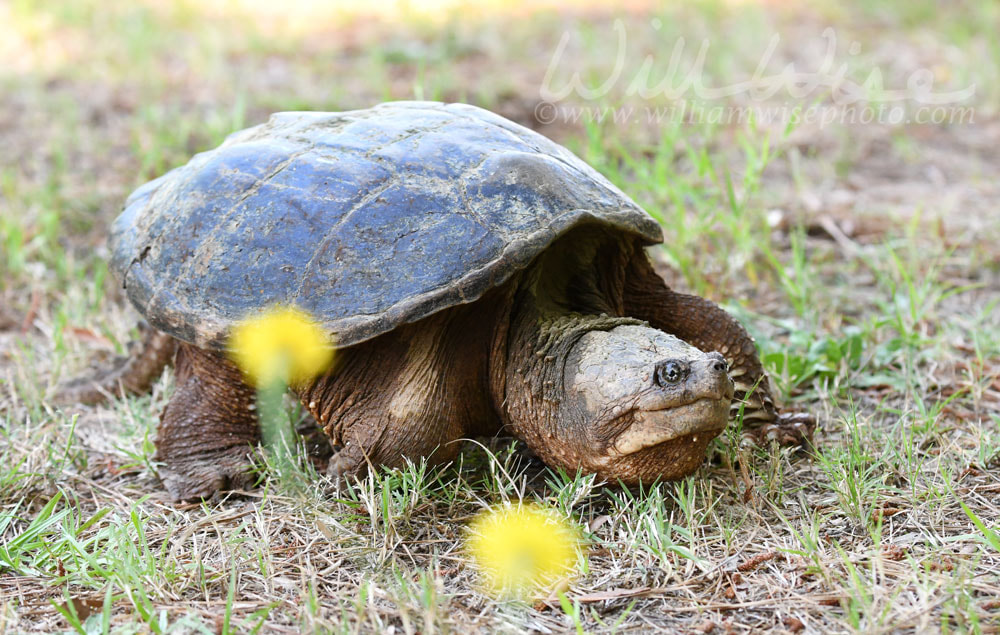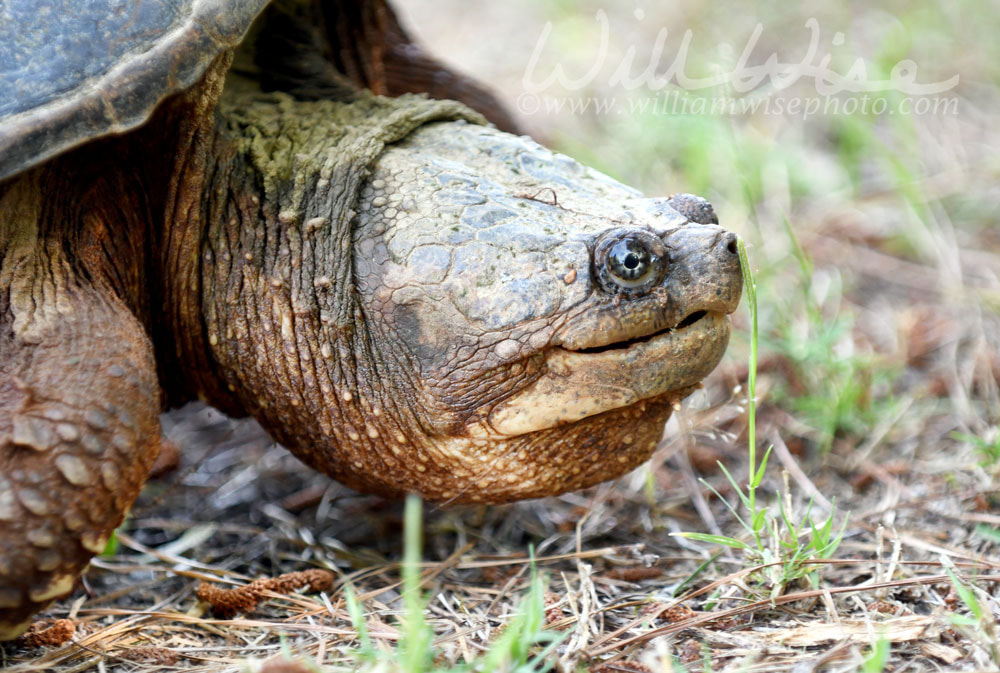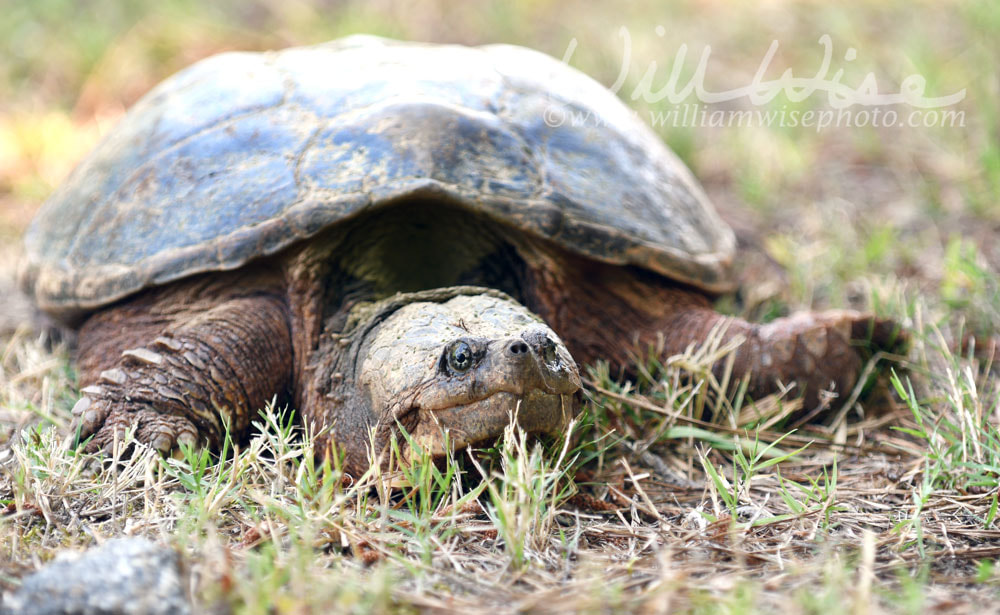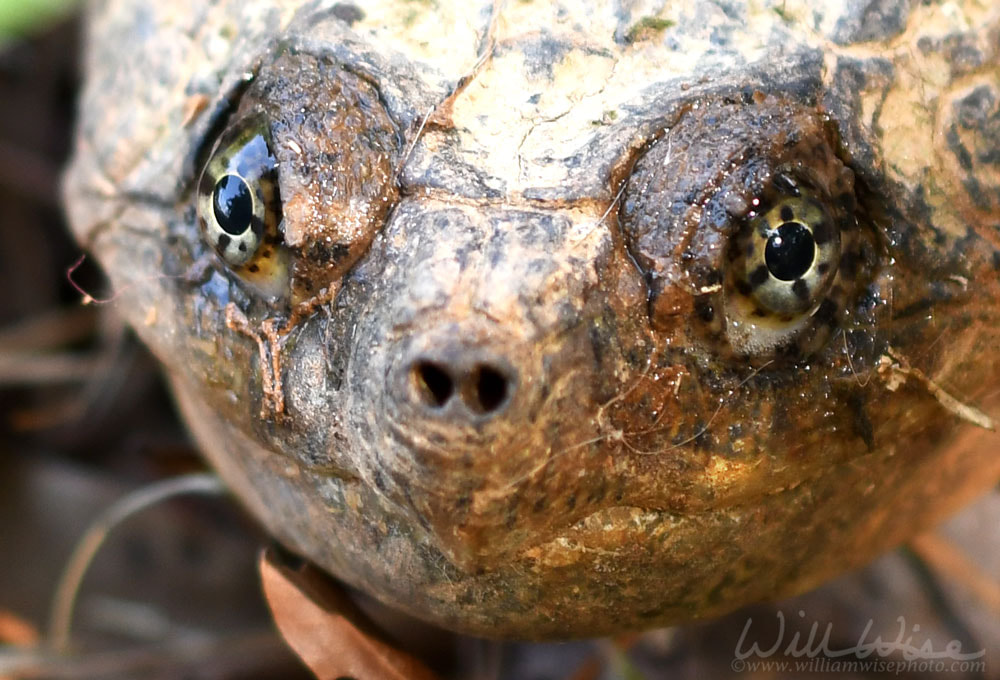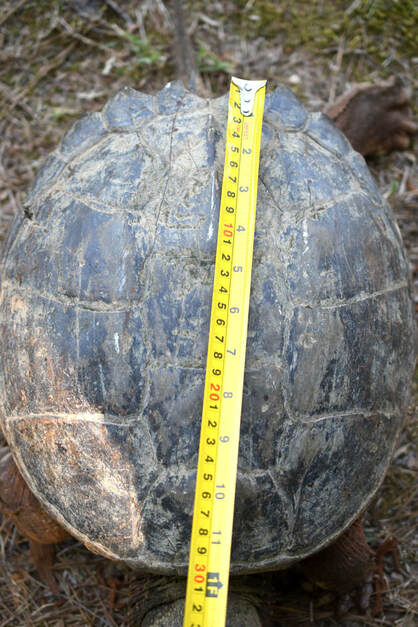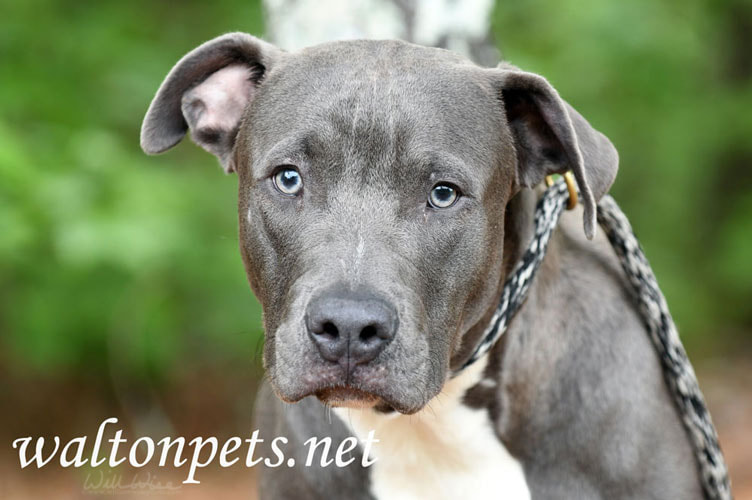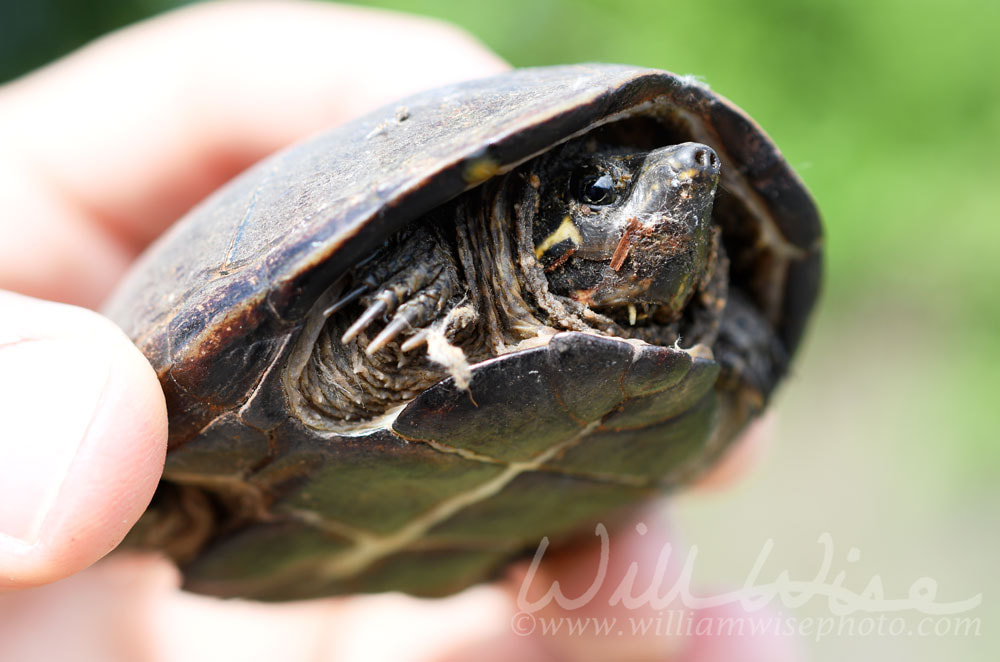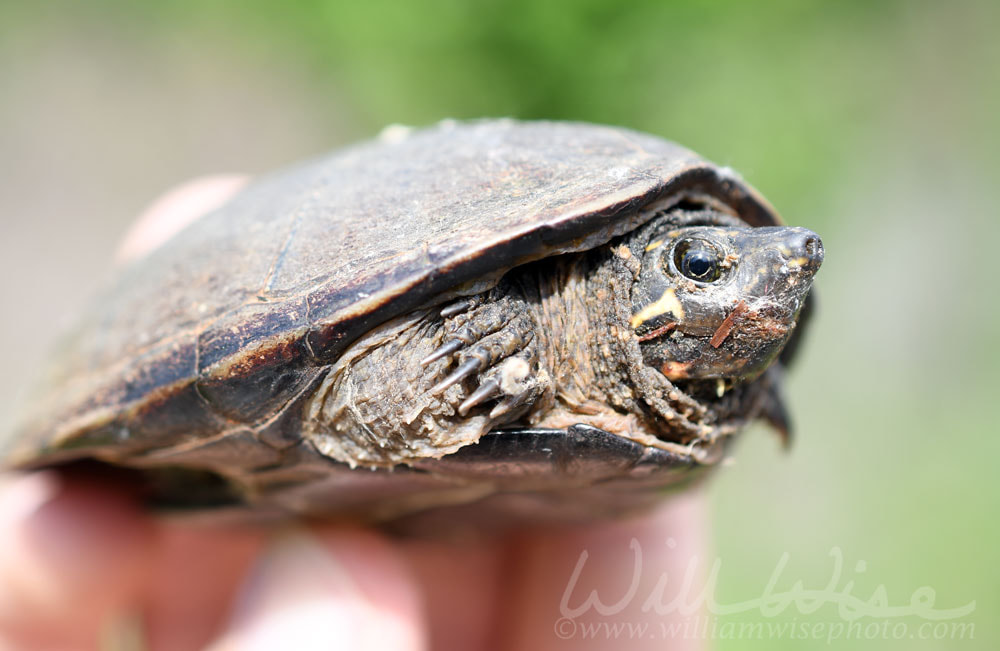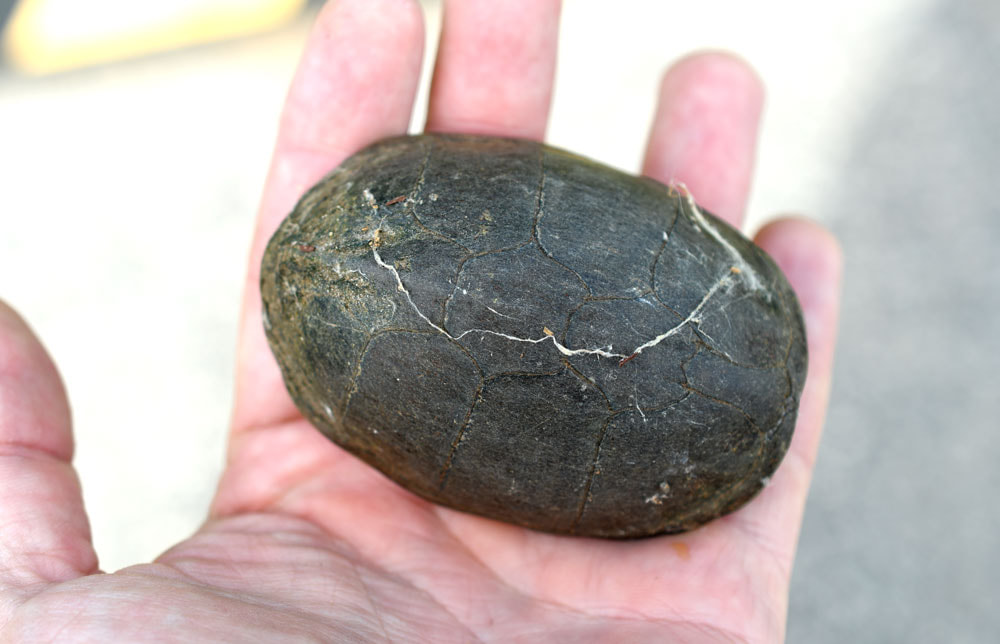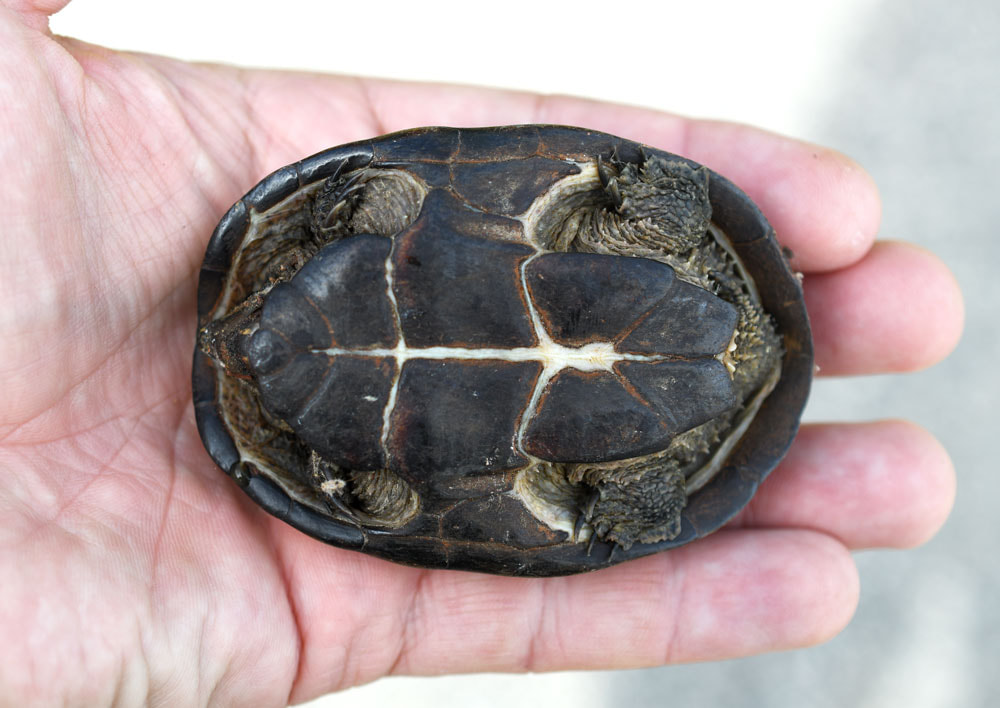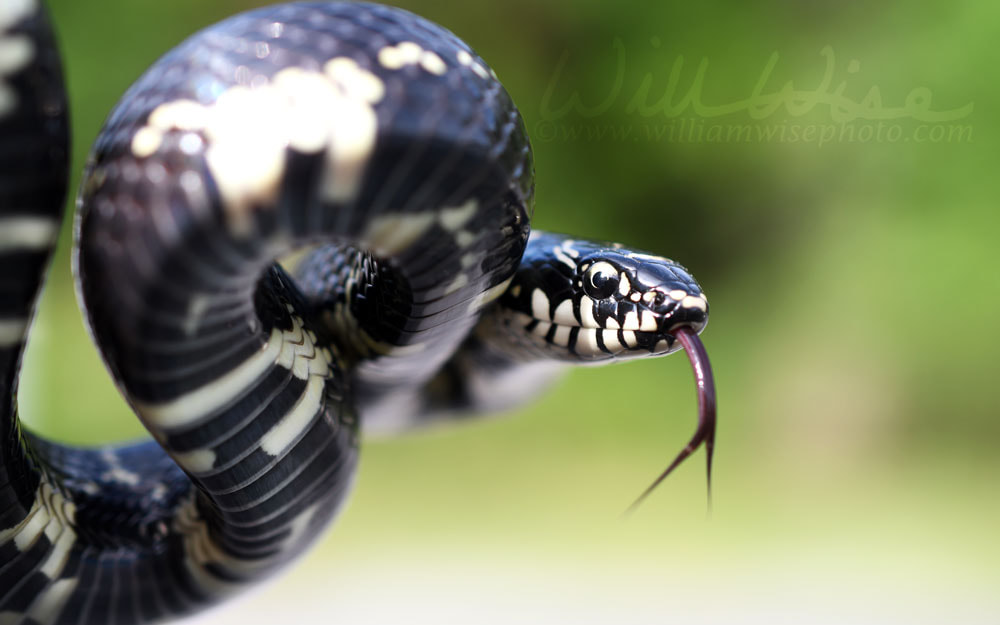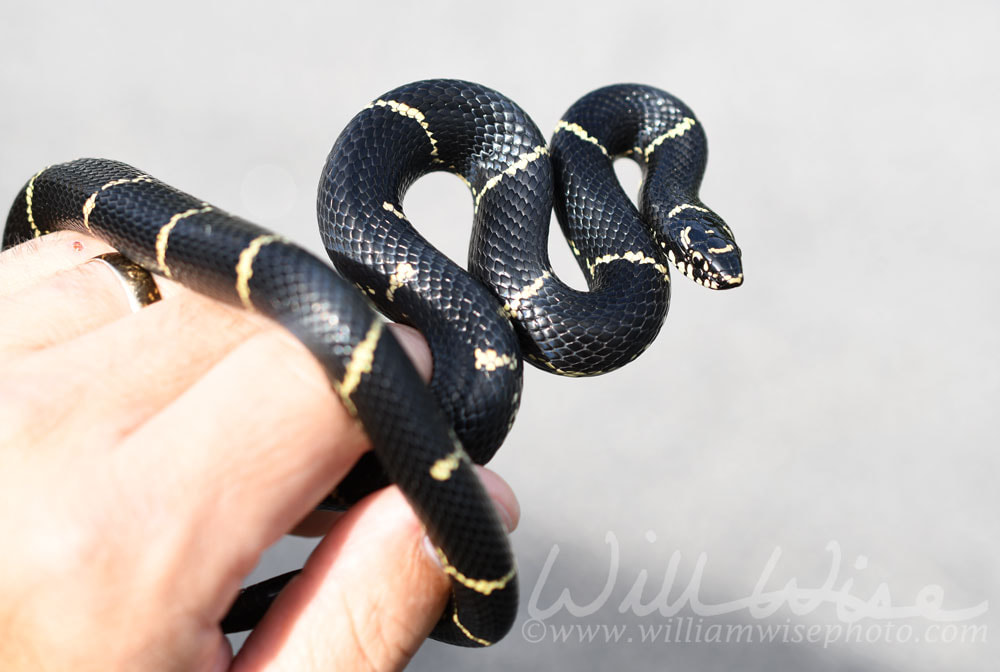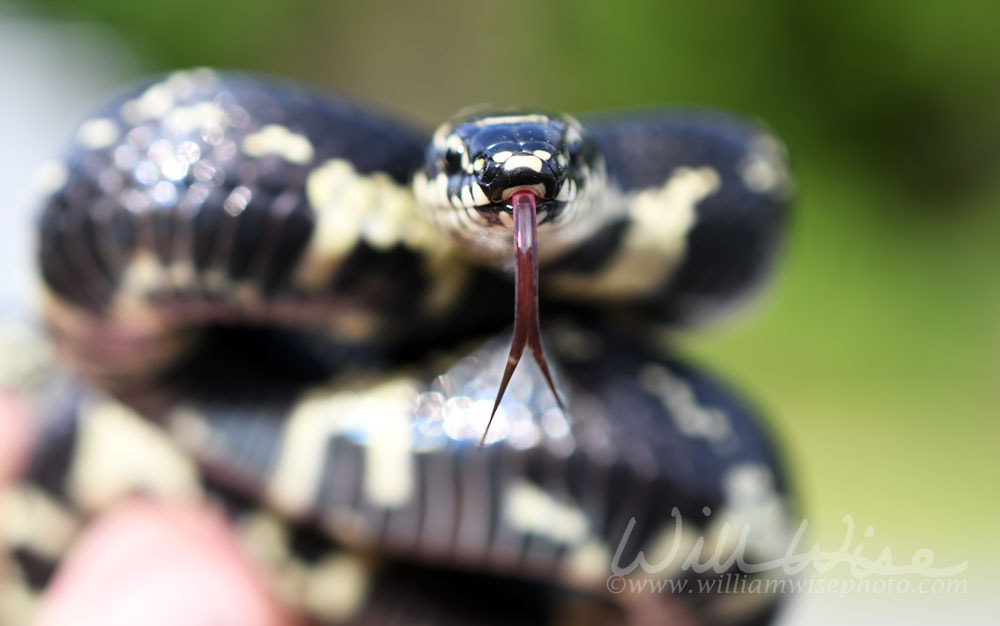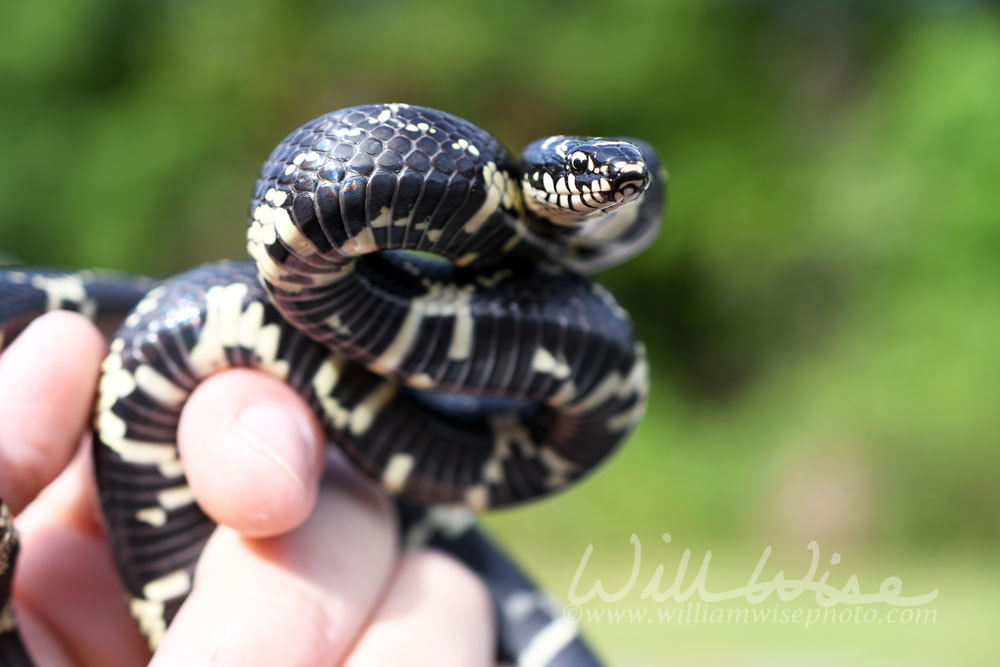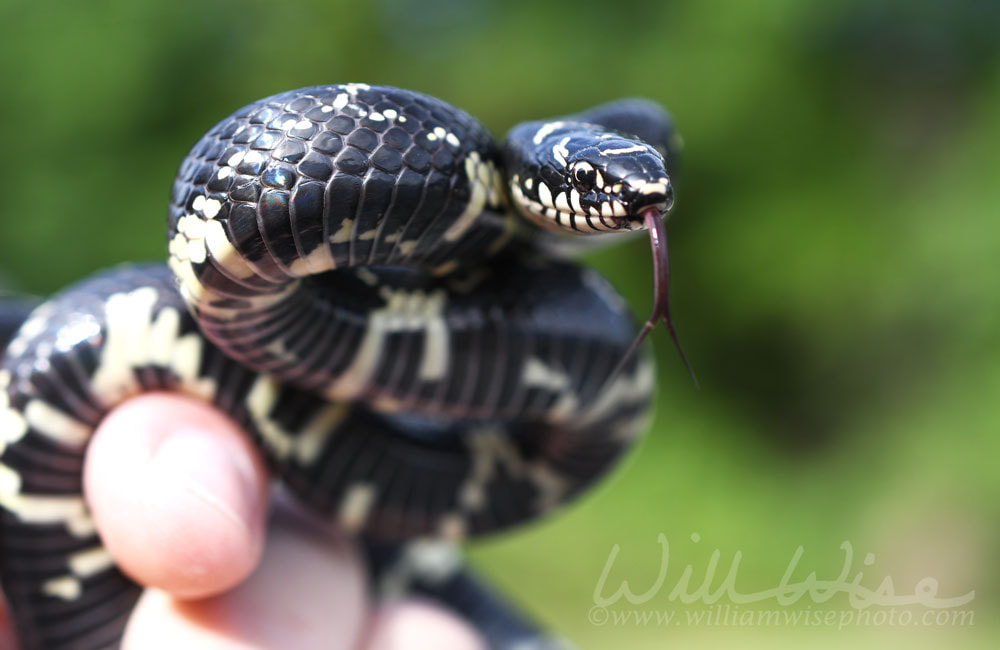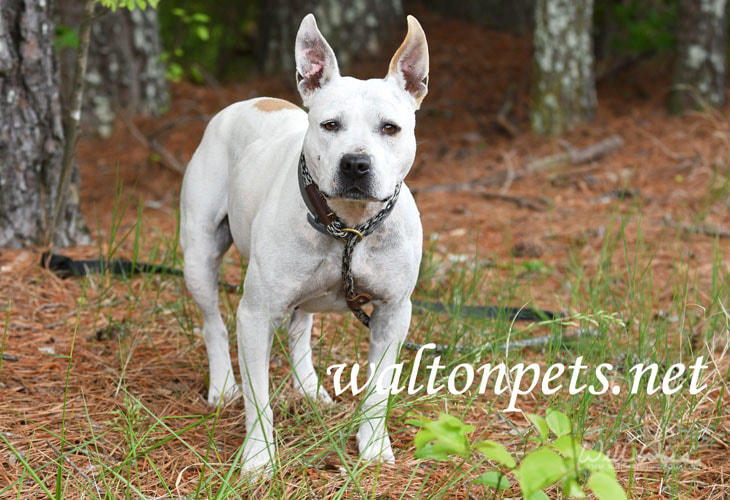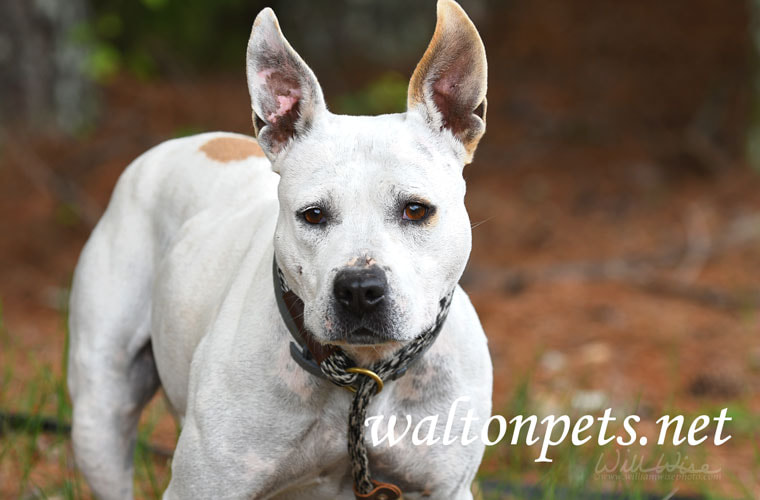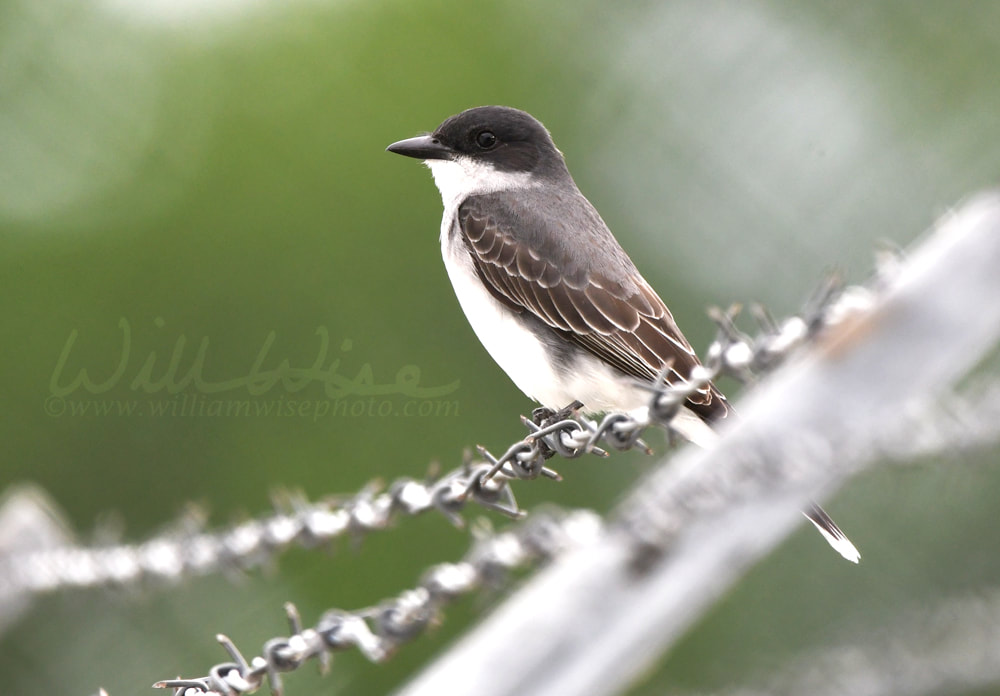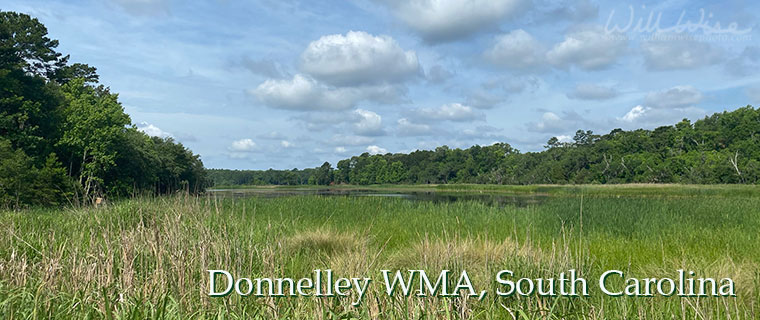 William Wise Photo Nature Notes is a wildlife, birding and nature photography blog documenting the beauty, design and wonder of God’s creation. -- "What a wildly wonderful world, God! You made it all, with Wisdom at Your side, made earth overflow with your wonderful creations." Psalms 104 The Message I wanted a place to get away for a day. It had to be within four hours, have alligators, and have plenty of trails to fill an entire day. Donnelley Wildlife Management Area in Colleton County, South Carolina fit the bill. Following observations on iNaturalist, I pinpointed Donnelley WMA as an alligator hotspot. I messaged a couple of iNat users that frequent the area and got some great tips. Although it is primarily managed for hunting, it was a great habitat for non-game species as well. I woke up at 4:30 AM and was within the WMA by 8:30. I first drove the loop, stopping in a few locations to photograph a couple of gators. I finally parked and got out on Blocker Run Road alongside two large bodies of water where most of the alligator activity takes place. I wasn’t disappointed. I spent several hours walking the berms between the old rice fields getting my fill of long-legged wading birds and American Alligators. Later in the afternoon I walked out to the Tupelo Swamp and circled the entire Boynton Trail. The intermittent clouds blocked the sun, but the low country humidity made my feet stumble by late afternoon. I left Donnelley around 4 PM, just before the thunderstorms rolled in. It was a beautiful place with a variety of habitats, and I’m sure to return! Donnelley Wildlife Management Area; Colleton, South Carolina, USA.
0 Comments
 William Wise Photo Nature Notes is a wildlife, birding and nature photography blog documenting the beauty, design and wonder of God’s creation. -- "What a wildly wonderful world, God! You made it all, with Wisdom at Your side, made earth overflow with your wonderful creations." Psalms 104 The Message As soon as I exited my car at the Donnelley Wildlife Management Area in South Carolina, I knew it was going to be a good day! The morning was still calm and peaceful. But I as walked closer to the water, a large splash broke the glass surface of the marsh. A large American Alligator came up out of the water crunching a blue crap in its jaws! As I continued to hike the next six hours, the website was completely accurate in stating that the WMA hosts hundreds of gators. Over the course of my wanderings, I photographed 112 individual alligators within Donnelley WMA. It was a great day for gator photography! Donnelley Wildlife Management Area; Colleton, South Carolina, USA.  William Wise Photo Nature Notes is a wildlife, birding and nature photography blog documenting the beauty, design and wonder of God’s creation. -- "What a wildly wonderful world, God! You made it all, with Wisdom at Your side, made earth overflow with your wonderful creations." Psalms 104 The Message Even if you never actually laid eyes upon an alligator at Donnelley WMA (which is virtually impossible), their evidence was all throughout the habitat. From tail drags and footprints in the mud, to multiple piles of clay-like droppings, the signs of crocodilians was everywhere! Donnelley Wildlife Management Area; Colleton, South Carolina, USA.  William Wise Photo Nature Notes is a wildlife, birding and nature photography blog documenting the beauty, design and wonder of God’s creation. -- "What a wildly wonderful world, God! You made it all, with Wisdom at Your side, made earth overflow with your wonderful creations." Psalms 104 The Message Donnelley Wildlife Management Area; Colleton, South Carolina, USA.  William Wise Photo Nature Notes is a wildlife, birding and nature photography blog documenting the beauty, design and wonder of God’s creation. -- "What a wildly wonderful world, God! You made it all, with Wisdom at Your side, made earth overflow with your wonderful creations." Psalms 104 The Message 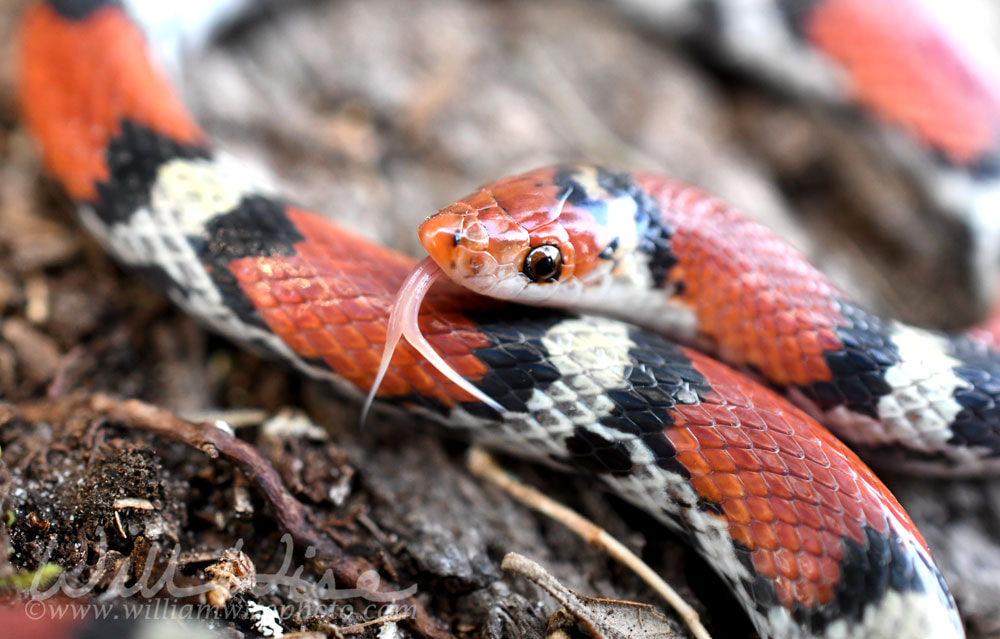 Close up portrait of Scarlet Snake, Cemophora coccinea. Red, black and yellow bands sometimes mistaken for venomous Coral Snake. Donnelley Wildlife Management Area, Colleton, South Carolina, USA. Part of the ACE Basin refuges supported by Ducks Unlimited, The Nature Conservancy and the US Fish and Wildlife Service. The sun was climbing higher and brighter. The humidity and warm, stifling air was already bearing down on me, causing my feet to stumble through the thorns, briers and saw palmetto. I had been pushing through South Carolina low-country scrub for several hours already. I was thankful to escape the bush and come out onto a dirt road that cut through the Donnelley Wildlife Management Area. As I walked through this shady mixed forest of hardwood and pine, I didn’t feel like lifting my heavy lens to shoot any birds. I just walked with my head looking down toward the ground. And that’s when I spotted it…! 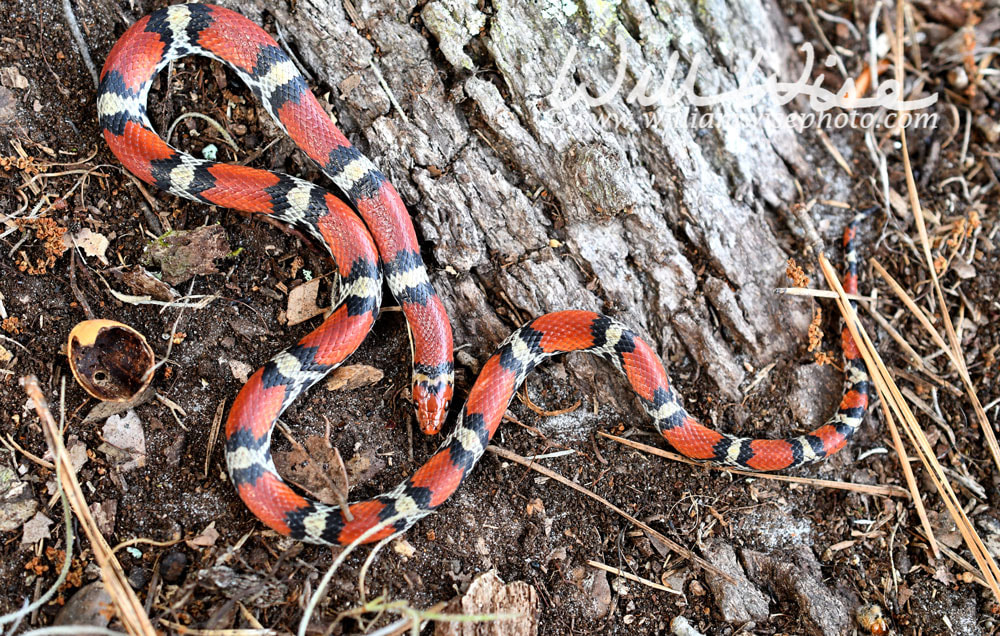 Scarlet Snake, Cemophora coccinea, coiled on the ground. Red, black and yellow bands sometimes mistaken for venomous Coral Snake. Donnelley Wildlife Management Area, Colleton, South Carolina, USA. Part of the ACE Basin refuges supported by Ducks Unlimited, The Nature Conservancy and the US Fish and Wildlife Service. A glint of color caught my eye amongst all the green vegetation lining the road. A snake! My normal reaction was to reach down and grab it. But the colors were red, black and yellow. I had to take a moment to calculate this one before grabbing. But I quickly recognized it as the harmless pattern of a non-venomous variety. I reached down and quickly grabbed this small Scarlet Snake. The thought that gave me pause was the possibility of the venomous Coral Snake. Also a beautiful snake of red, black and yellow… but with a deadly bite! I know there are rhymes to help remember the difference. “Red on yellow kill a fellow…” or is it, “Red on black…” or… I just remember that if the black separates the colors, you’re okay. 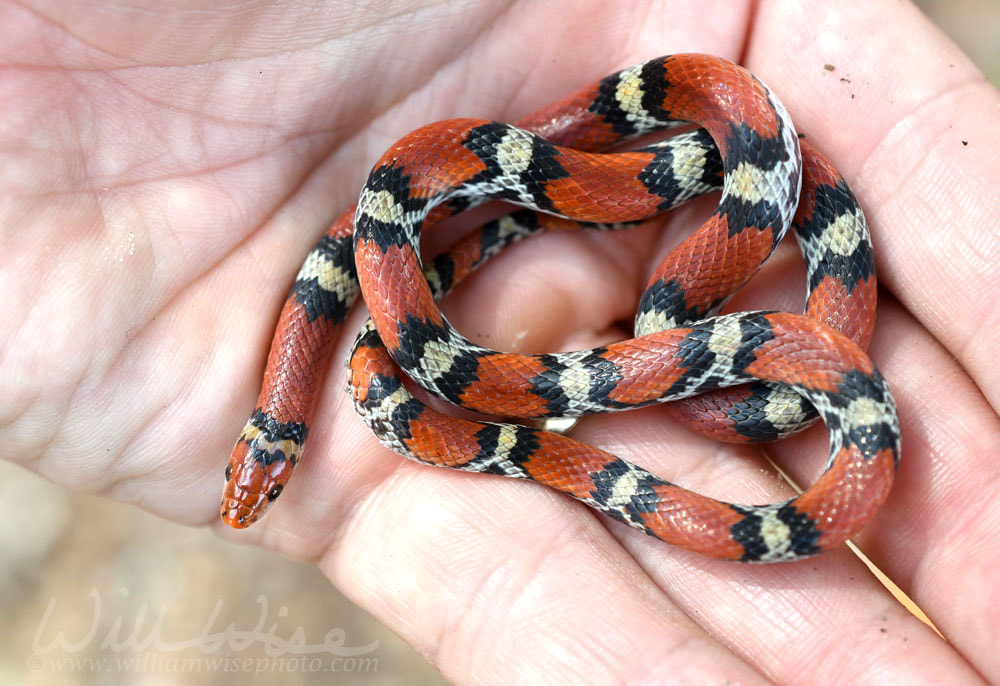 Scarlet Snake, Cemophora coccinea, coiled on the ground. Red, black and yellow bands sometimes mistaken for venomous Coral Snake. Donnelley Wildlife Management Area, Colleton, South Carolina, USA. Part of the ACE Basin refuges supported by Ducks Unlimited, The Nature Conservancy and the US Fish and Wildlife Service. 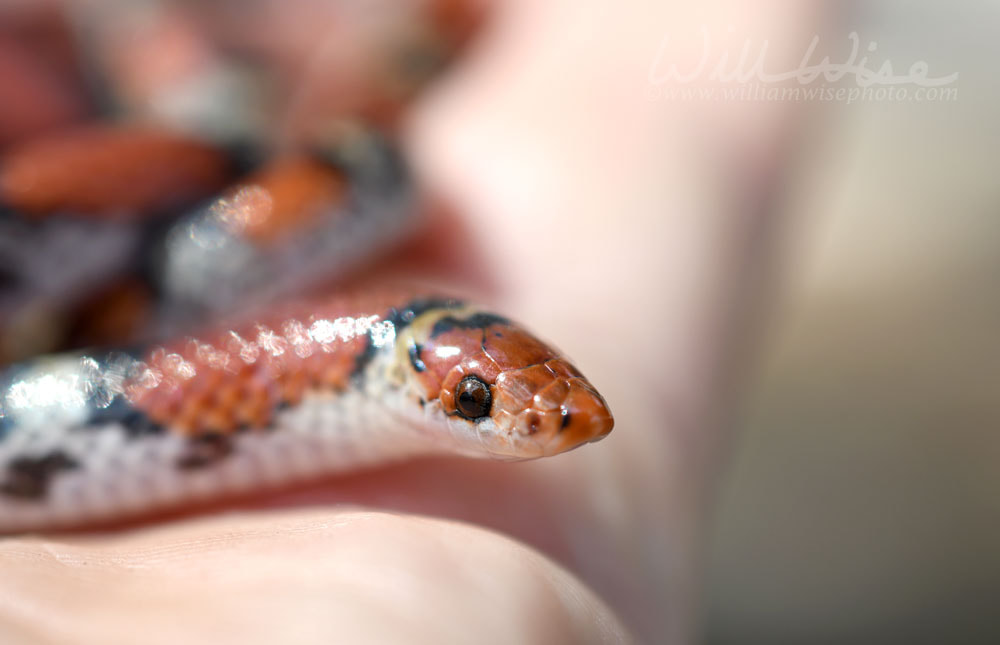 Close up portrait of Scarlet Snake, Cemophora coccinea. Red, black and yellow bands sometimes mistaken for venomous Coral Snake. Donnelley Wildlife Management Area, Colleton, South Carolina, USA. Part of the ACE Basin refuges supported by Ducks Unlimited, The Nature Conservancy and the US Fish and Wildlife Service. This cute little snake was quite docile and calmly sat in my hand as I switched from my 600mm lens to a macro lens. A beautiful find! The first I’ve found in my thirty years of herping (snake hunting). Donnelley Wildlife Management Area; Colleton, South Carolina, USA.  William Wise Photo Nature Notes is a wildlife, birding and nature photography blog documenting the beauty, design and wonder of God’s creation. -- "What a wildly wonderful world, God! You made it all, with Wisdom at Your side, made earth overflow with your wonderful creations." Psalms 104 The Message Eastern Black Ratsnake pulled from inside a kitchen on an animal control call in Loganville, Walton County, Georgia. Walton County, Georgia.  William Wise Photo Nature Notes is a wildlife, birding and nature photography blog documenting the beauty, design and wonder of God’s creation. -- "What a wildly wonderful world, God! You made it all, with Wisdom at Your side, made earth overflow with your wonderful creations." Psalms 104 The Message Some iNaturalist and eBird observations made throughout the month of June, 2021 in Walton and Clarke Counties, Georgia.
 William Wise Photo Nature Notes is a wildlife, birding and nature photography blog documenting the beauty, design and wonder of God’s creation. -- "What a wildly wonderful world, God! You made it all, with Wisdom at Your side, made earth overflow with your wonderful creations." Psalms 104 The Message Somehow this beast got into a fenced yard and was giving a couple of dogs a run for their money! The homeowner called animal control and our agency went to remove him. His aggression was as big as his shell (carapace), which measured a full twelve inches. Being one of the biggest Snapping Turtles I've seen in a while, I had to get a weight. The puppy scale from the shelter showed it was nearly sixteen pounds!  Rescue Furtography Blog is an animal shelter pet photography blog of dogs and cats photography for adoption at the animal control shelter. Every summer, "kitten season" begins in the animal shelters. Each week, kitten after kitten is surrendered to the shelter and it can be tough to get them all turned over into new homes. Because of the volume of cats, photos have to be quick... but good enough to attract adopters.
"Inky" was a single kitty surrendered on May 18, 2021. His beautiful blue eyes really stood out against his fluffy orange fur. His adorable cuteness really made it easy to get great photo! He was adopted two days later.  Rescue Furtography Blog is an animal shelter pet photography blog of dogs and cats photography for adoption at the animal control shelter. "Trevor" was a sweet and shy young dog picked up stray 5/17/21. He was a quiet and calm boy when housed in kennel. Once outside he really perked up - especially if there was another dog to play with! As of 5/20/21, his hold had expired and no owner came forward to claim him. Some adopters came to meet him and Trevor really hit it off with their dog. Trevor made it into a great home!
 Waltonpets Furtography Blog is an animal shelter pet photography blog of dog photography and cat photography at the Walton County Animal Control Shelter in Monroe, Georgia. Photos and blogs by William Wise of williamwisephoto.com and waltonpets.net. "Abe" was picked up stray by an animal control officer on May 11, 2021. He sat in the shelter a week and no owner came to claim him. He got is pet adoption photography session on May 18 and was finally adopted into a new home the next day!
 William Wise Photo Nature Notes is a wildlife, birding and nature photography blog documenting the beauty, design and wonder of God’s creation. -- "What a wildly wonderful world, God! You made it all, with Wisdom at Your side, made earth overflow with your wonderful creations." Psalms 104 The Message As I went outside to take some photos of an Eastern Kingsnake caught yesterday, I came across this Eastern Mud Turtle crawling near the animal shelter. I already had camera in hand, so it got a photo session before being moved off the parking lot into the stream. Walton County, Georgia  William Wise Photo Nature Notes is a wildlife, birding and nature photography blog documenting the beauty, design and wonder of God’s creation. -- "What a wildly wonderful world, God! You made it all, with Wisdom at Your side, made earth overflow with your wonderful creations." Psalms 104 The Message This young Eastern Kingsnake was removed by one of the animal control officers from a house on Baker Carter Drive in Loganville, Georgia the evening prior. She brought it back to the shelter knowing I'd love to get some photographs! Walton County, Georgia  Waltonpets Furtography Blog is an animal shelter pet photography blog of dog photography and cat photography at the Walton County Animal Control Shelter in Monroe, Georgia. Photos and blogs by William Wise of williamwisephoto.com and waltonpets.net. "Precious" was surrendered to the animal shelter on May 17, 2021. The owner said her daughter moved off and left Precious behind about a year ago and she could no longer take care of her. I did her glamour photos on May 17, 2021 and was adopted into a new home the next day!
 William Wise Photo Nature Notes is a wildlife, birding and nature photography blog documenting the beauty, design and wonder of God’s creation. -- "What a wildly wonderful world, God! You made it all, with Wisdom at Your side, made earth overflow with your wonderful creations." Psalms 104 The Message I love to see when the Eastern Kingbirds return to the pond behind the animal shelter for the summer. It is amazing how they are gone all winter, and then in one day, several return as if they had never left. Birding photography in Walton County, Georgia, USA |
Categories
All
Archives
September 2025
|
|
All content is ©williamwisephoto.com. Please don't steal images. My images are available at dreamstime.com. Stock sales go into the shelter photography program.
|
In December 1993 I came to know the Designer and Creator of this wonderful planet and its creatures: Jesus Christ.
|
Donations help support the animal shelter adoption photography equipment and adoption website hosting and domain fees. Thanks for your support!
|
